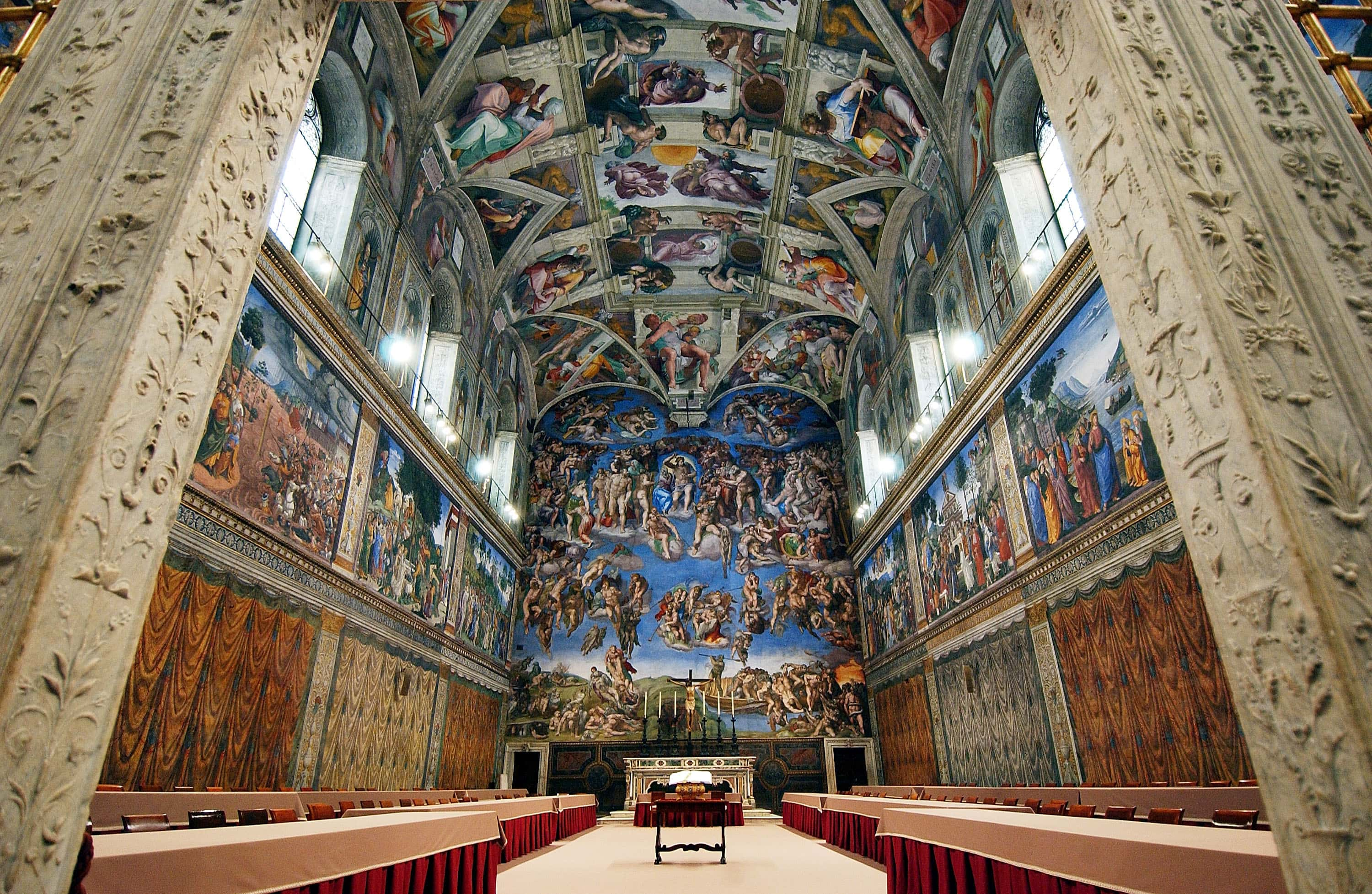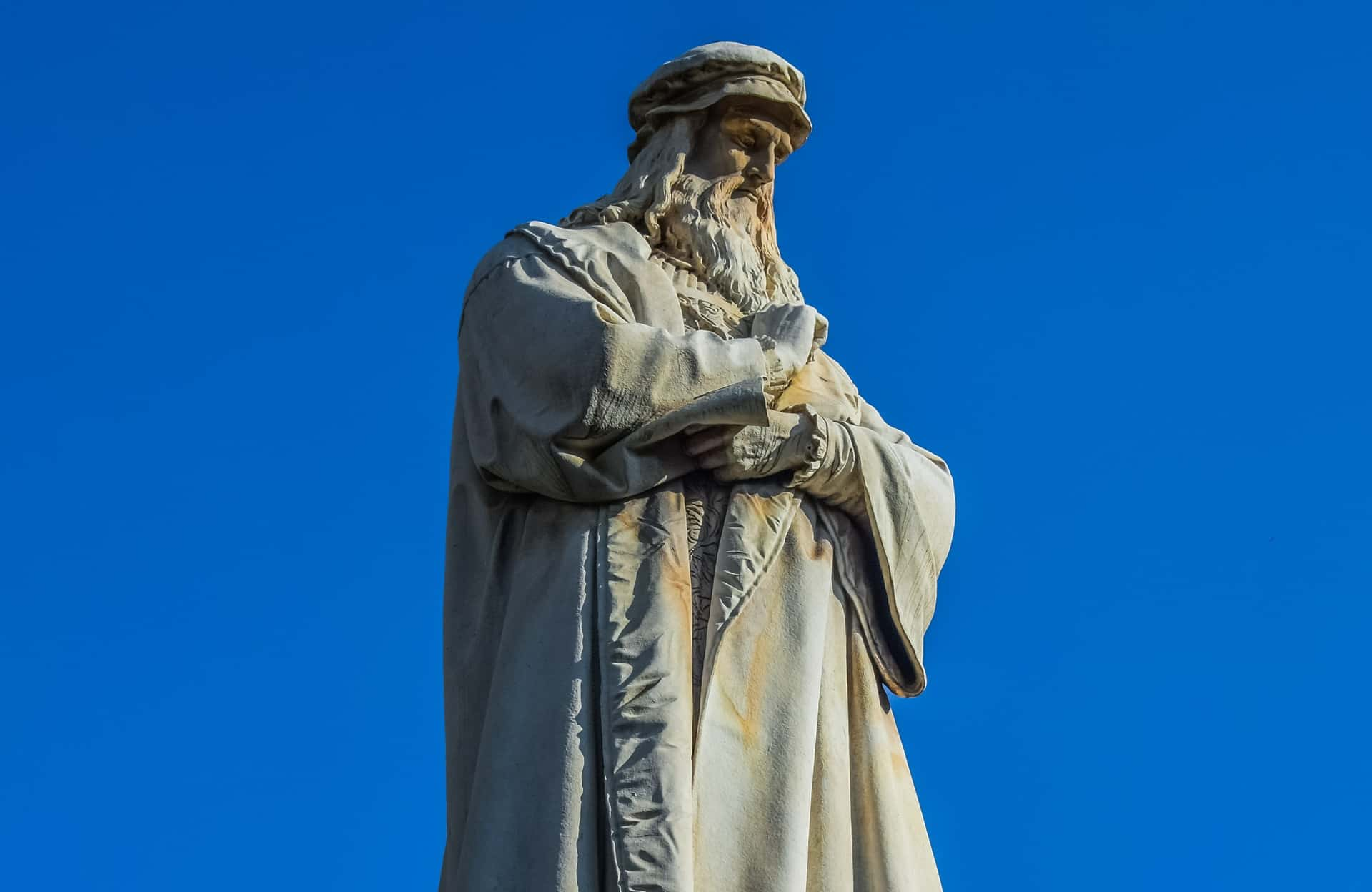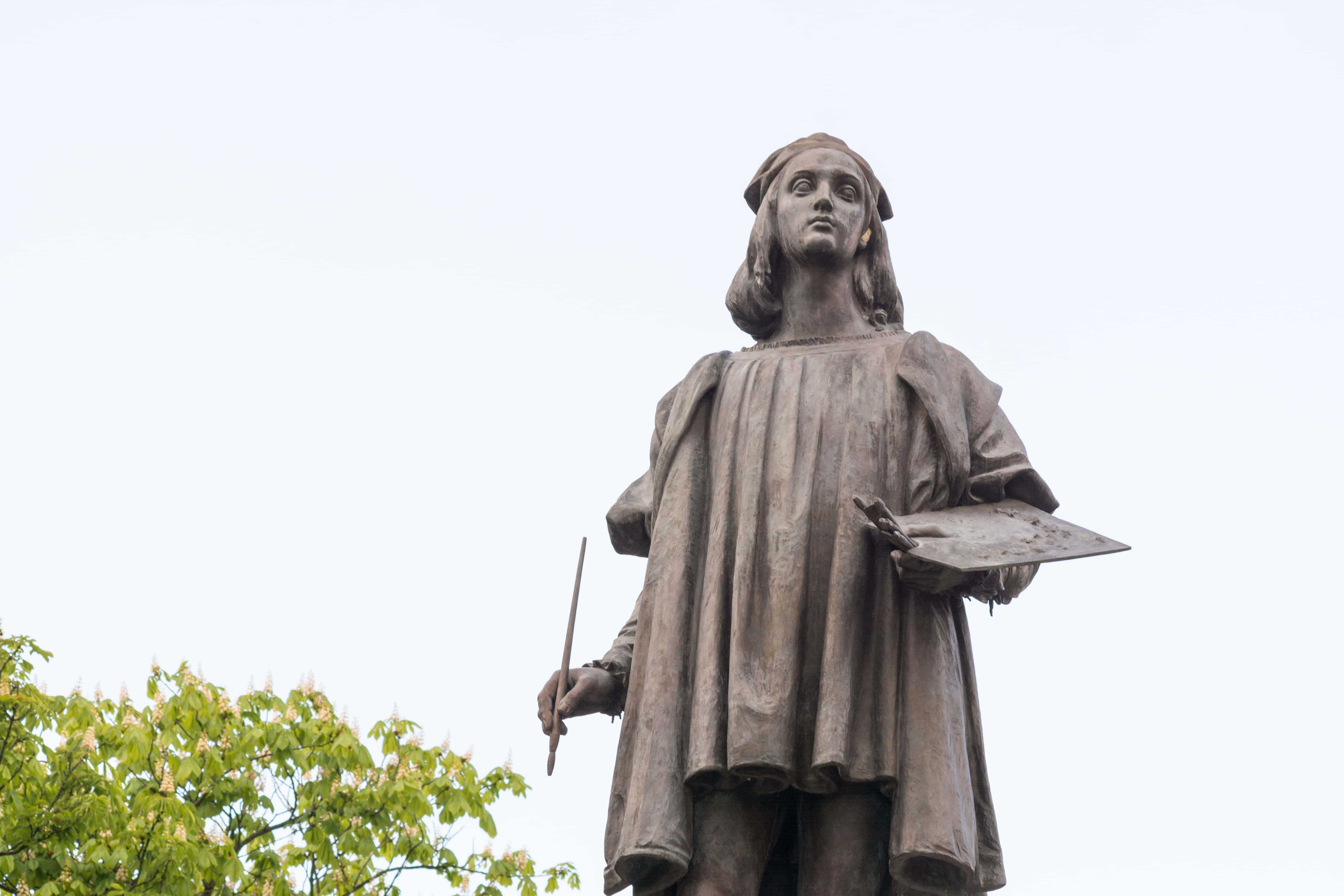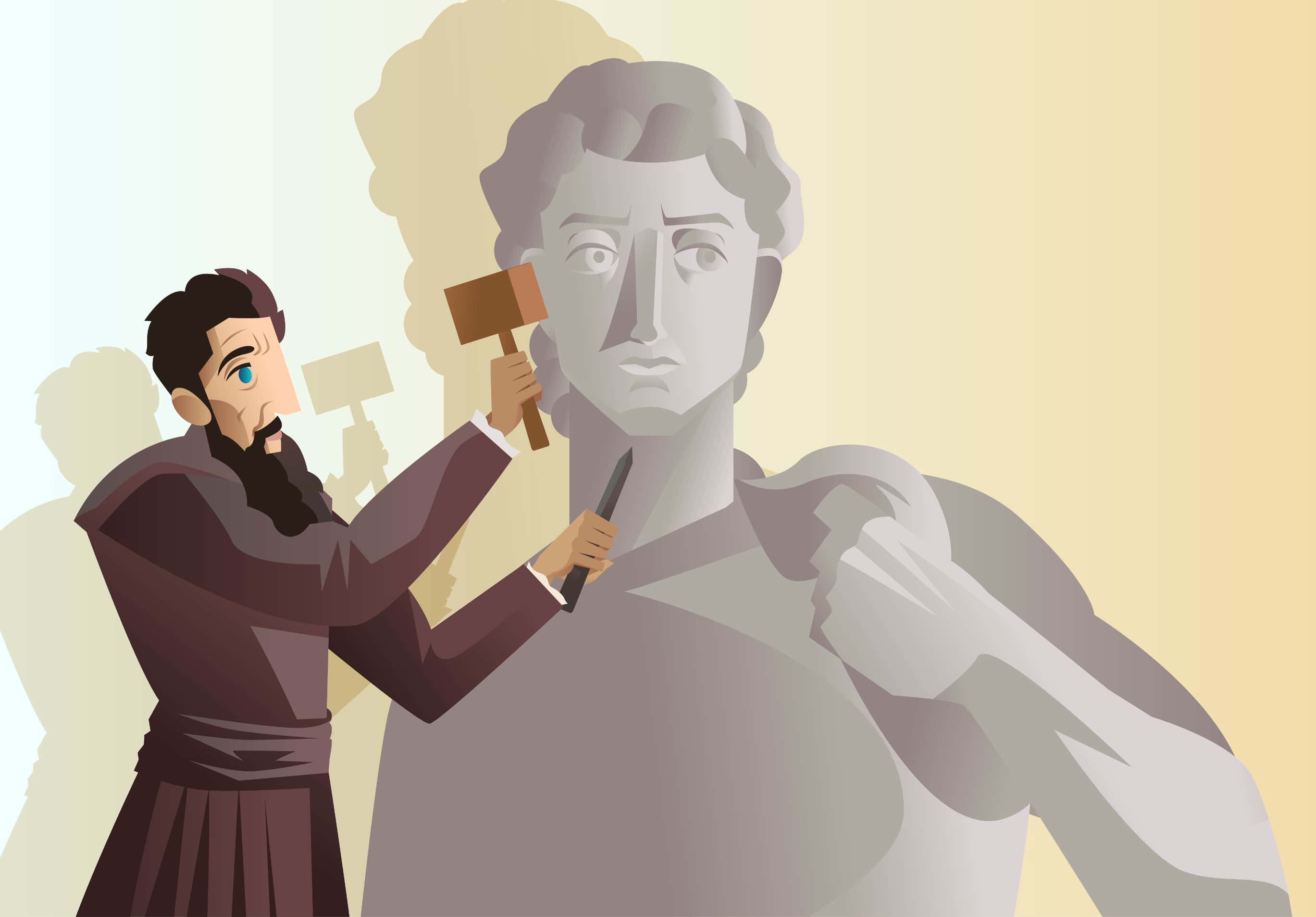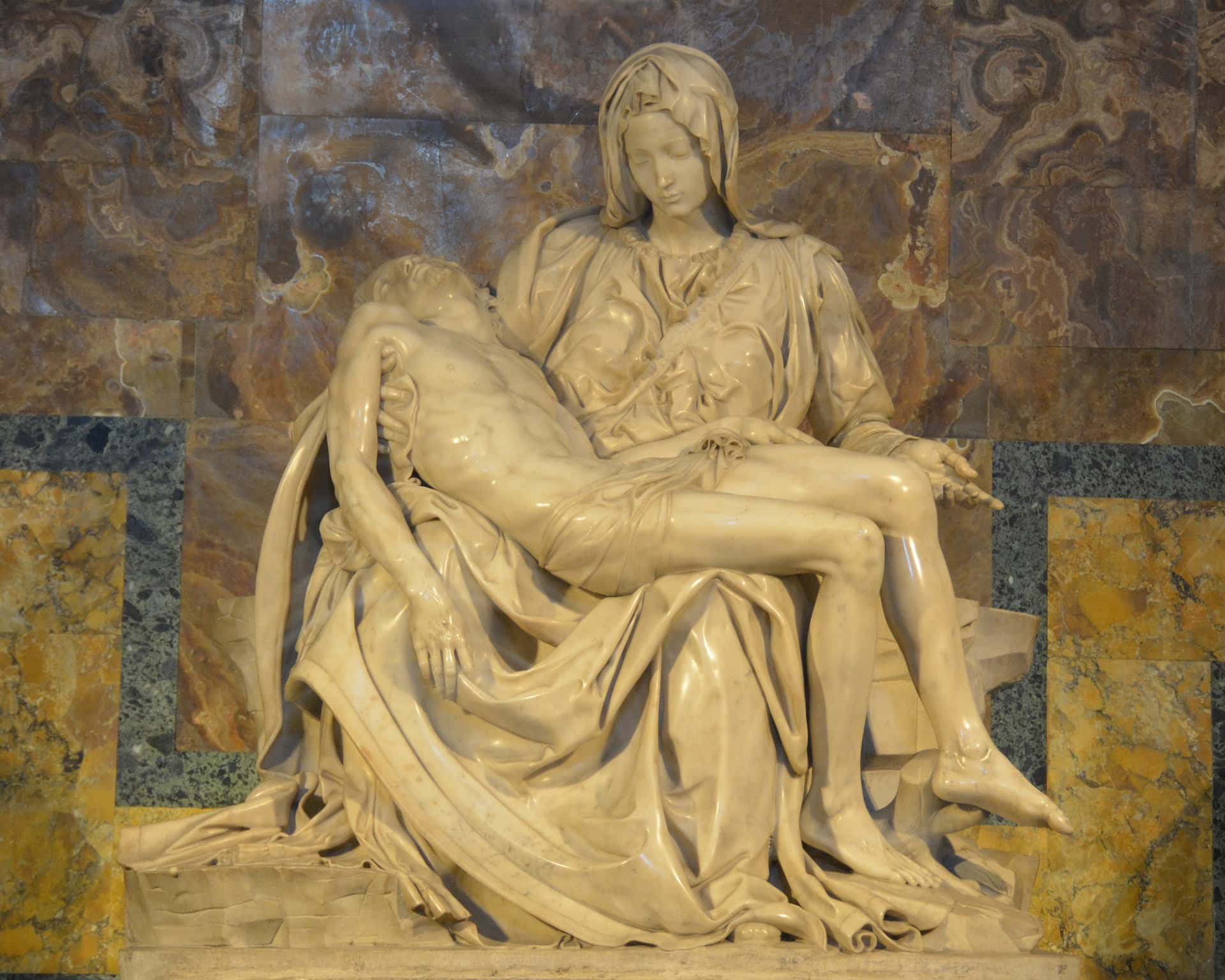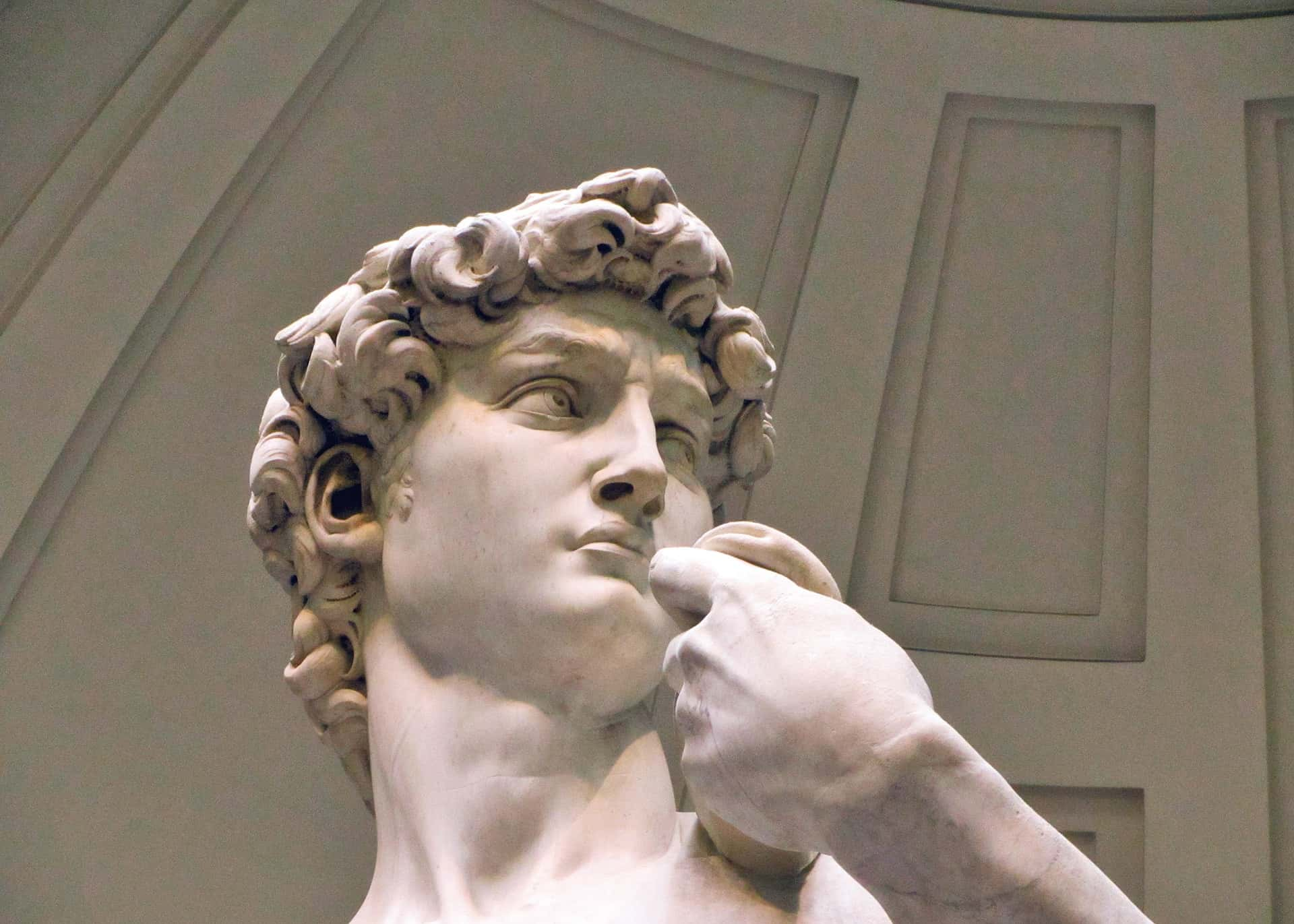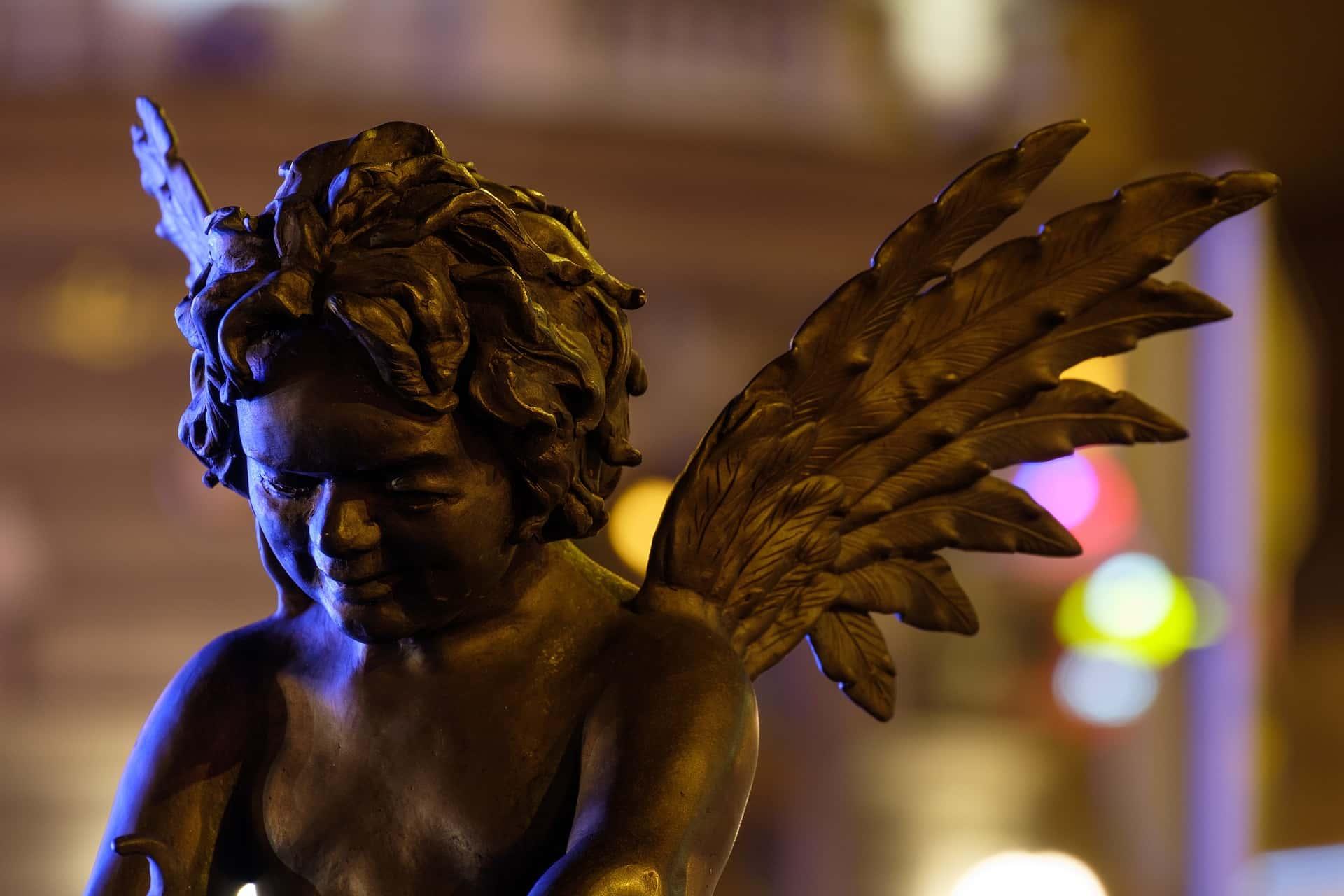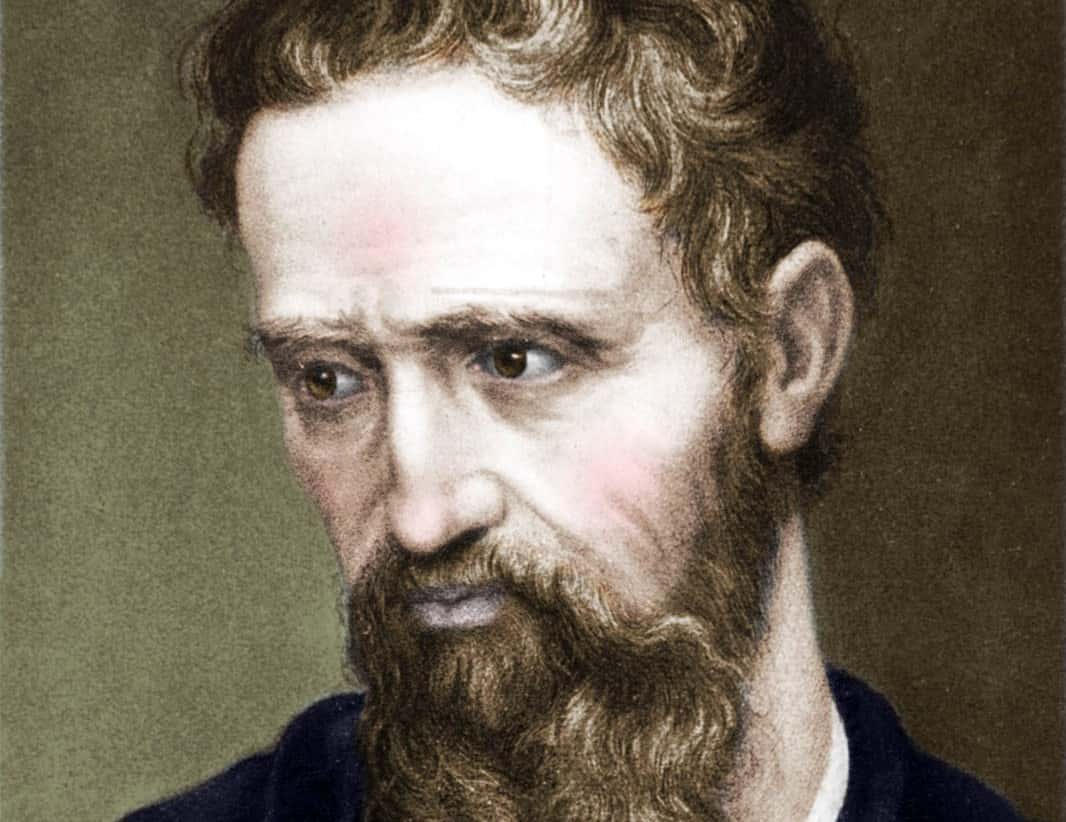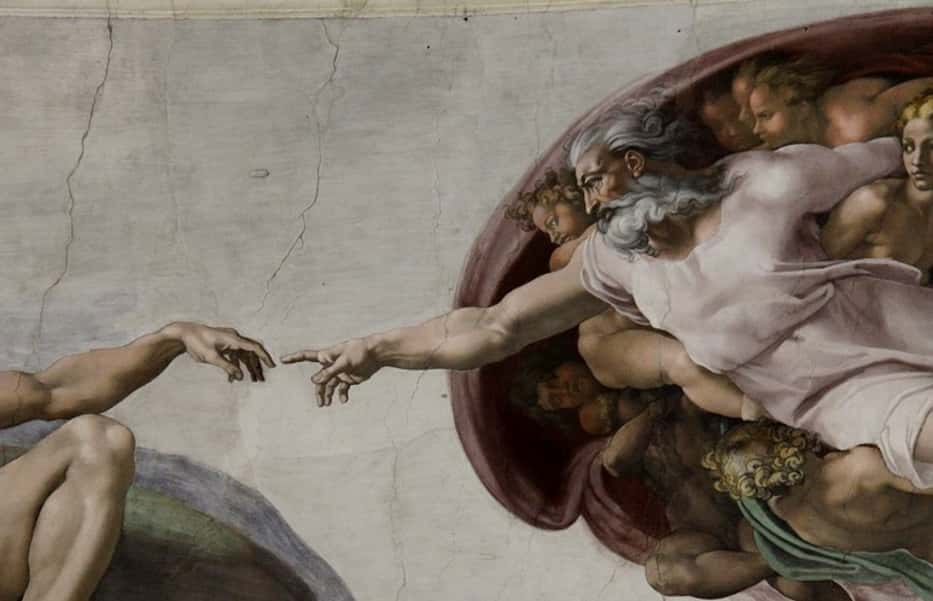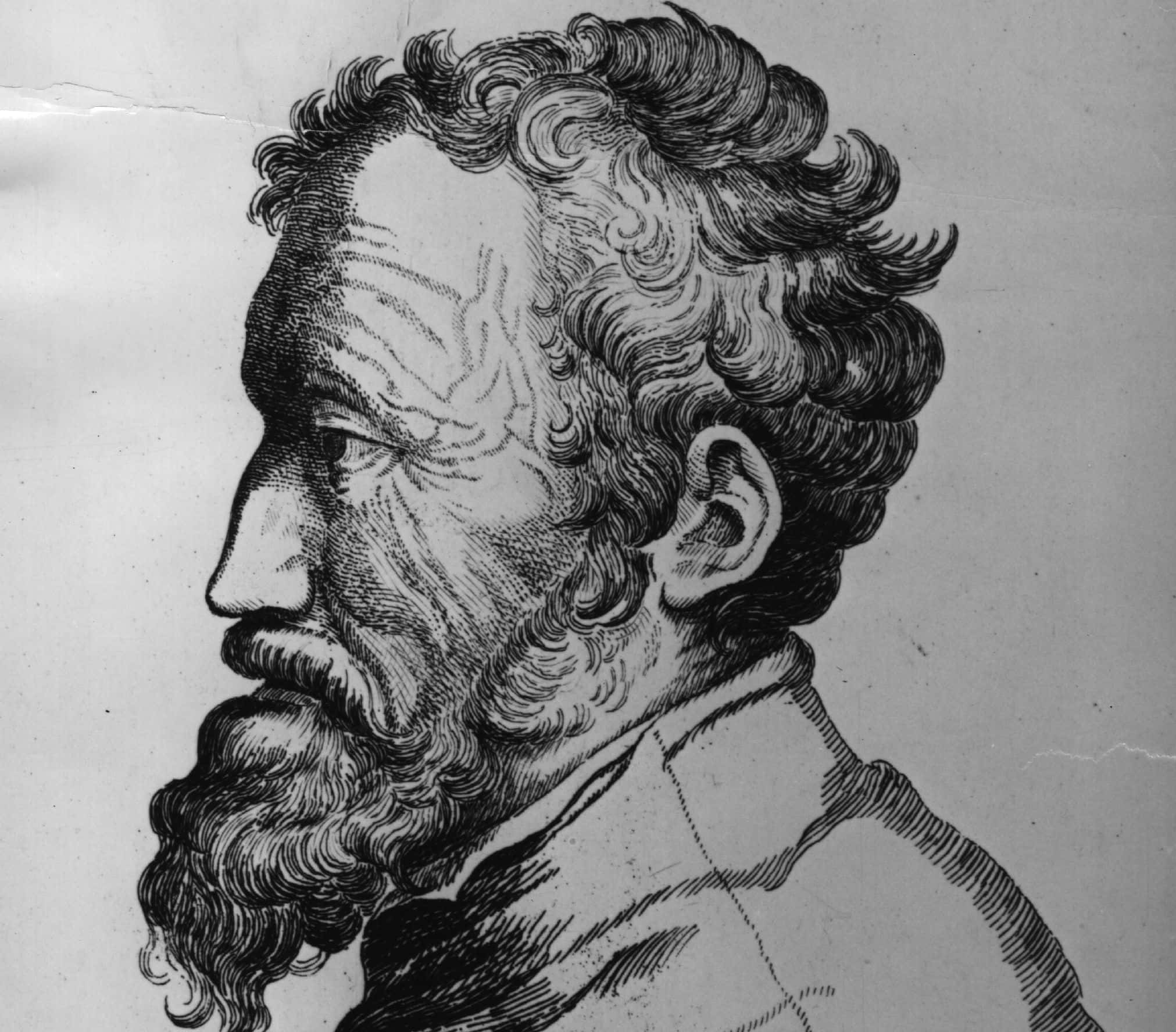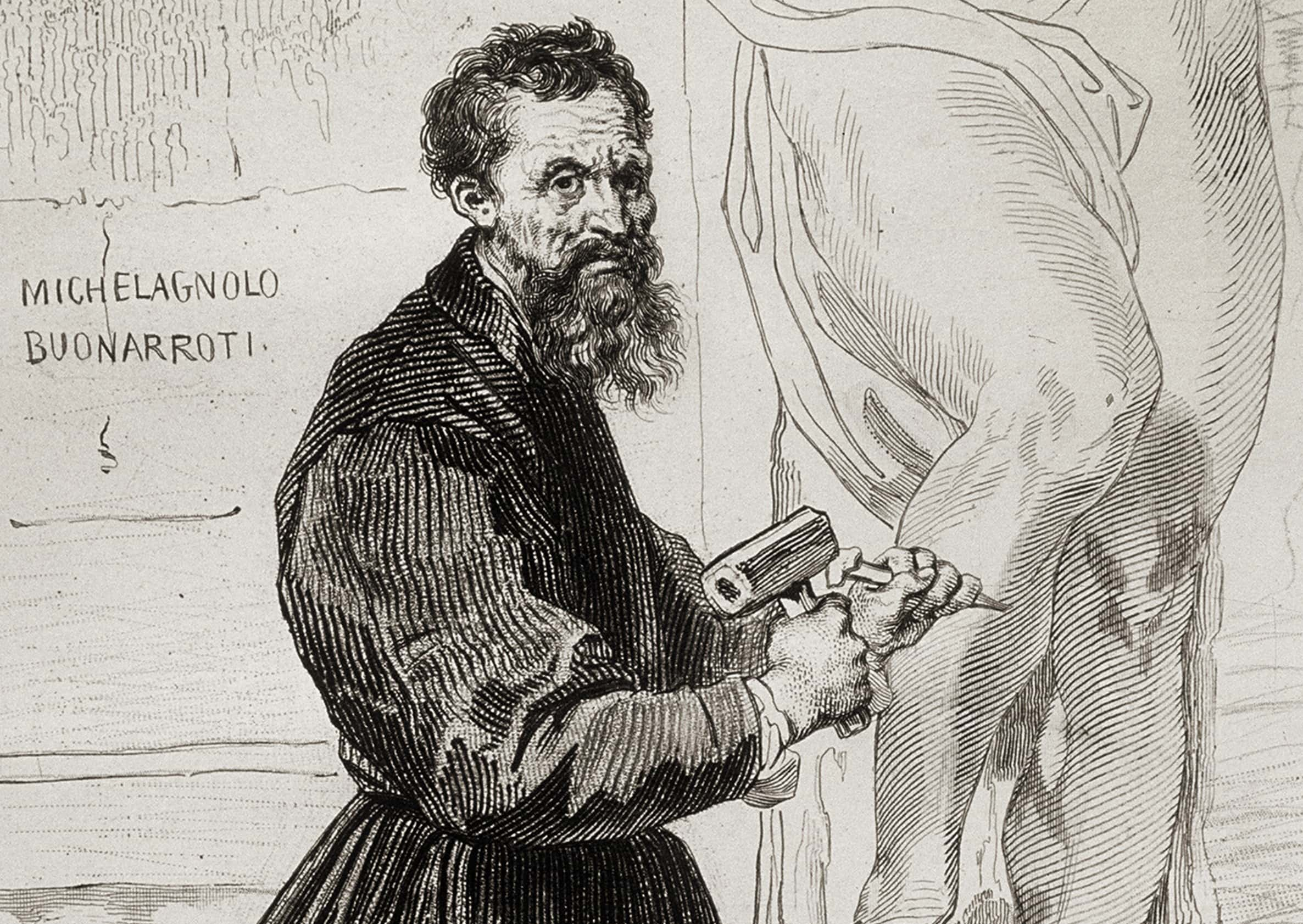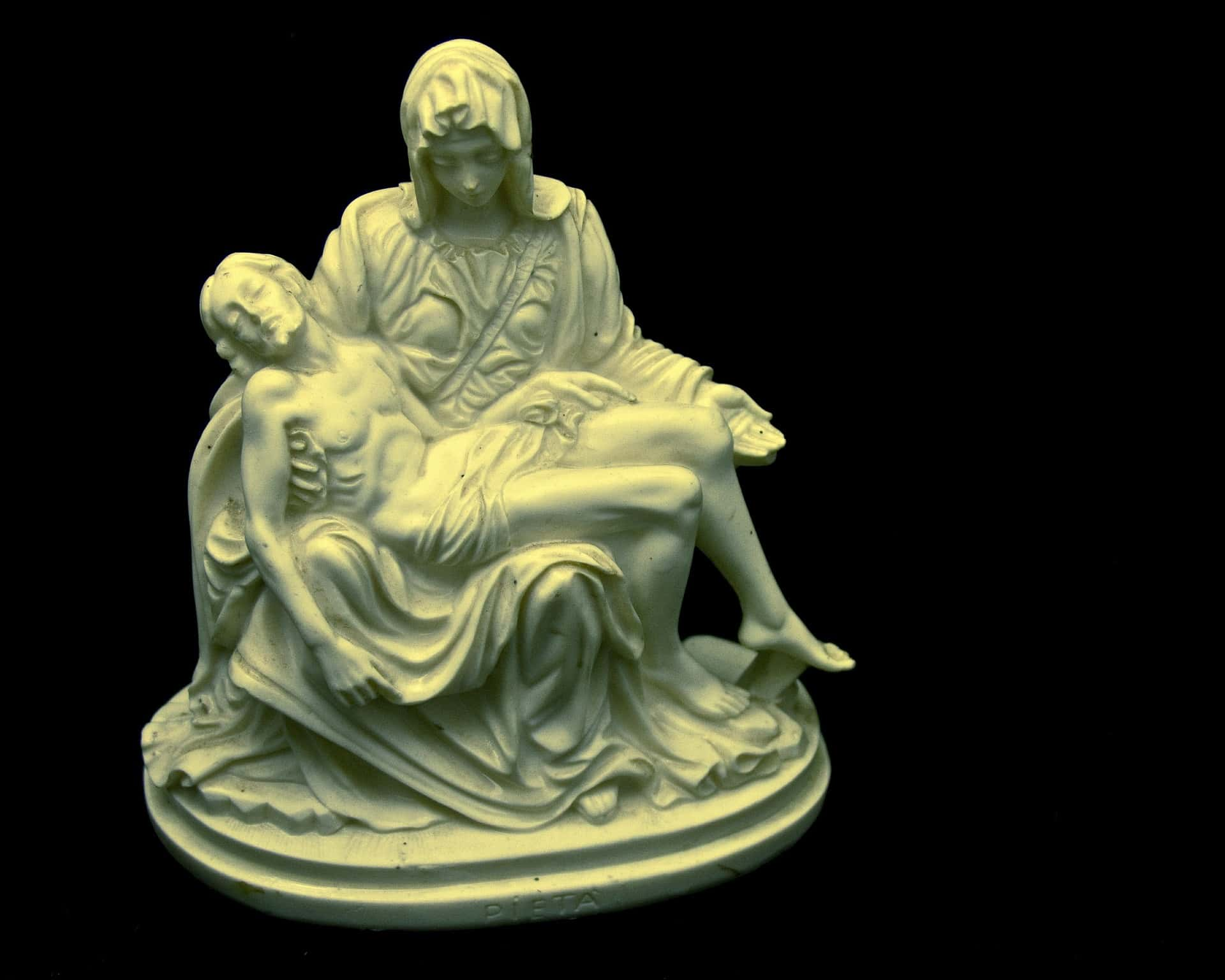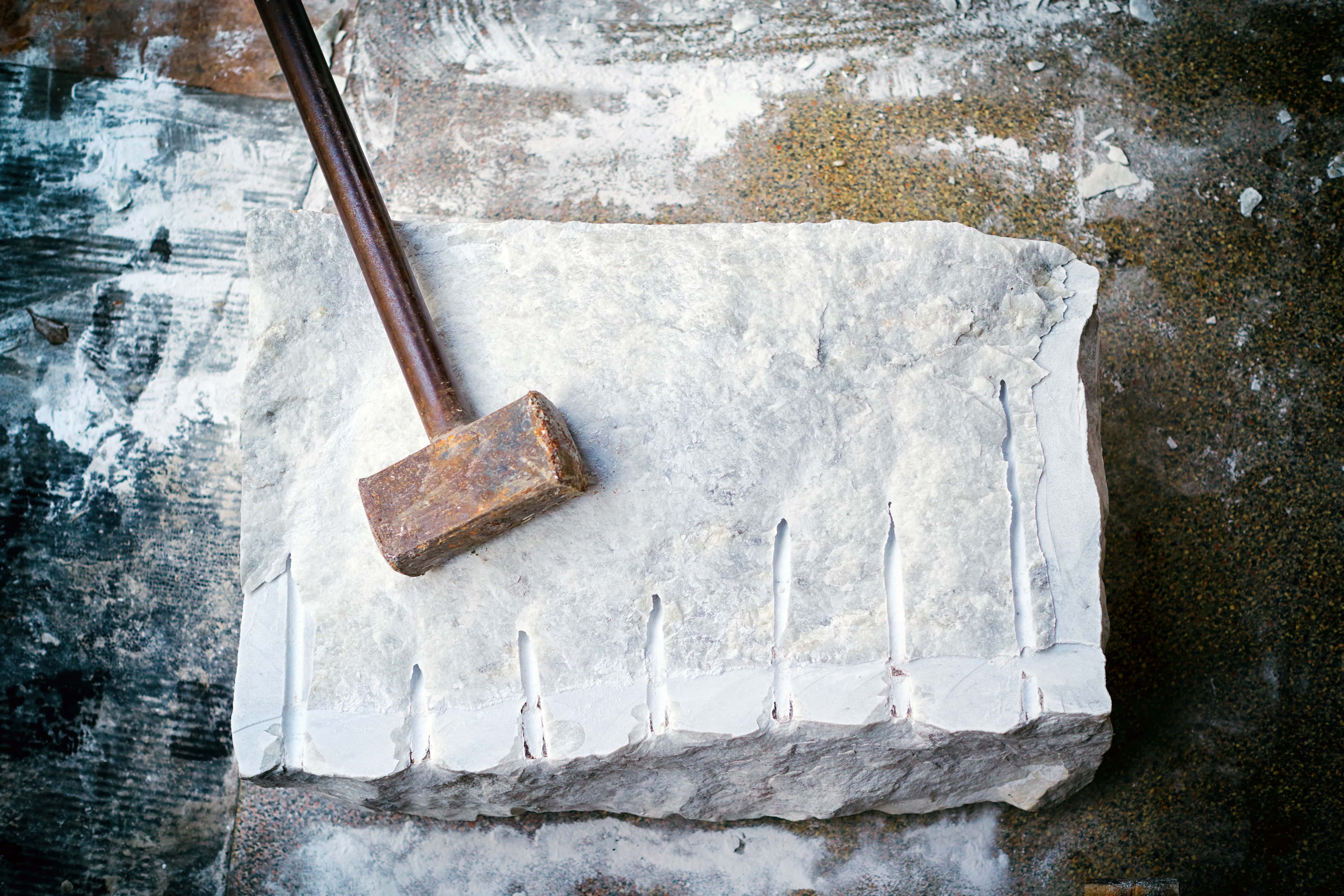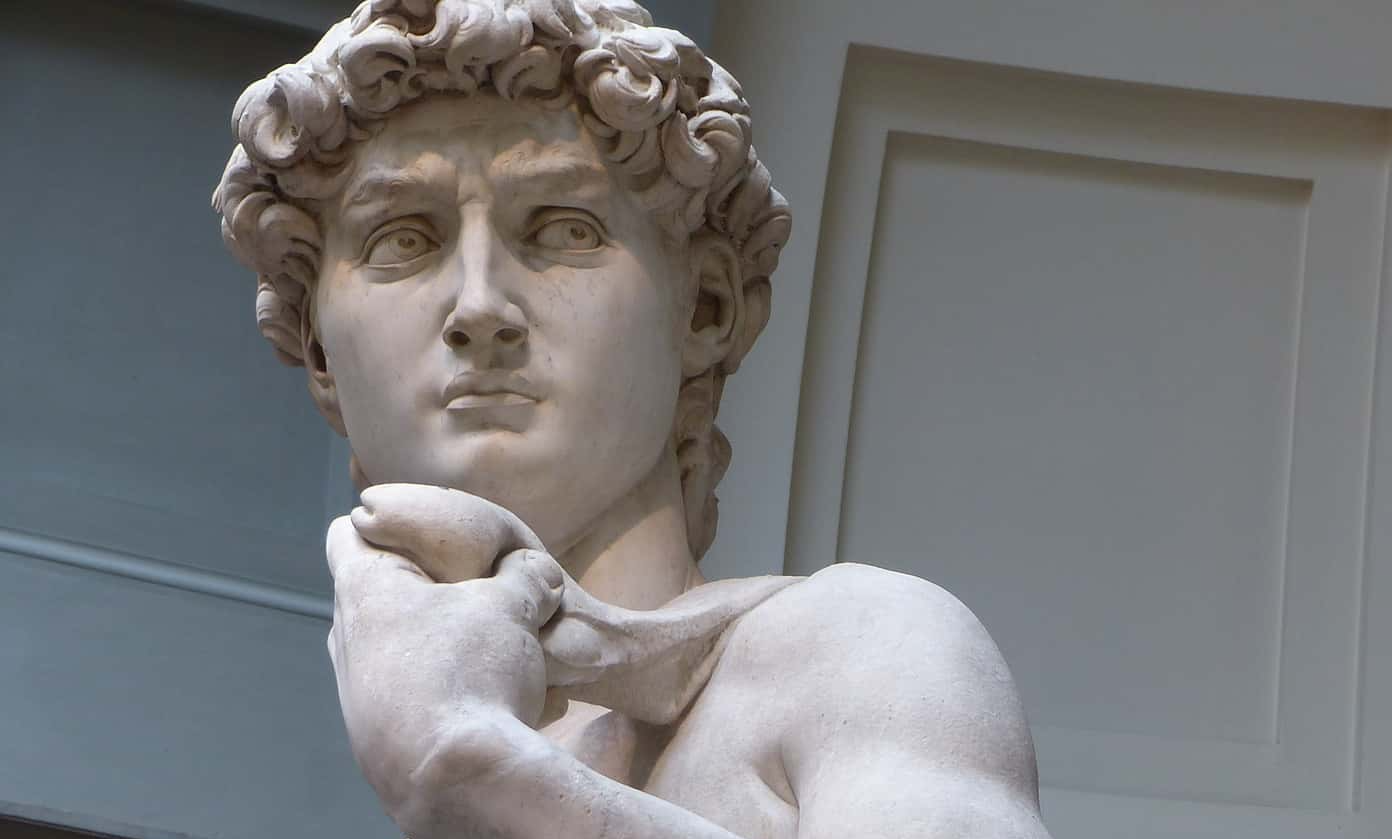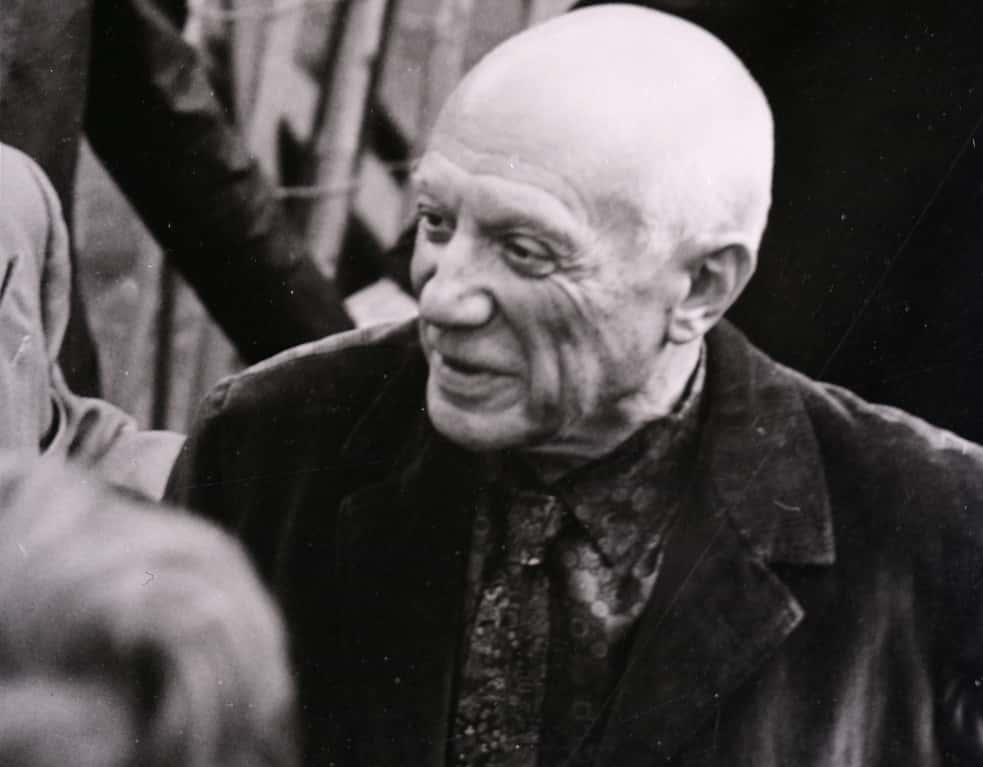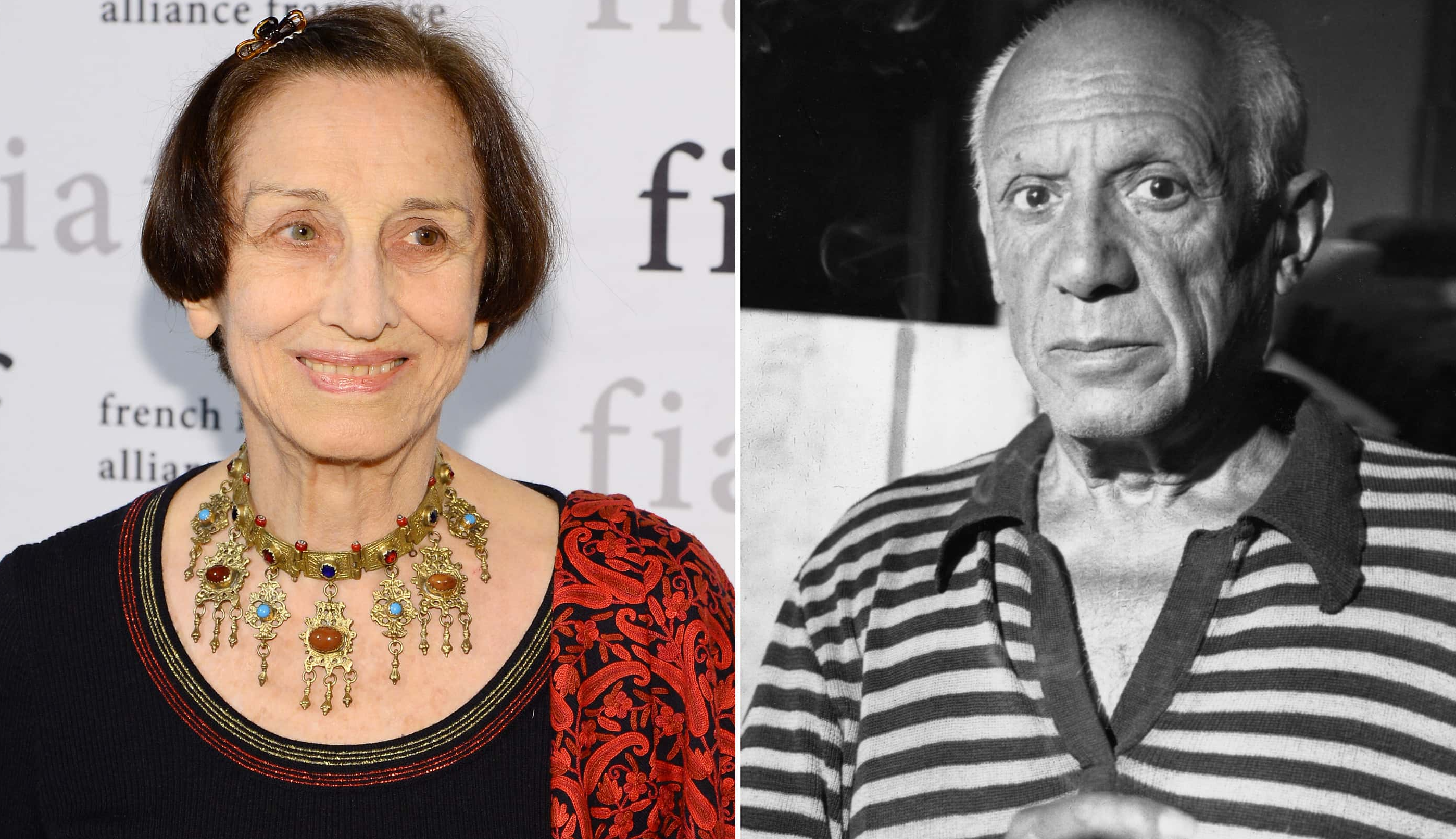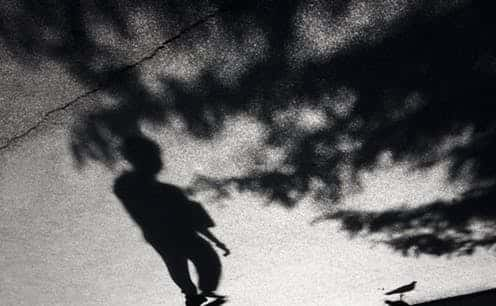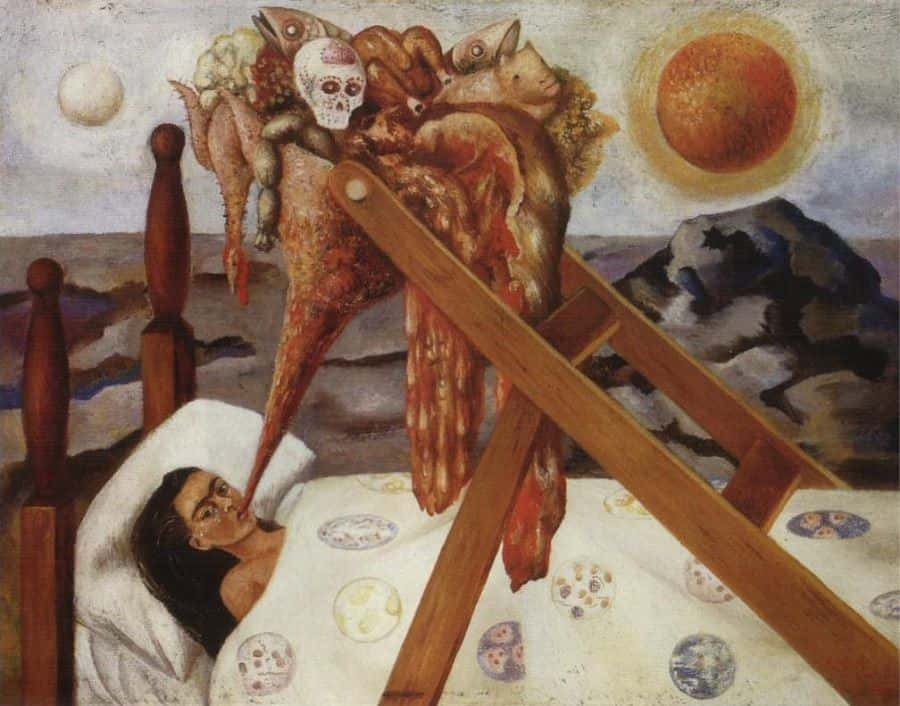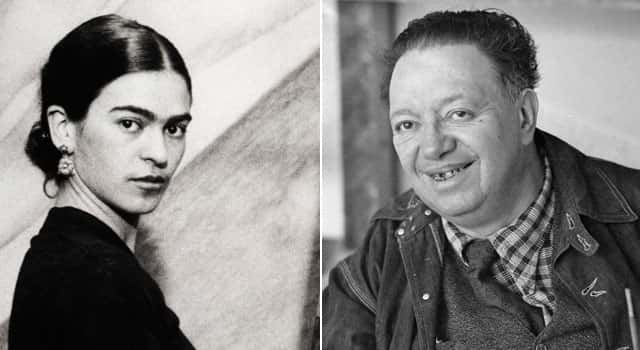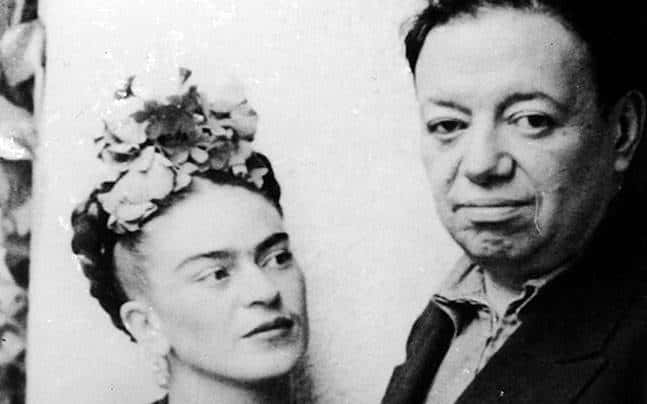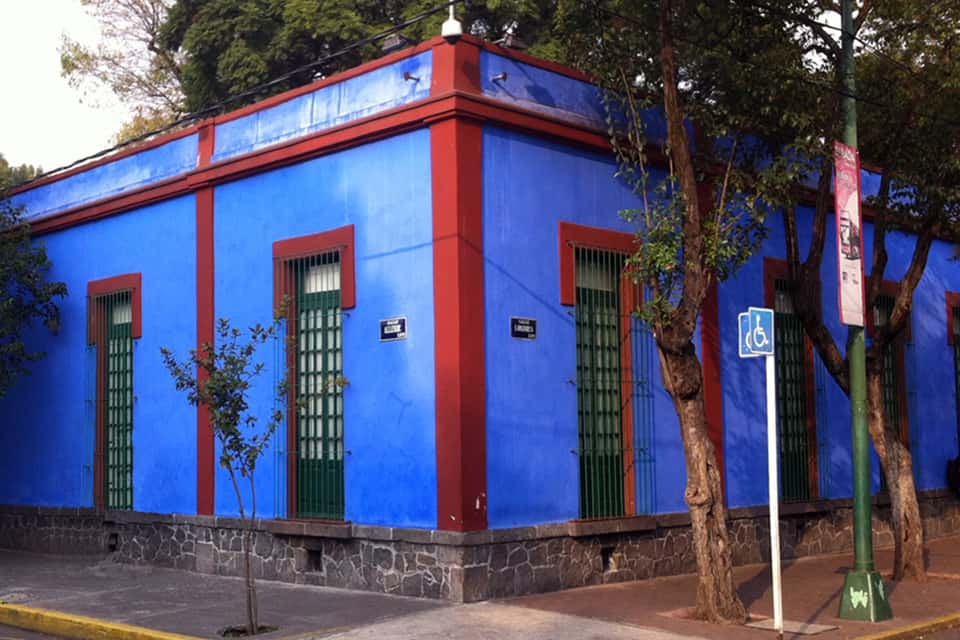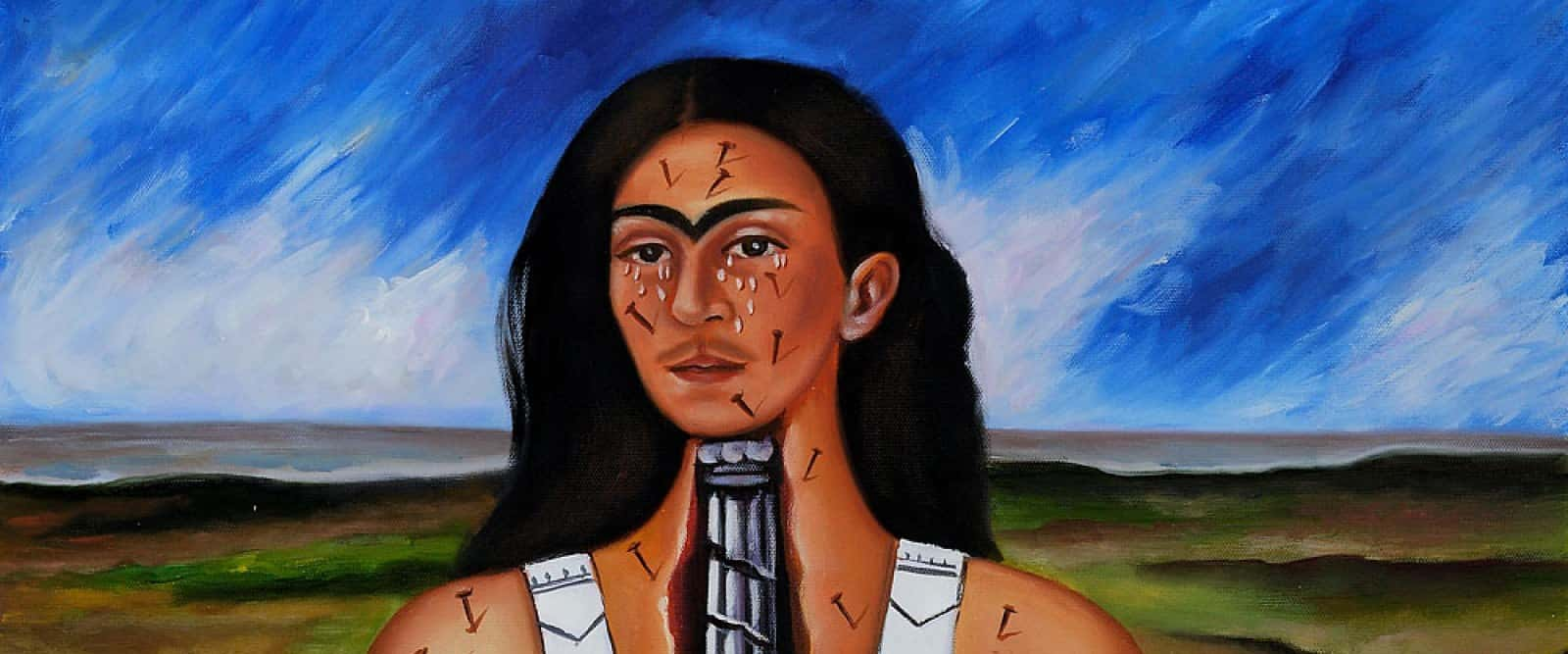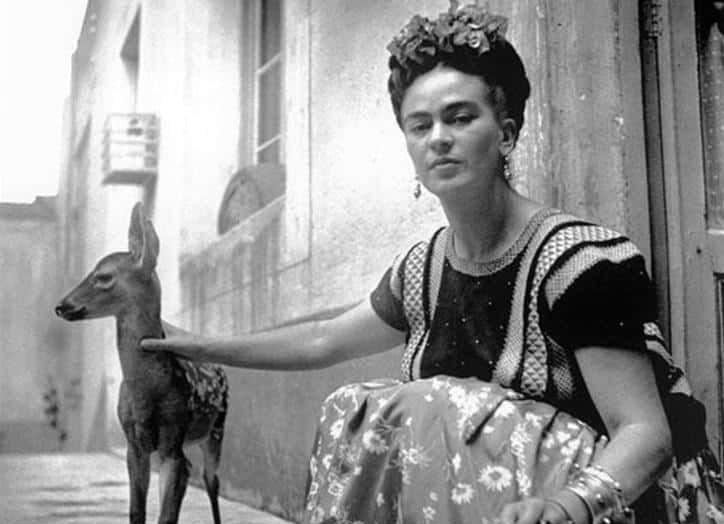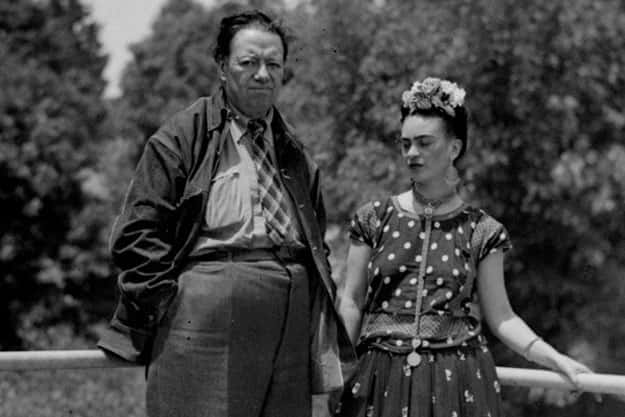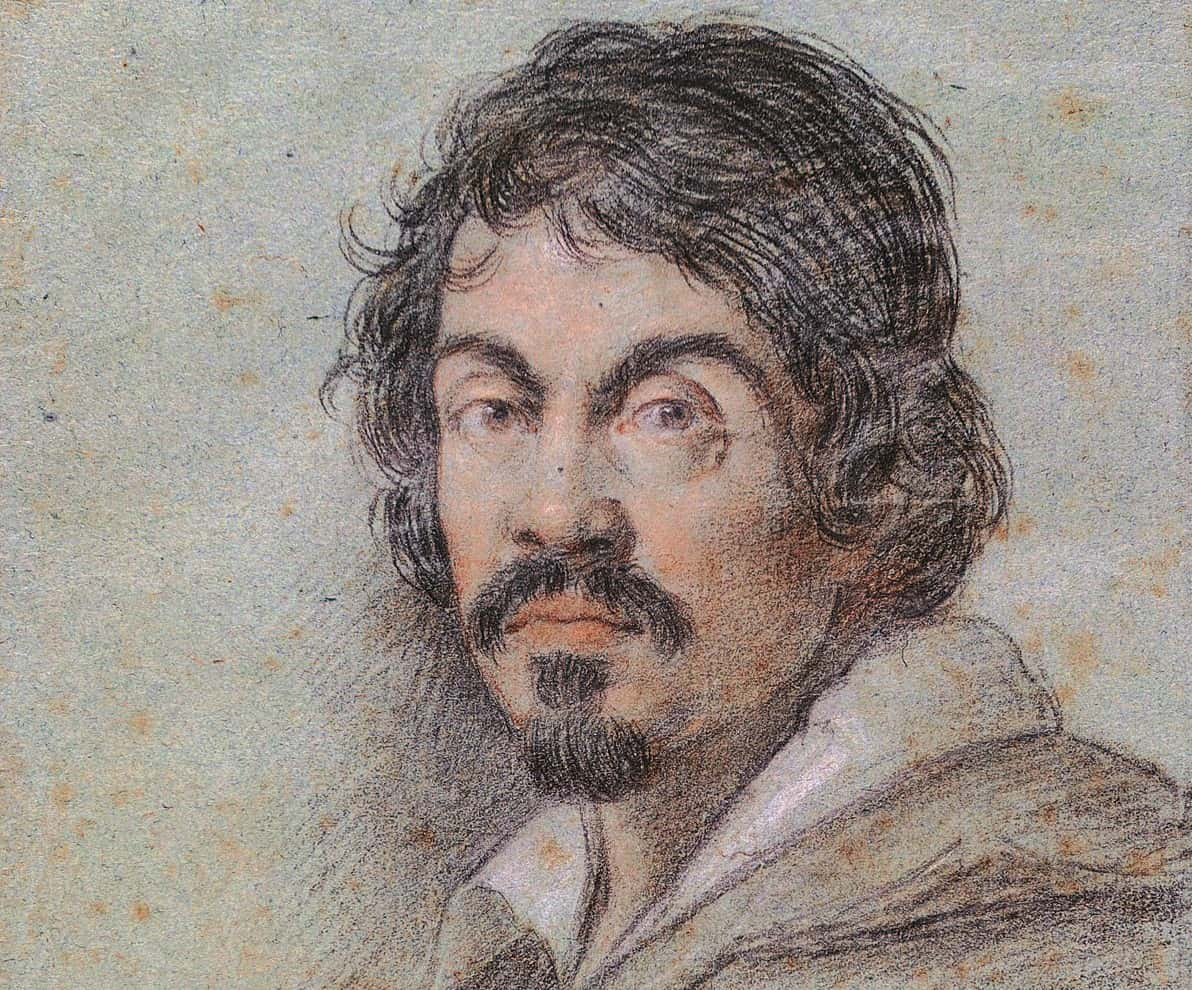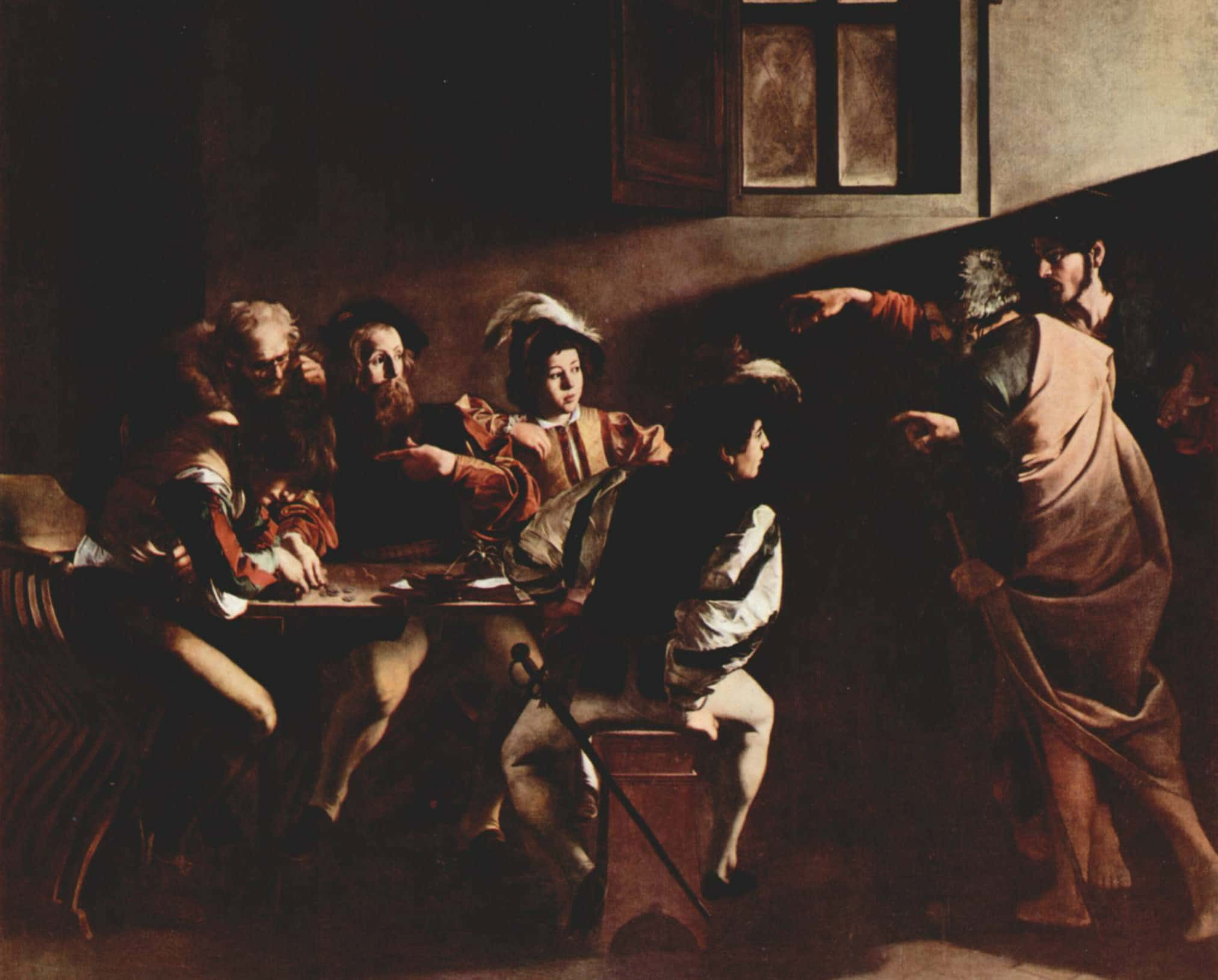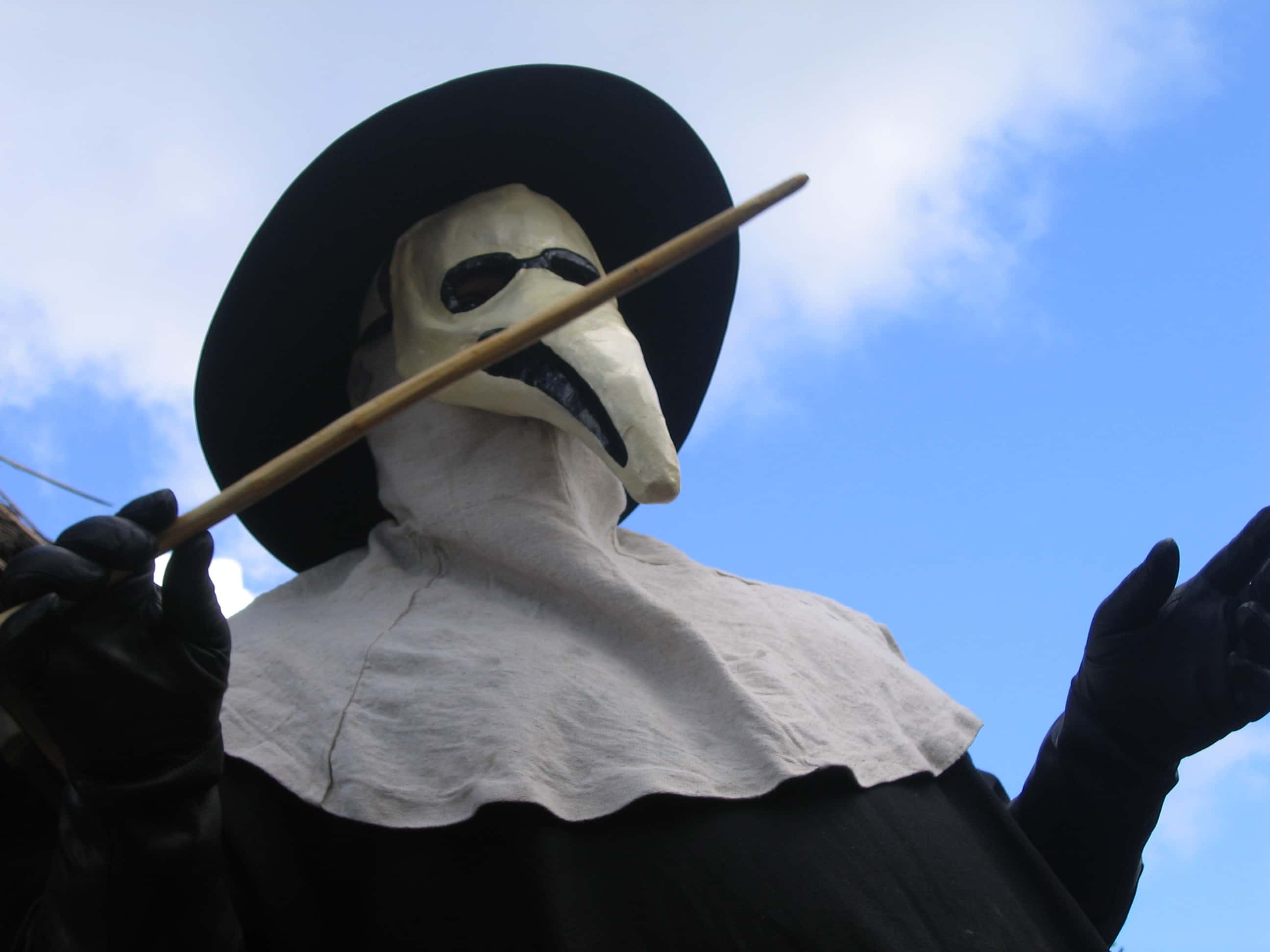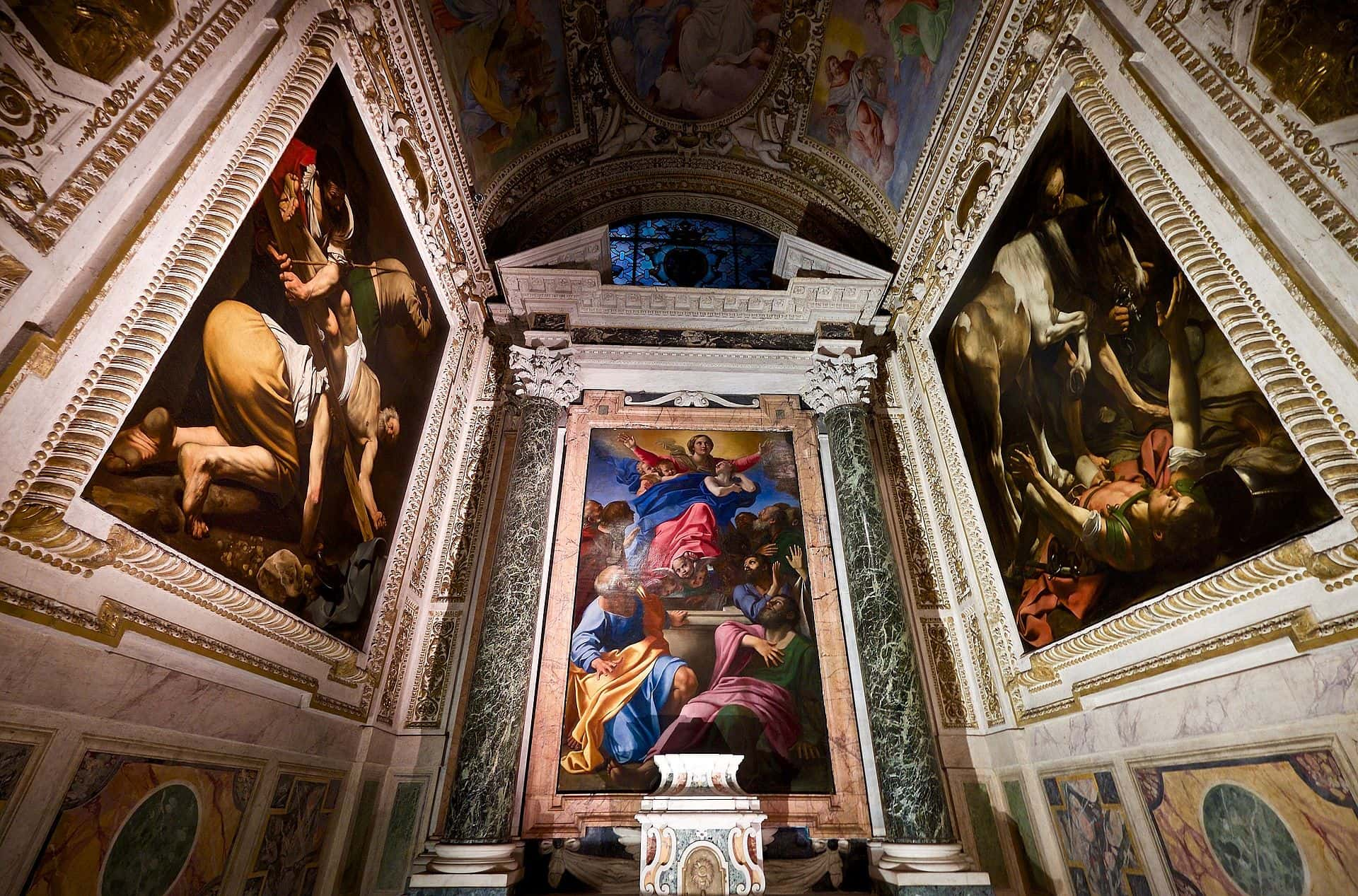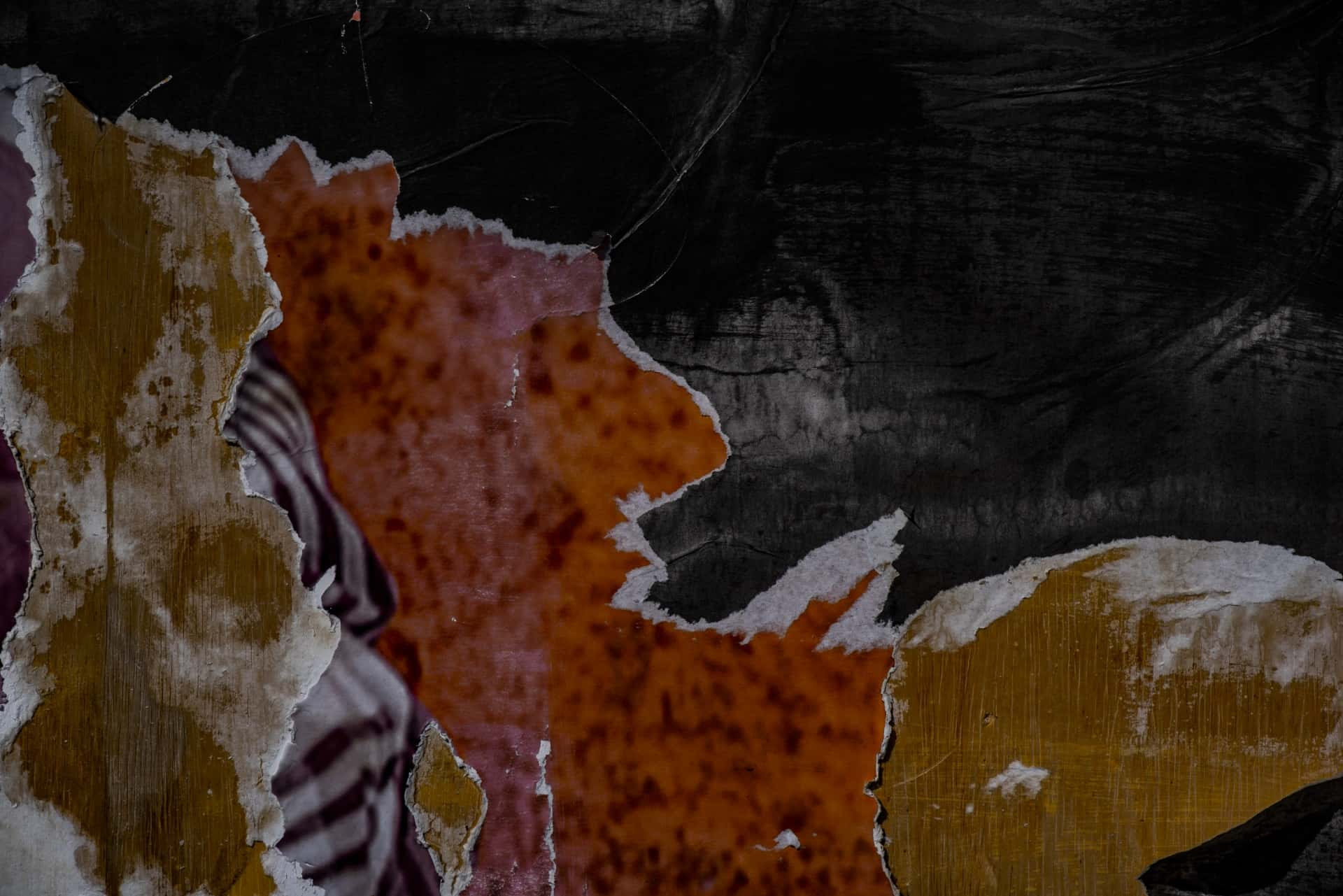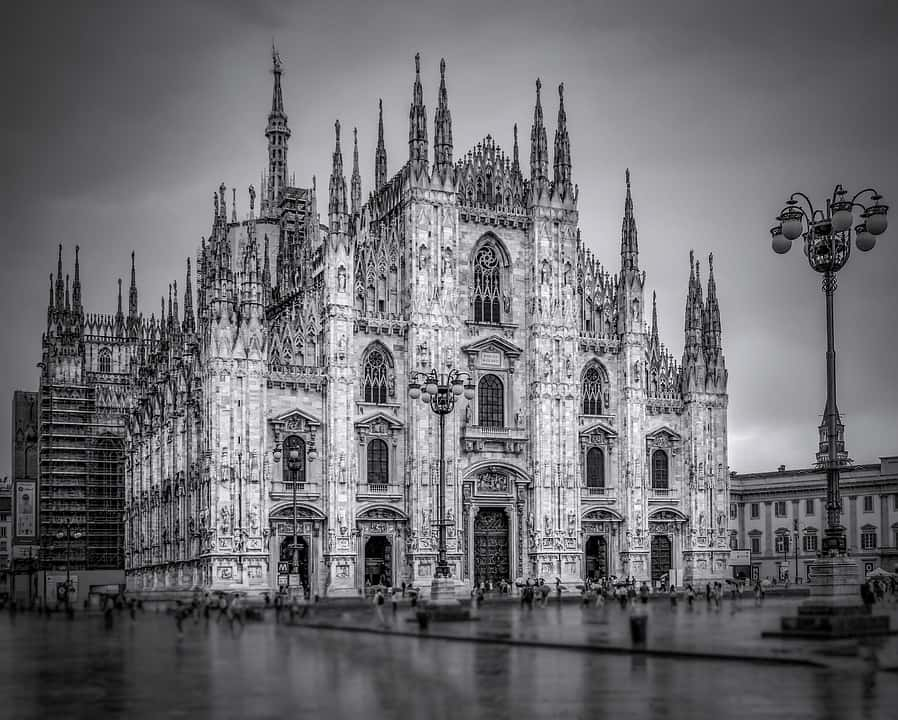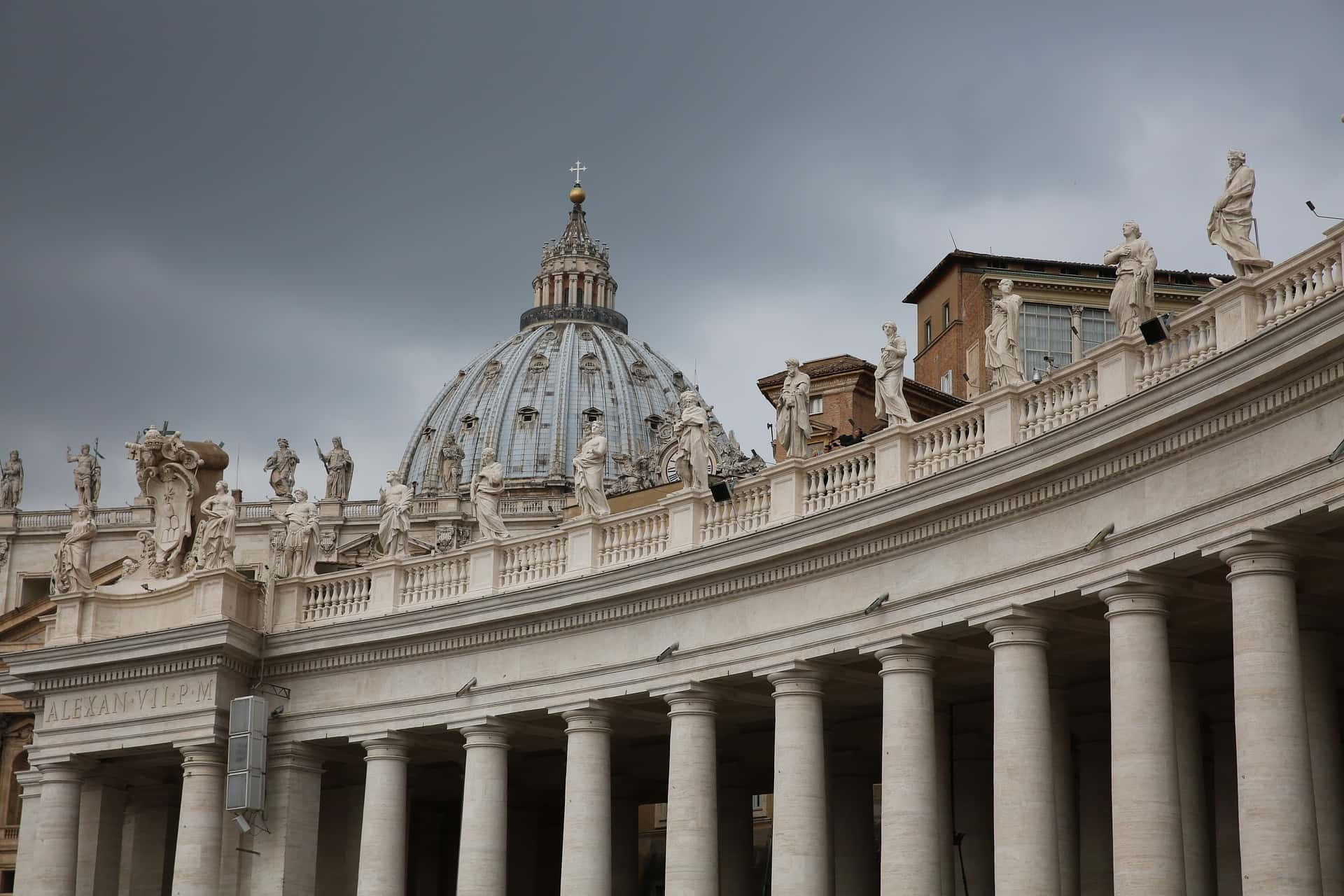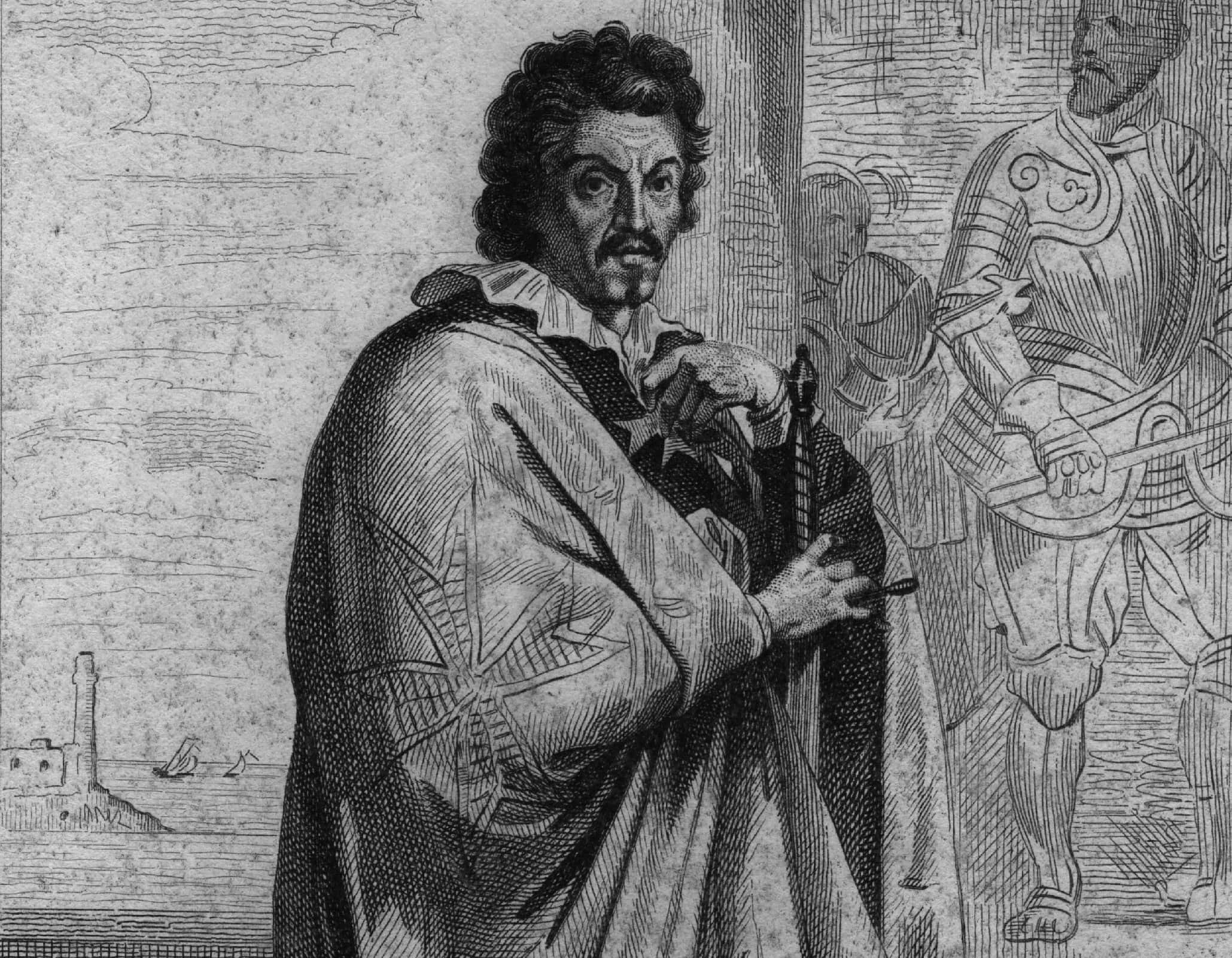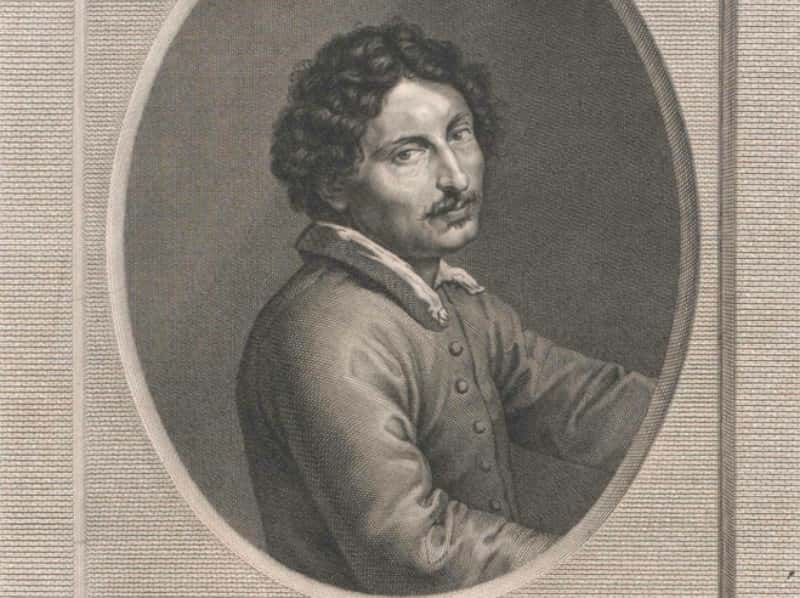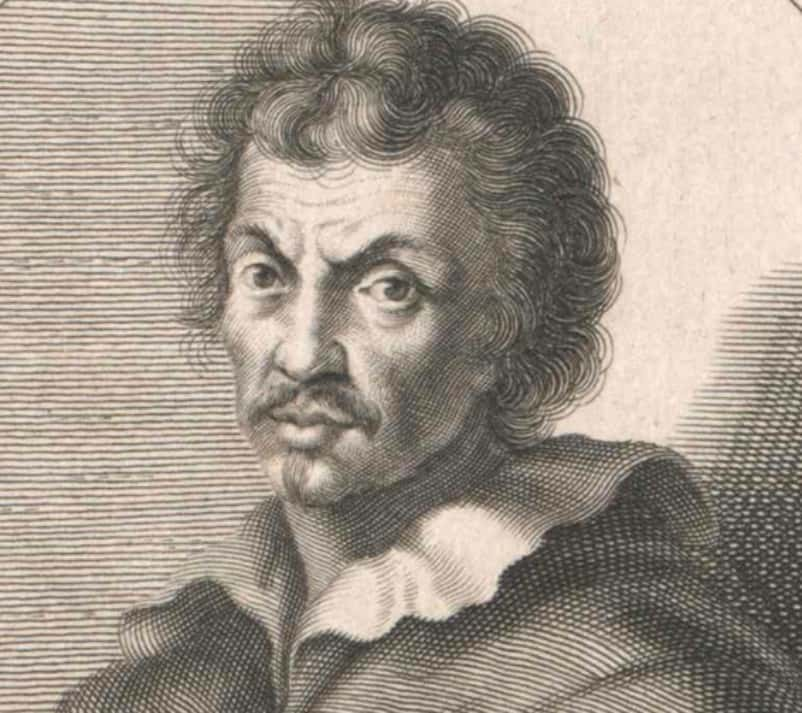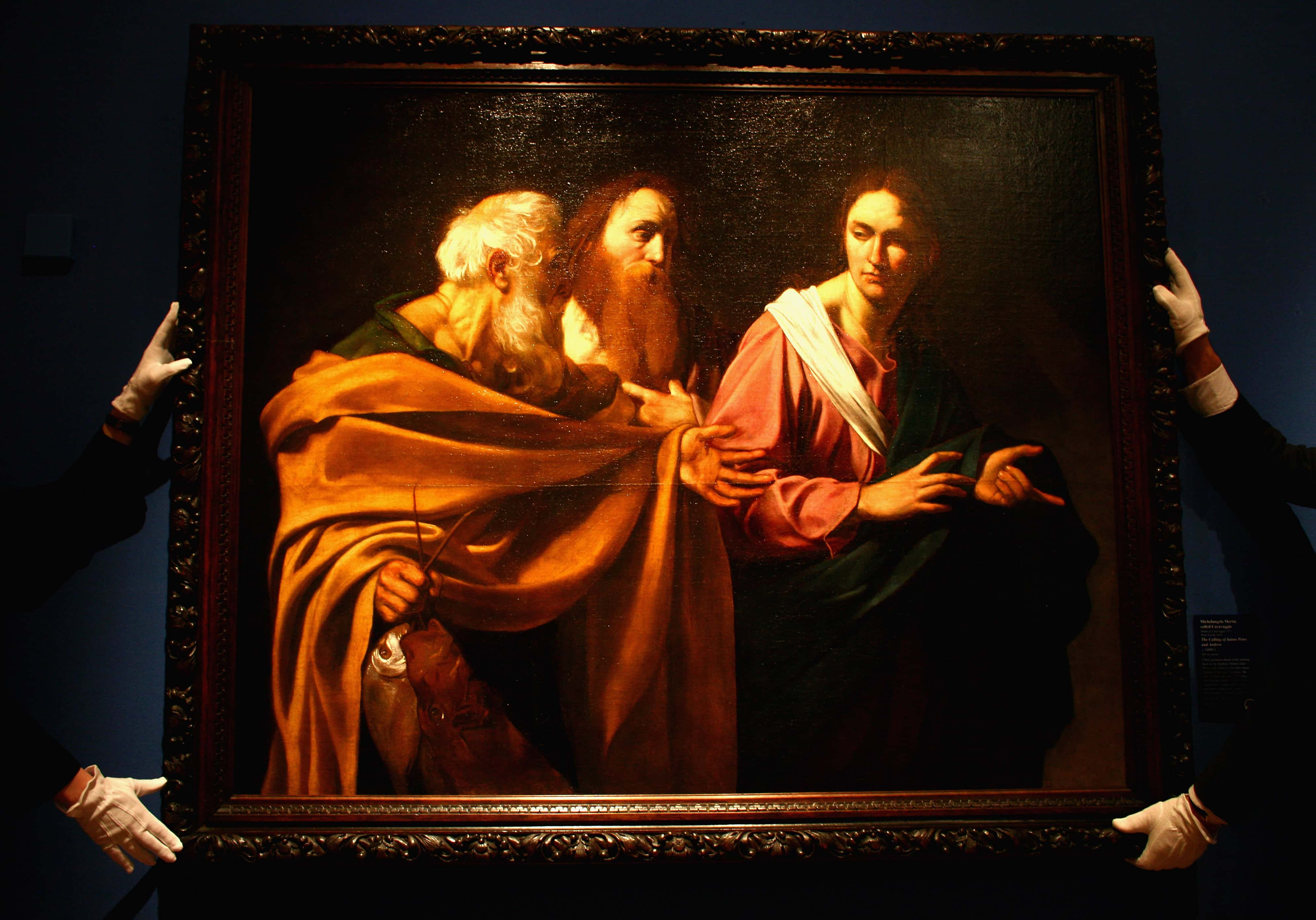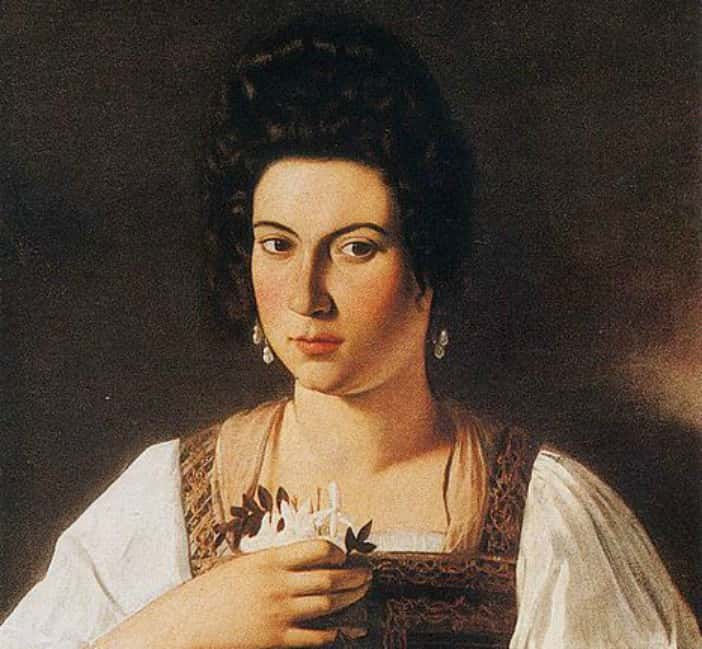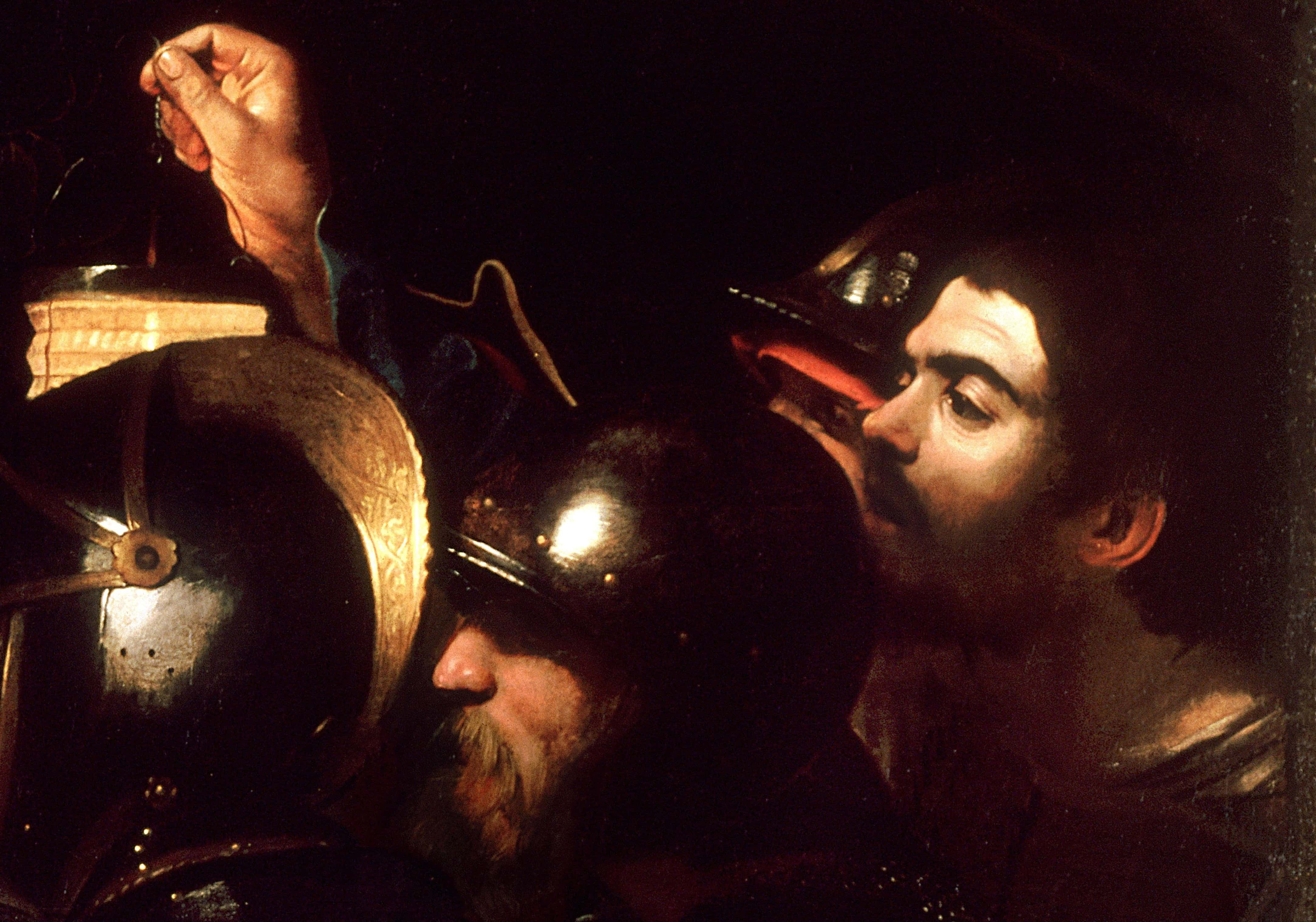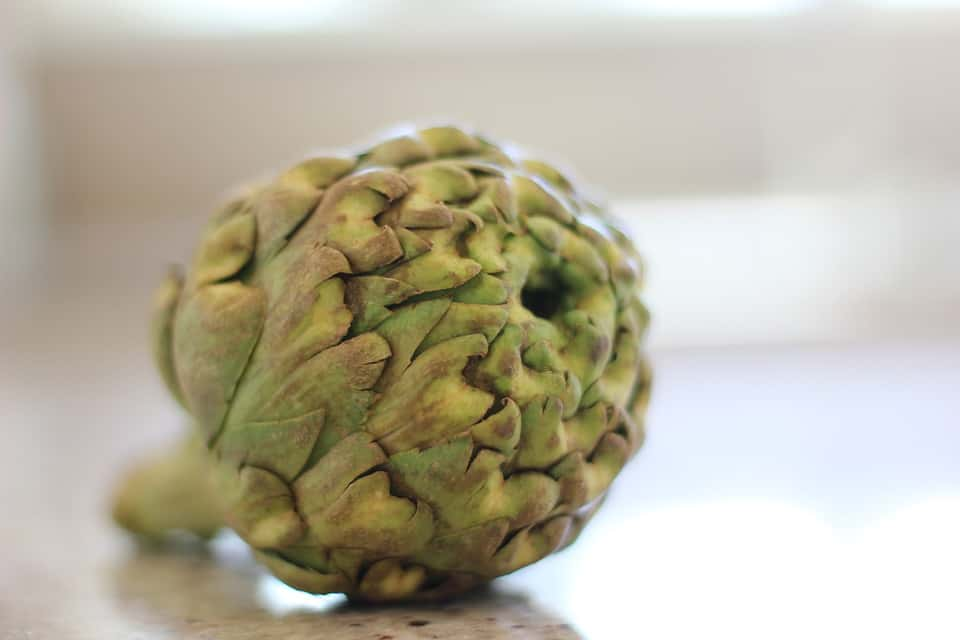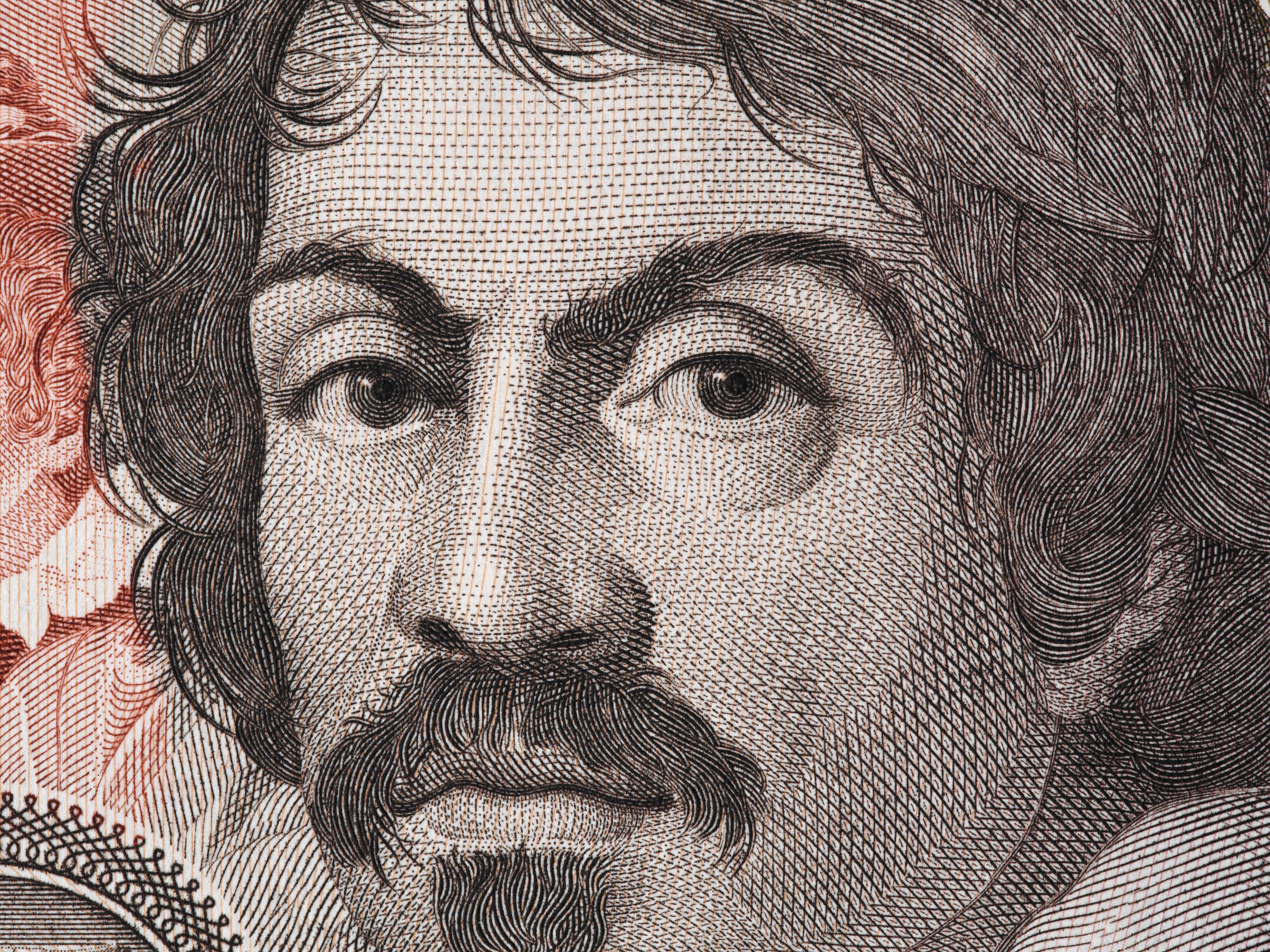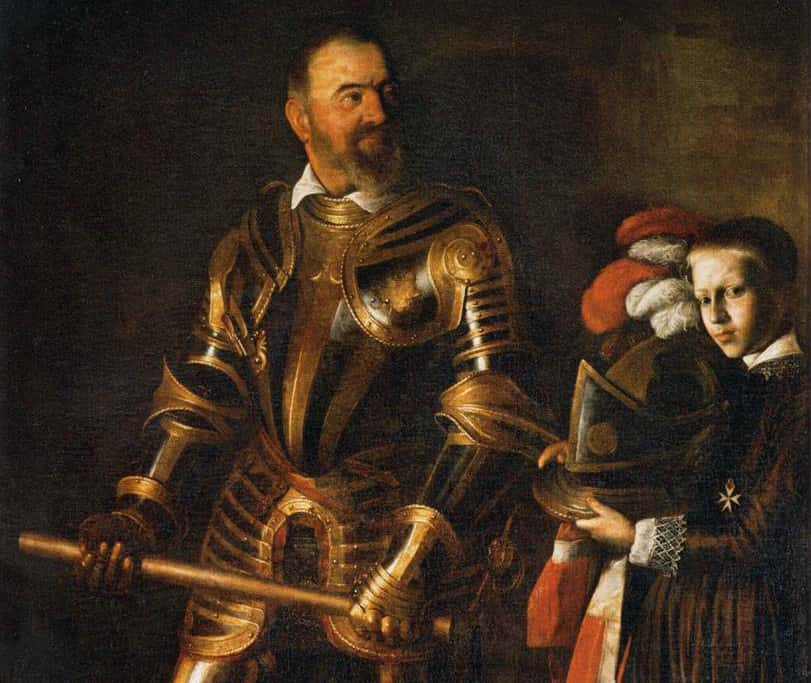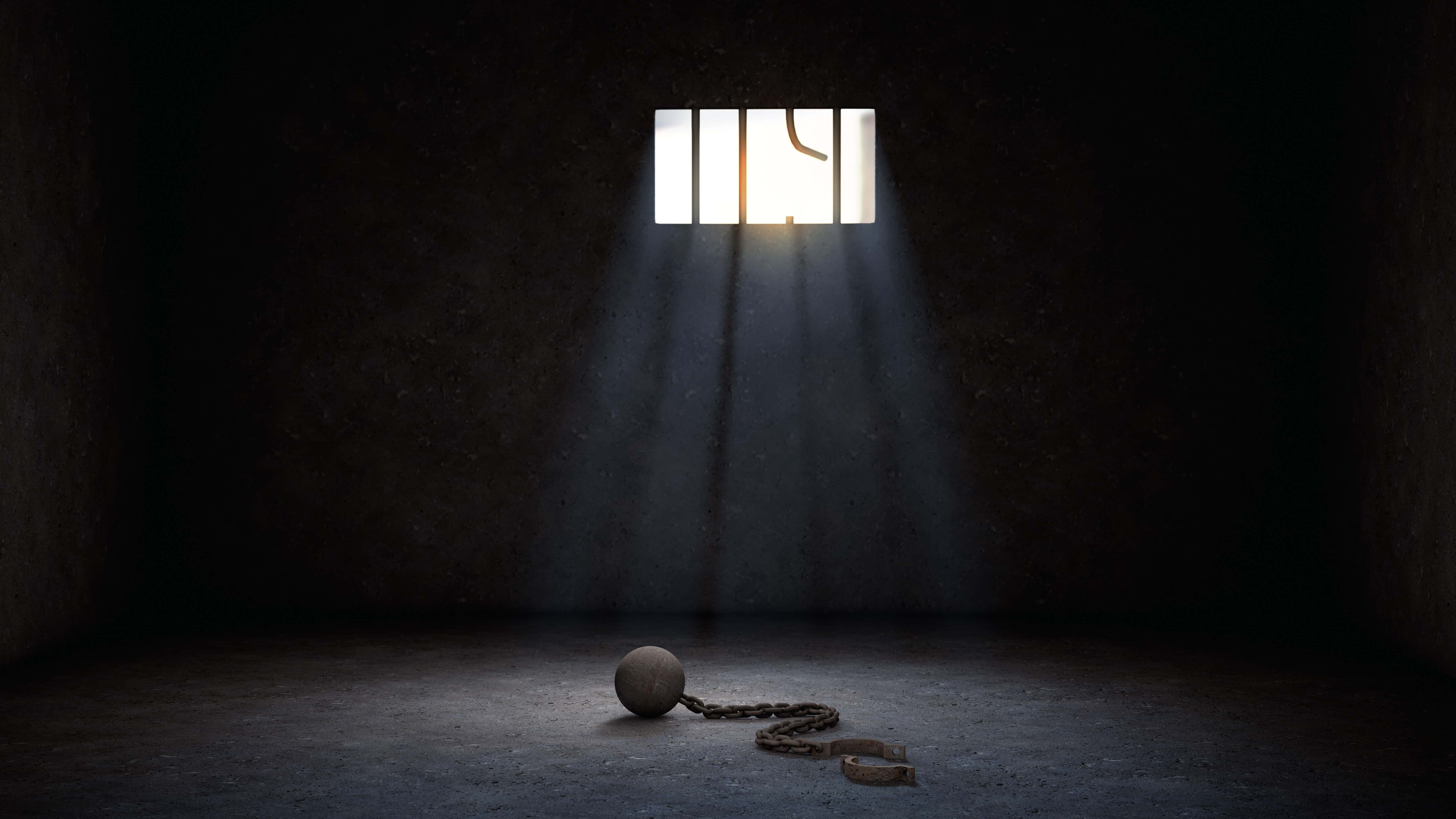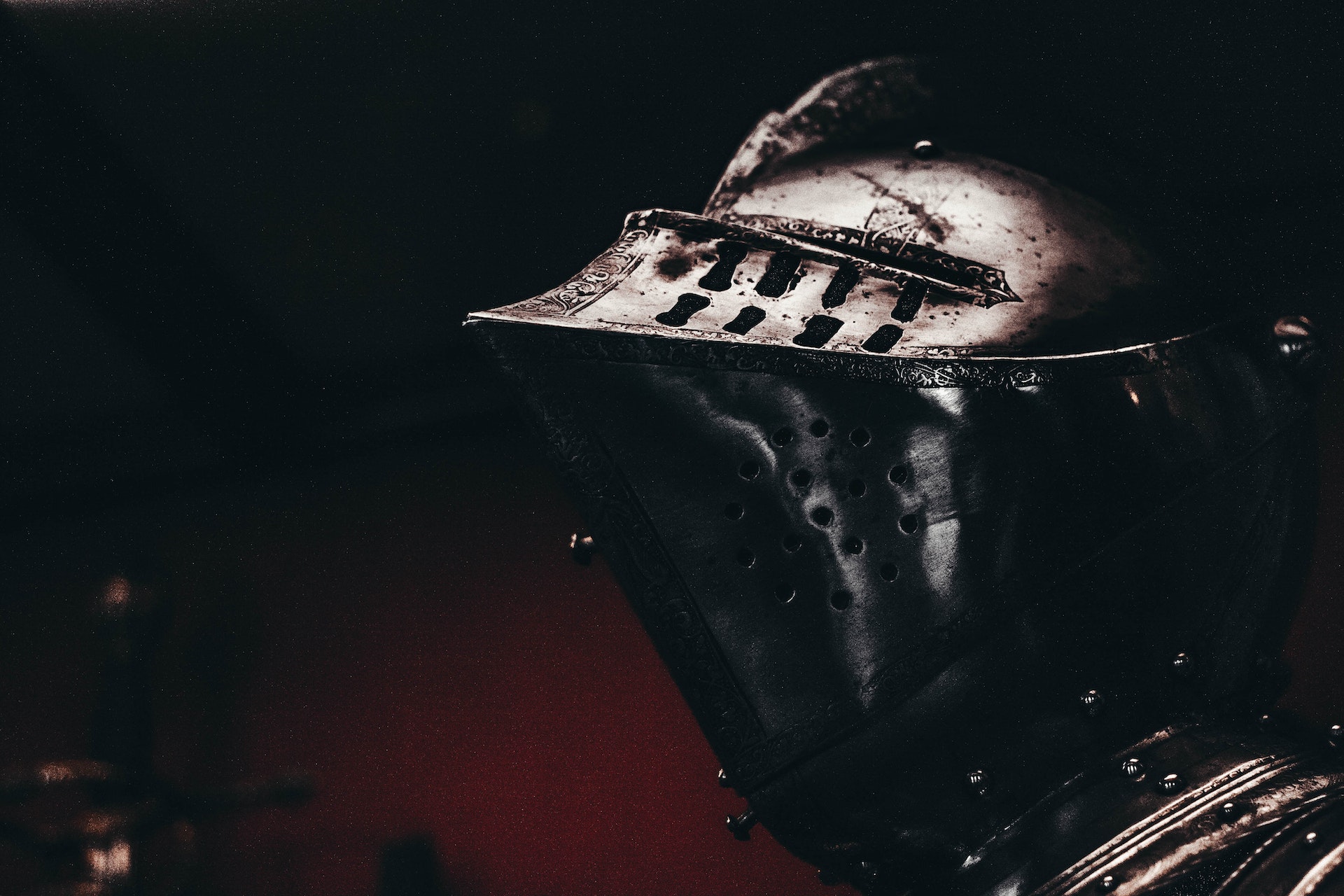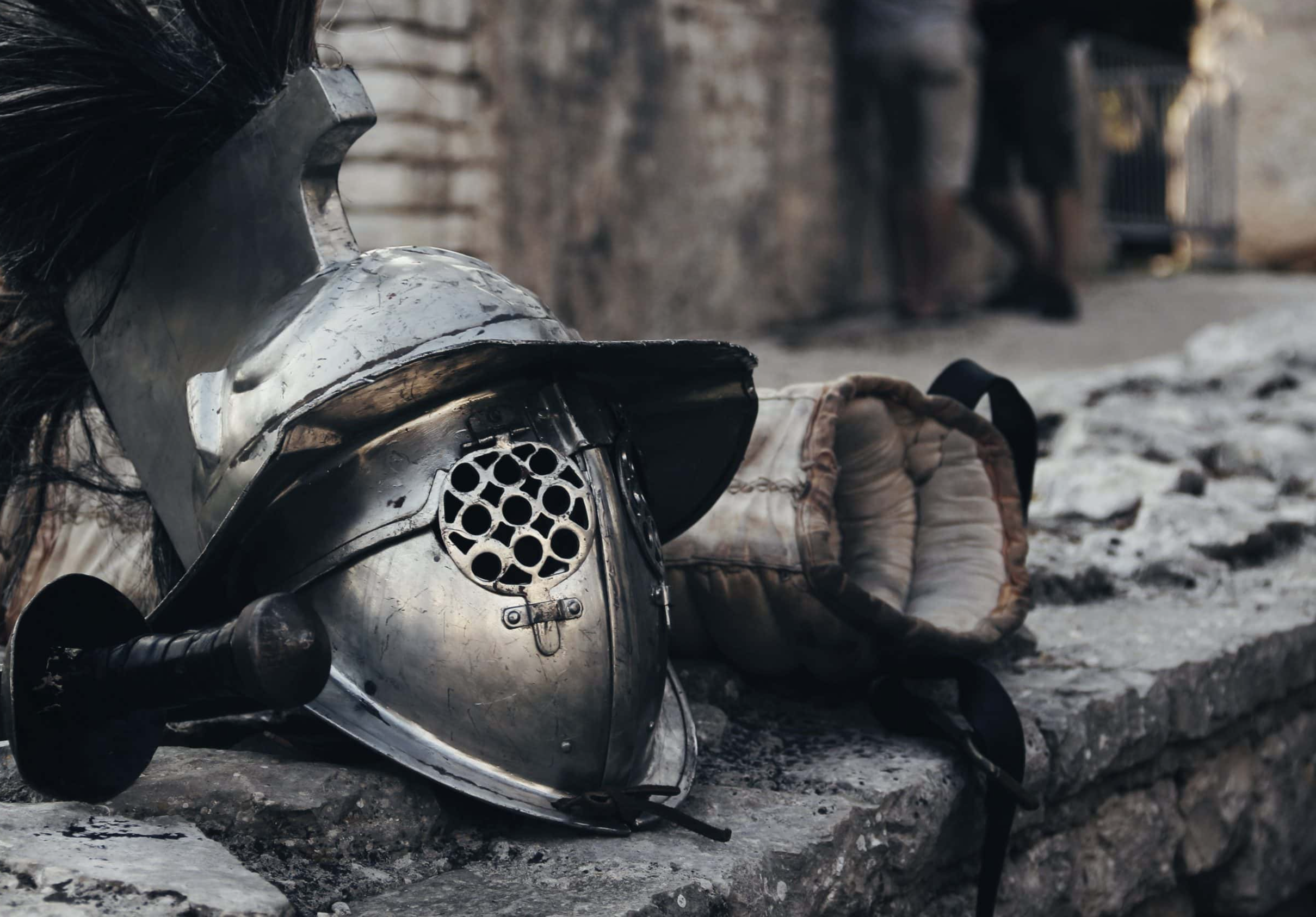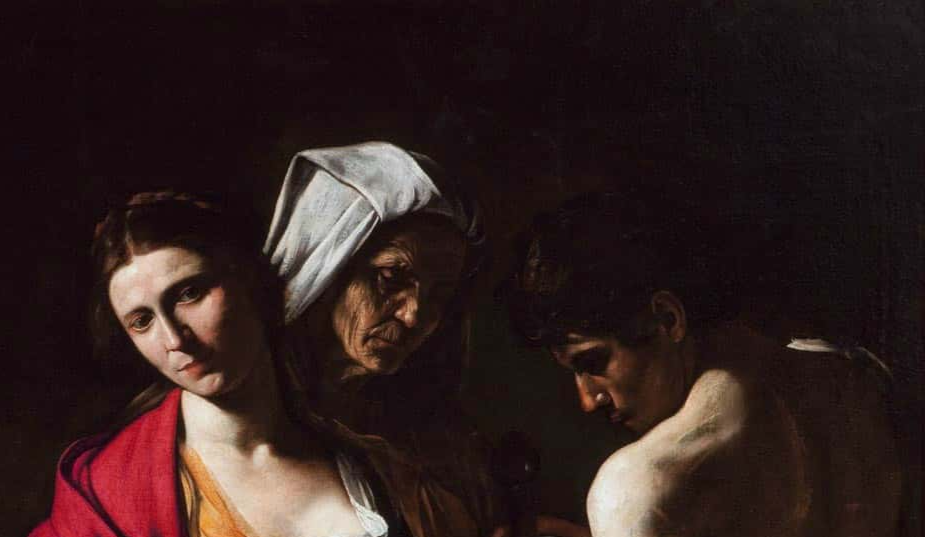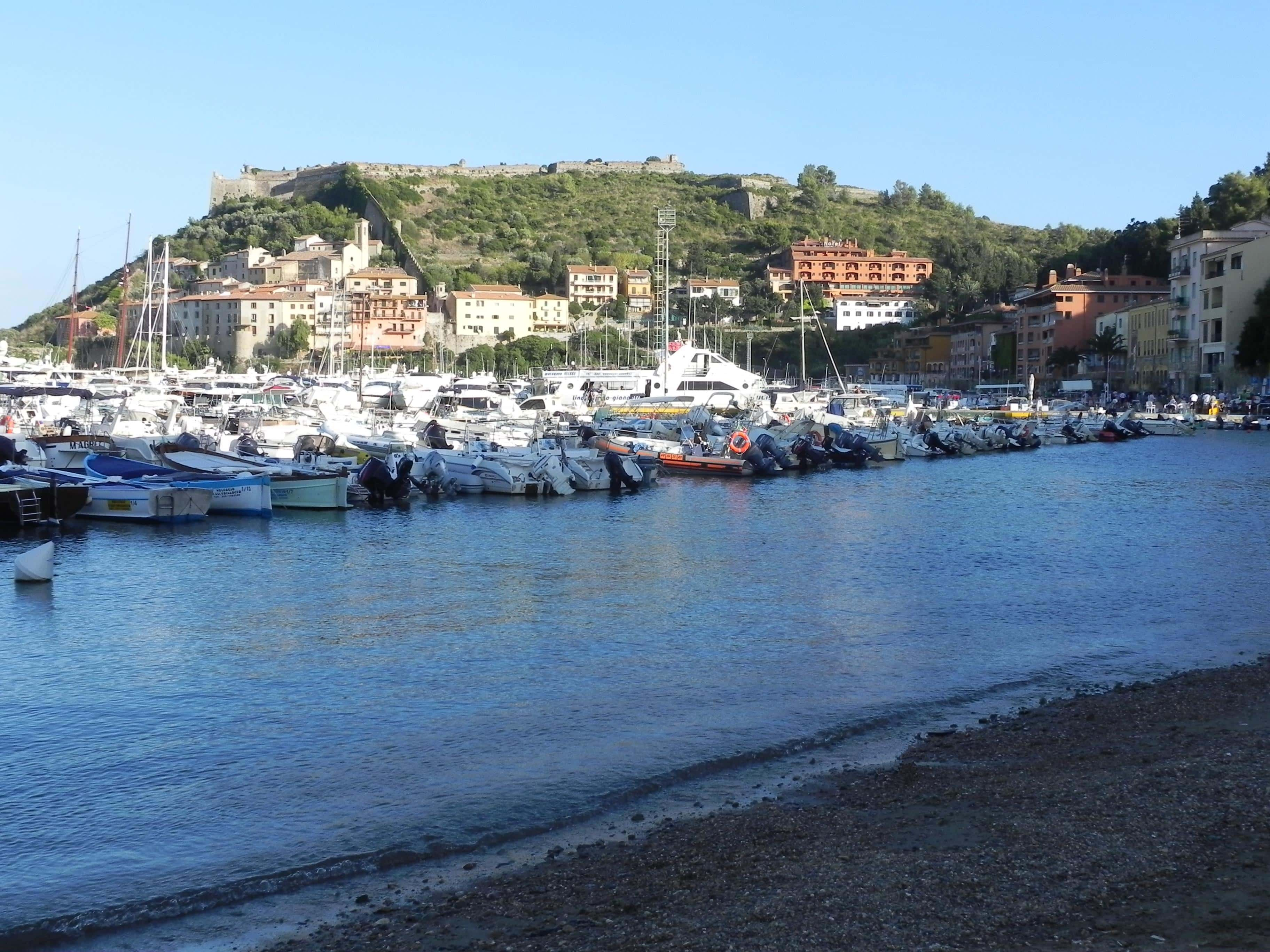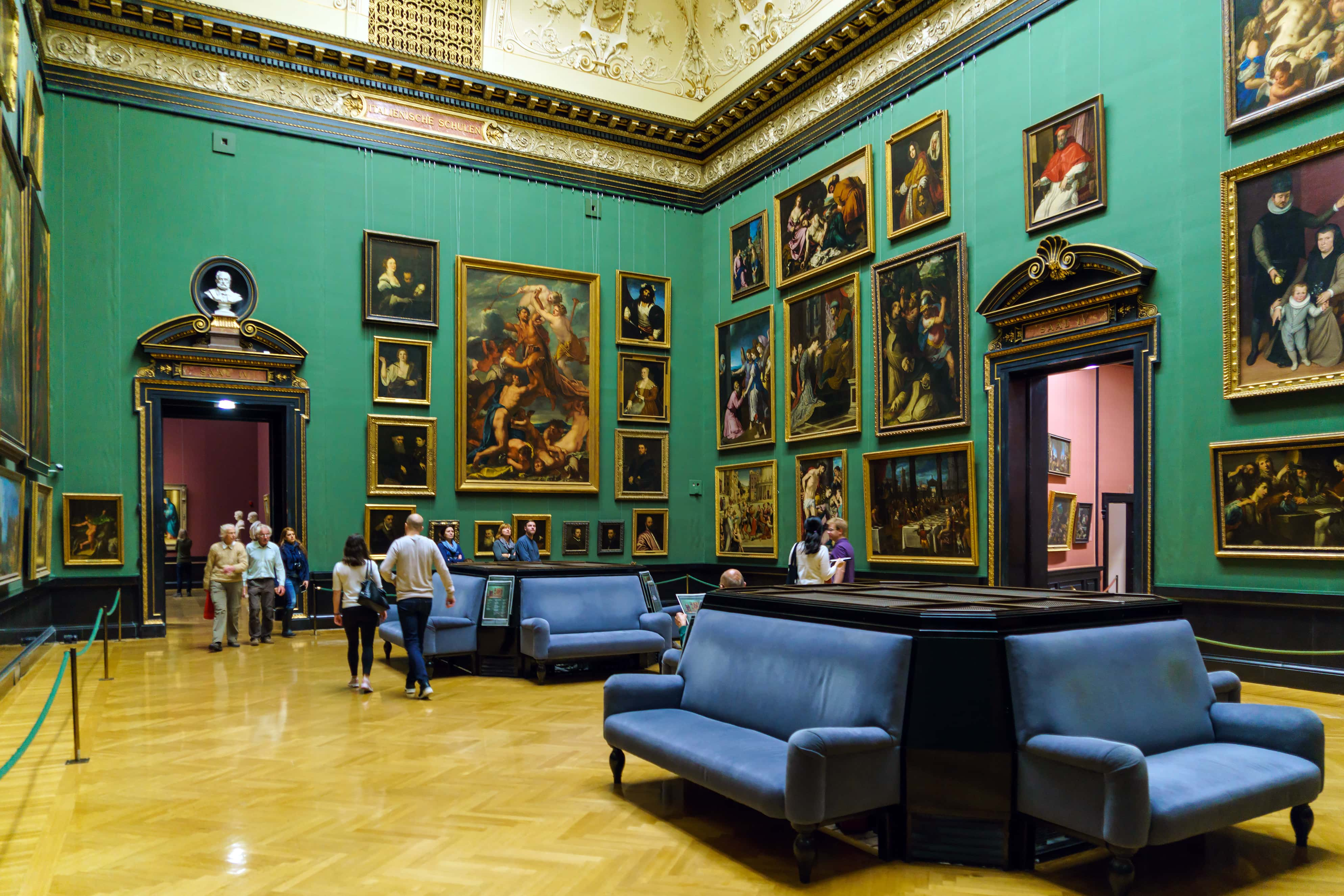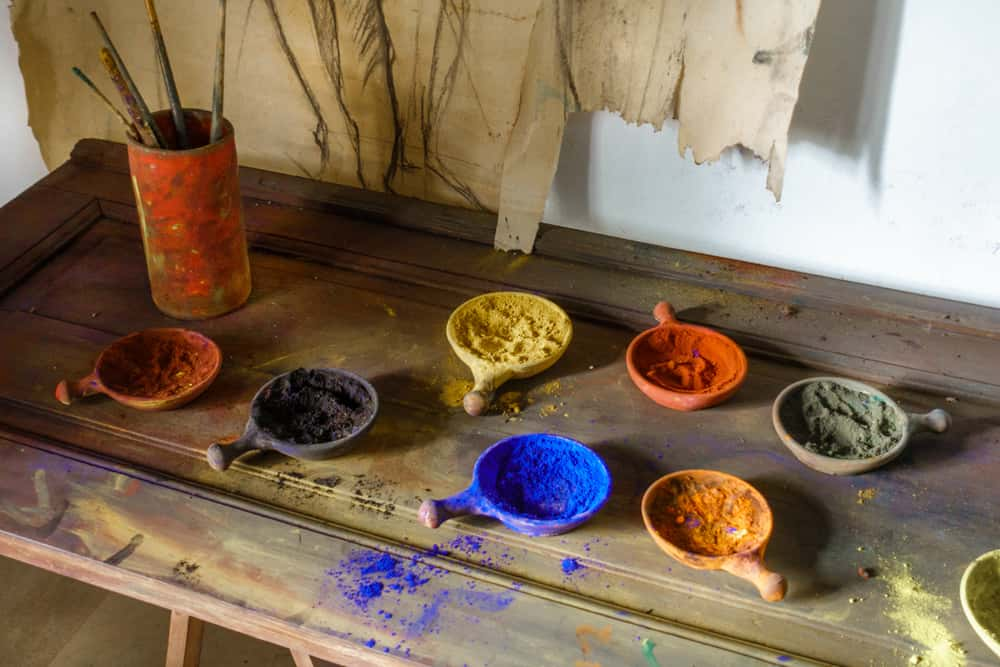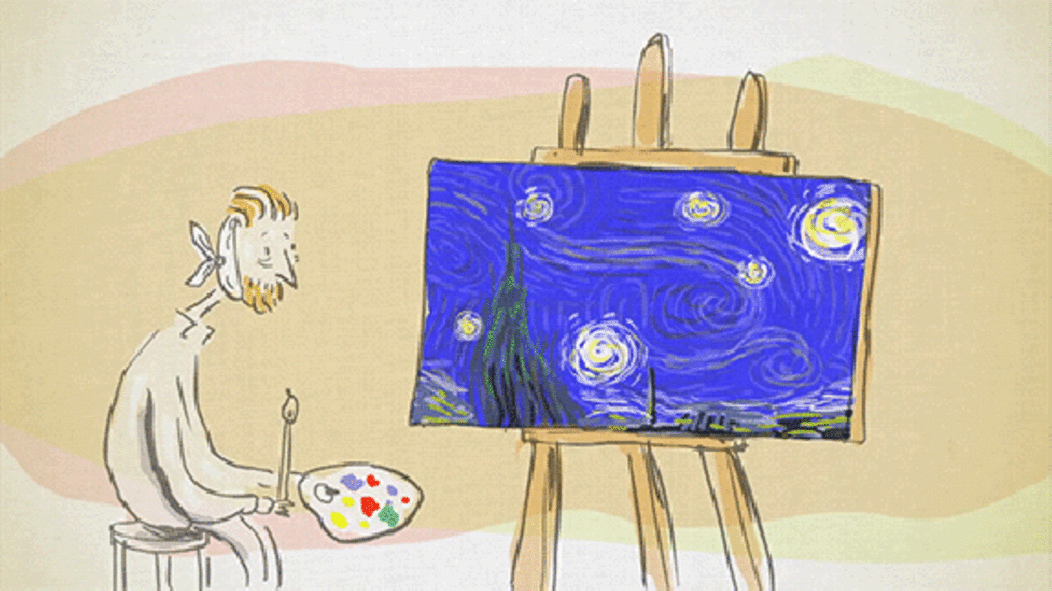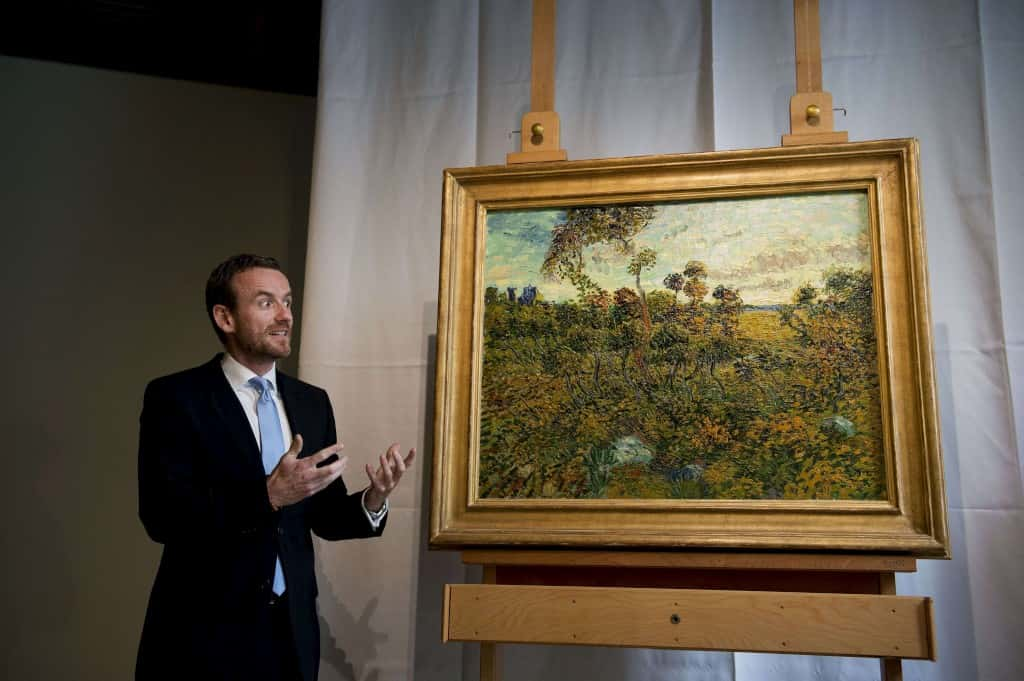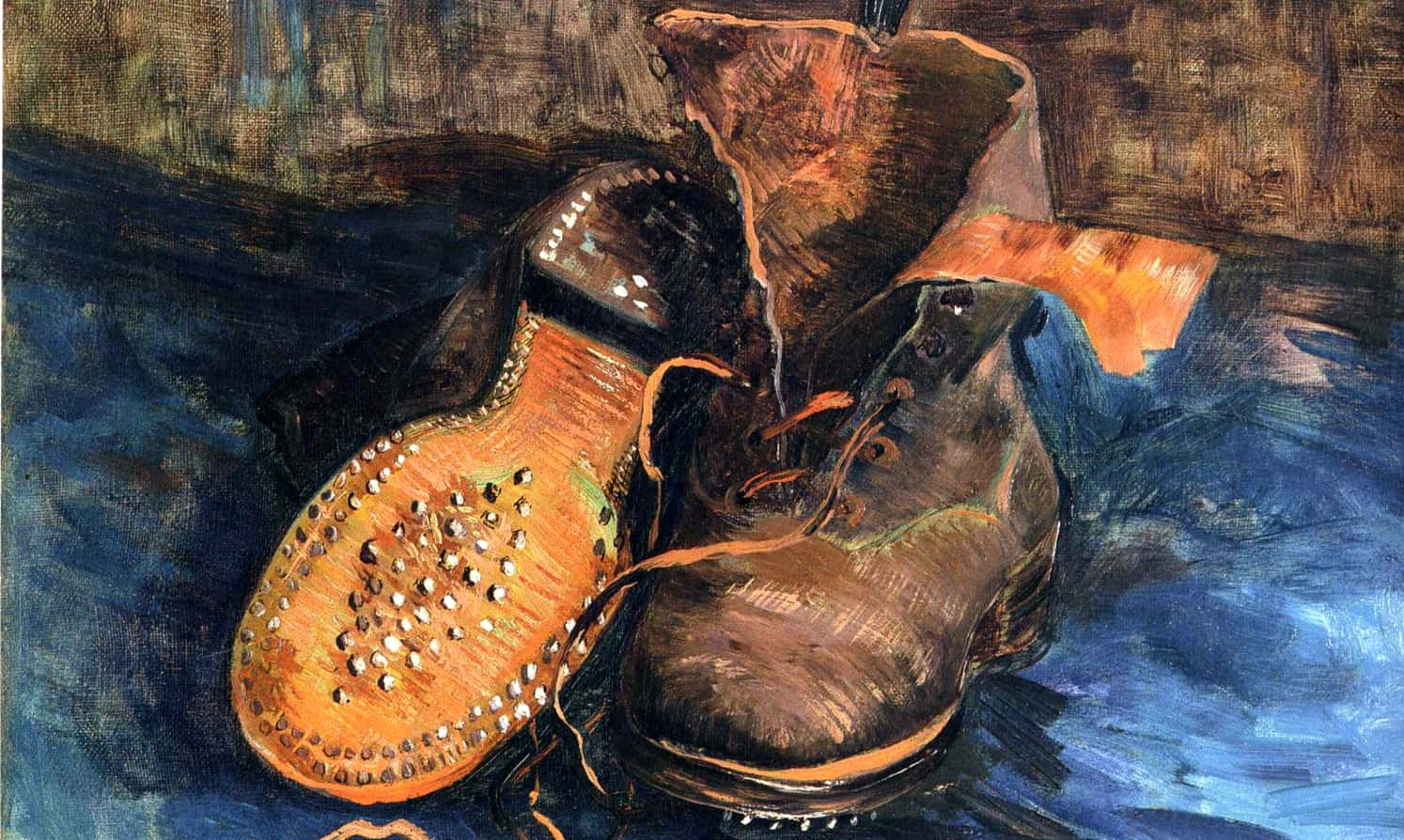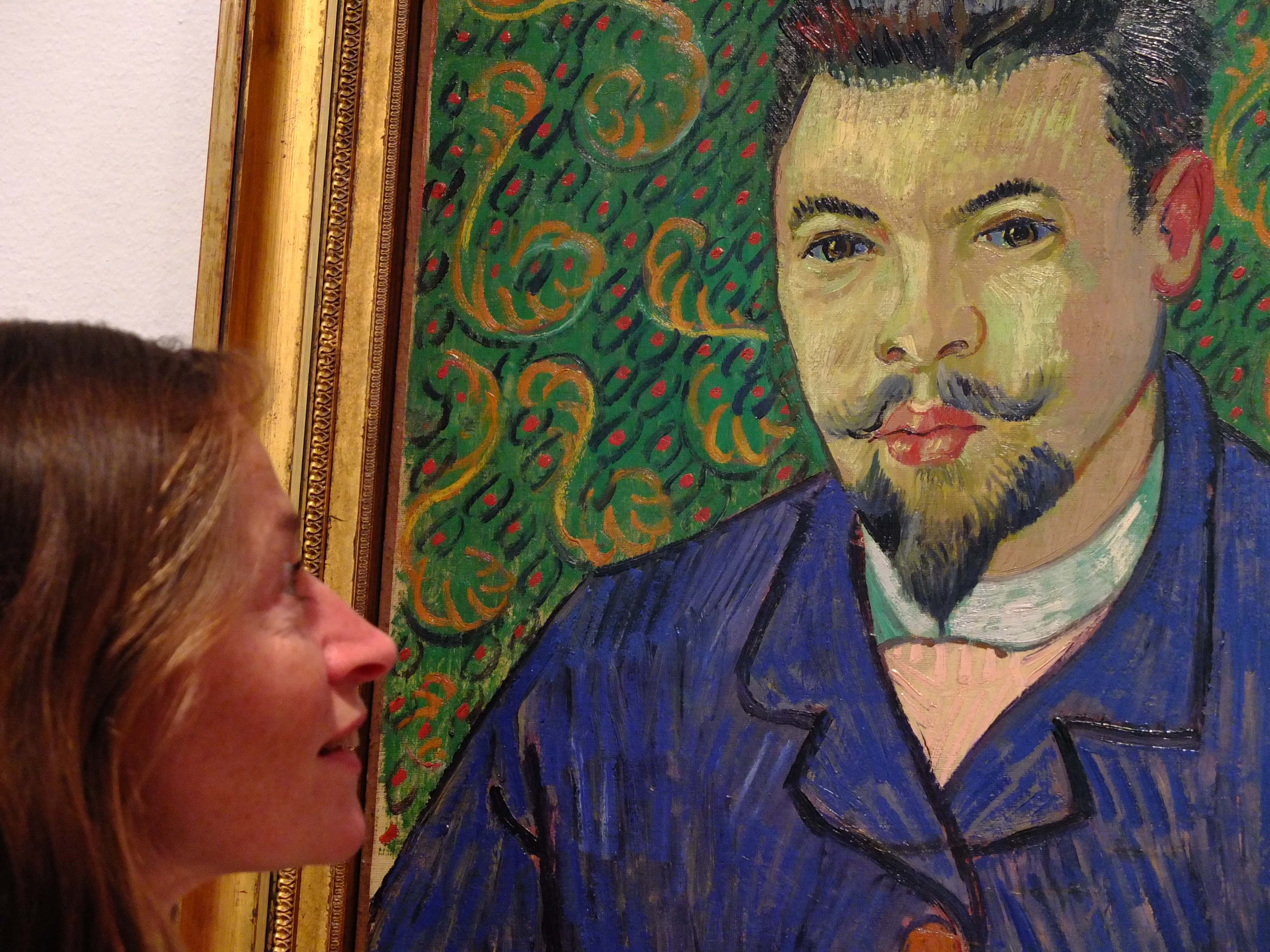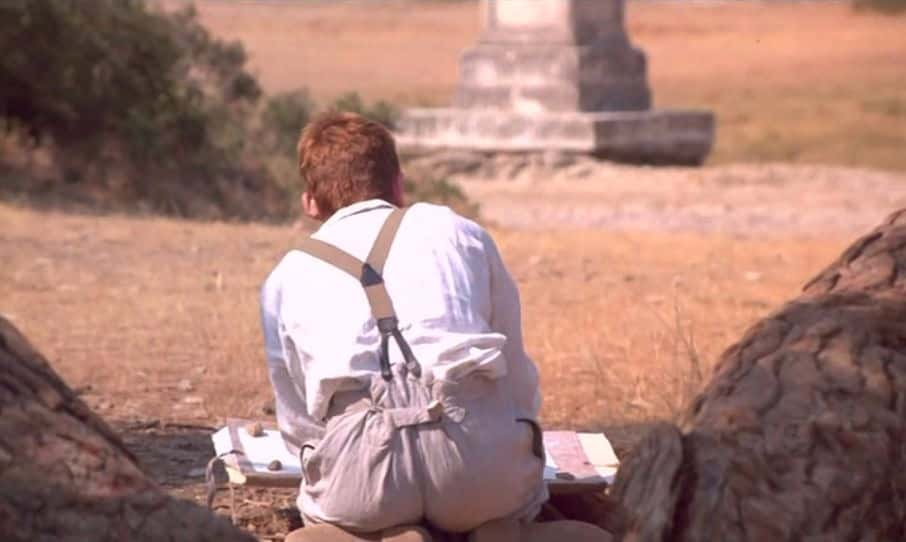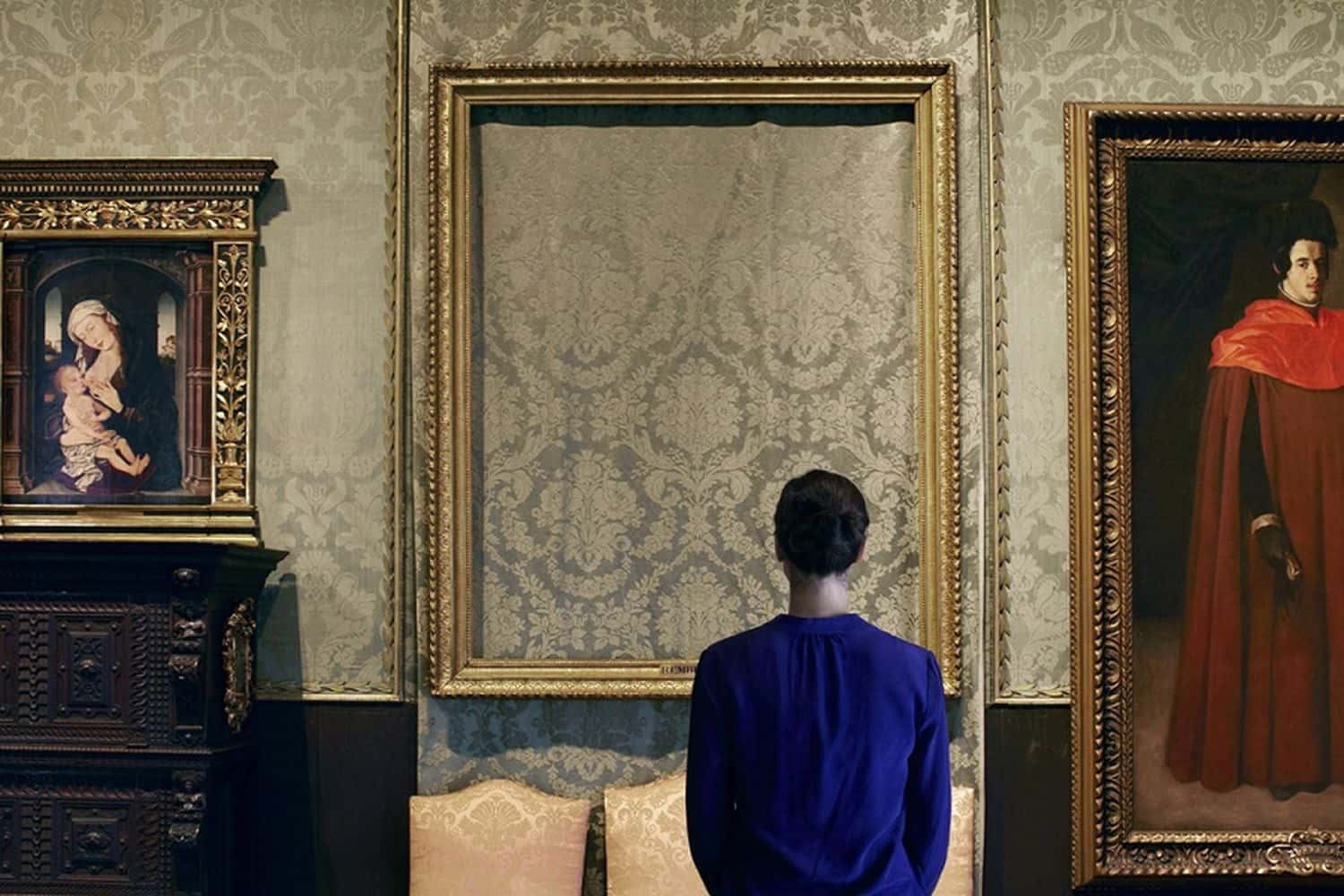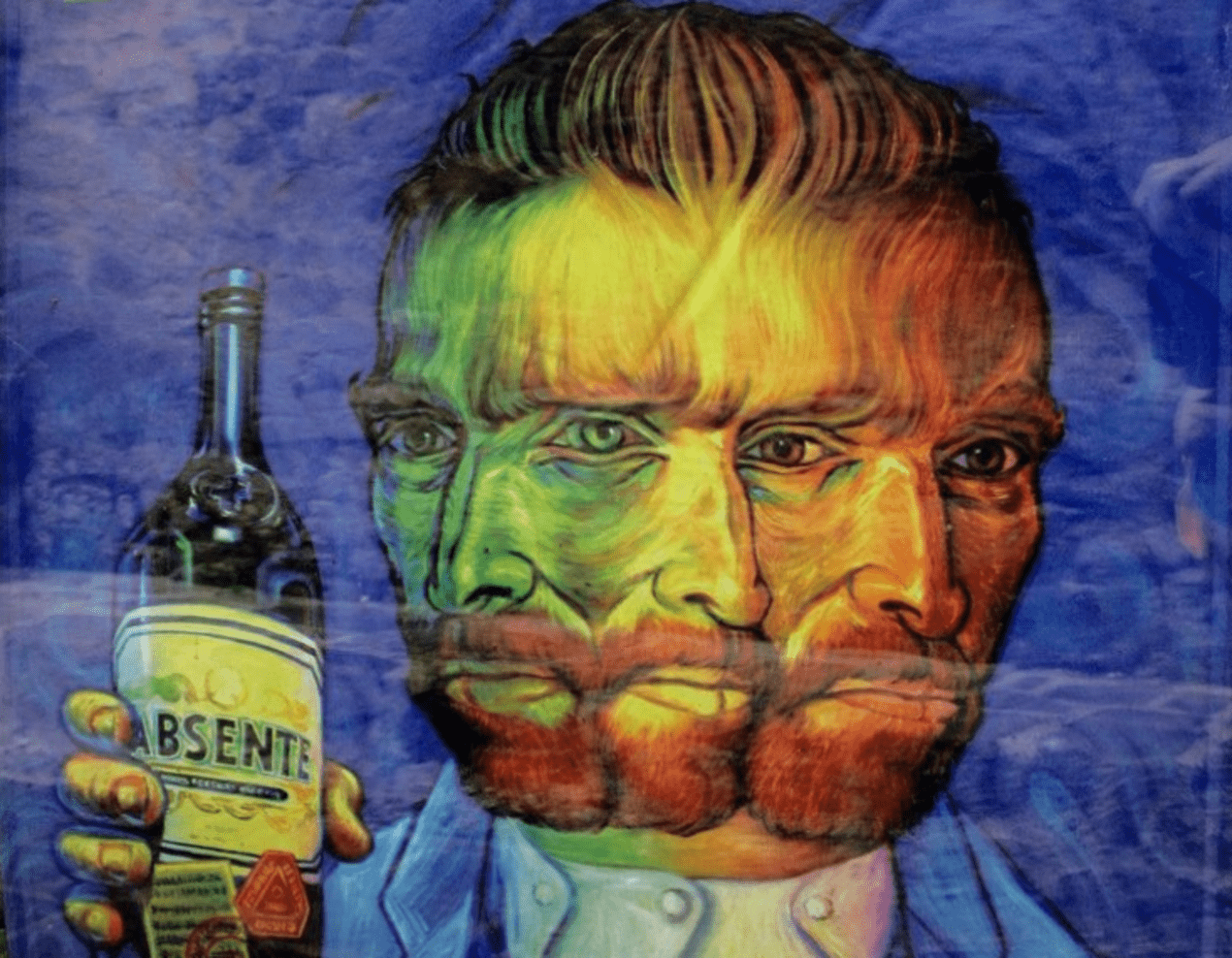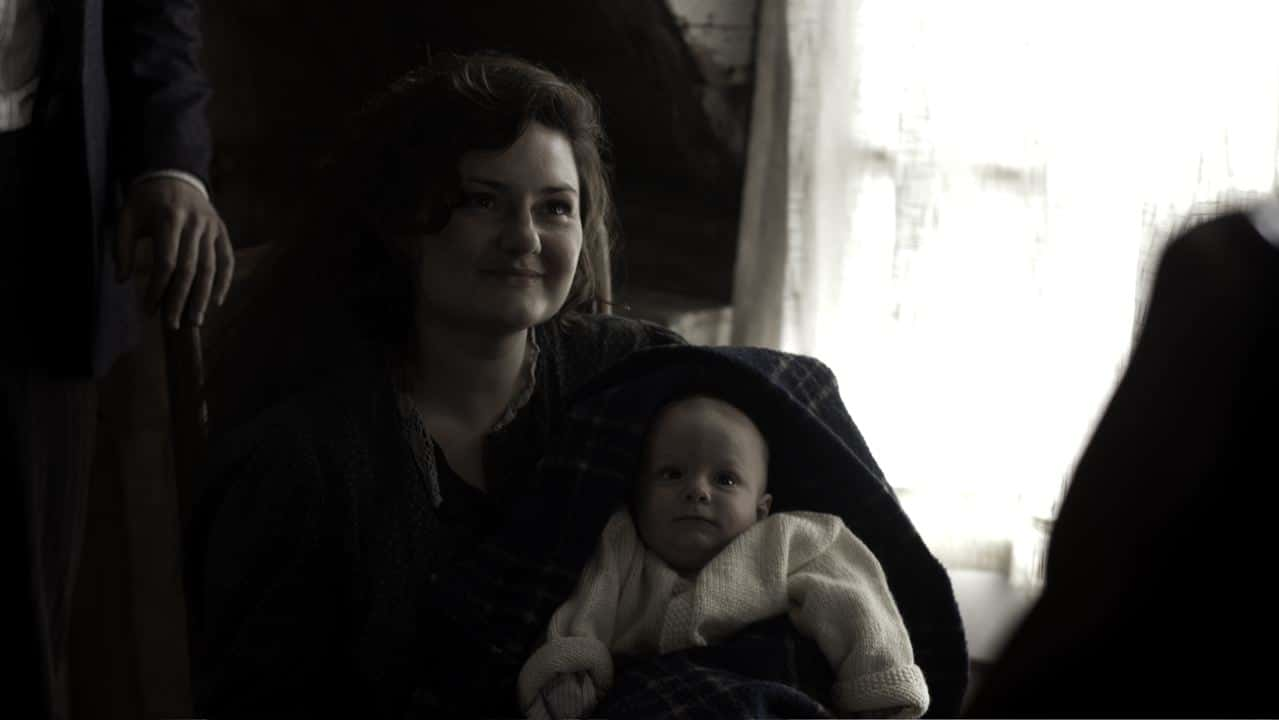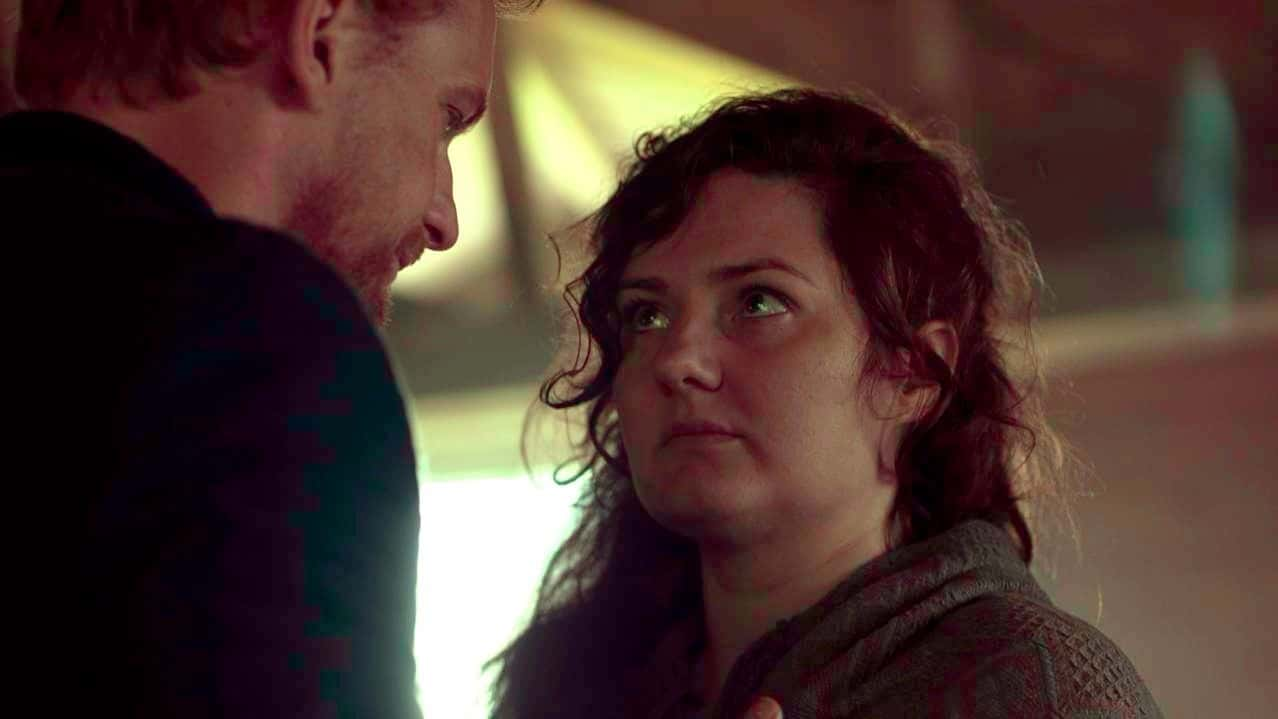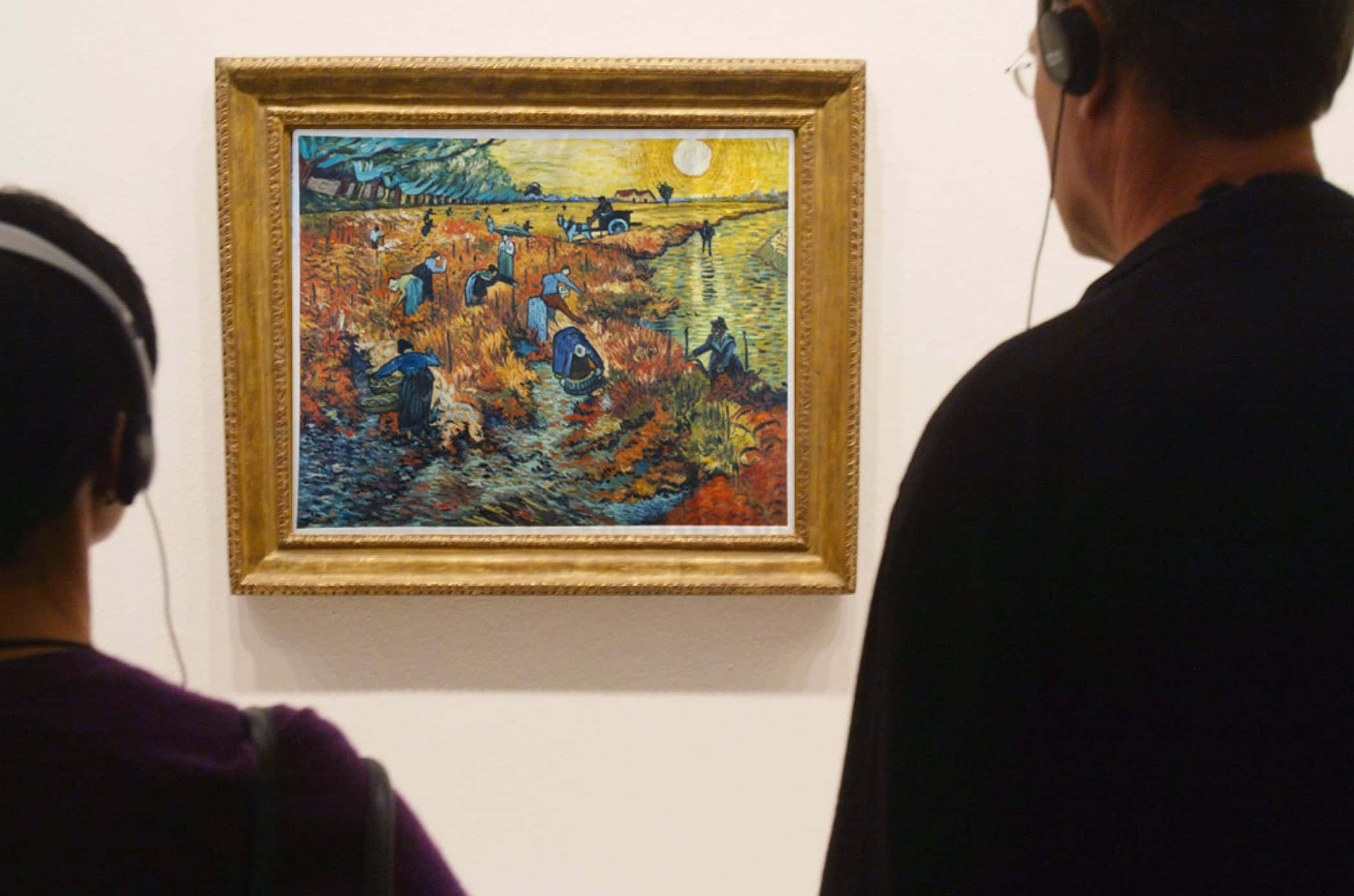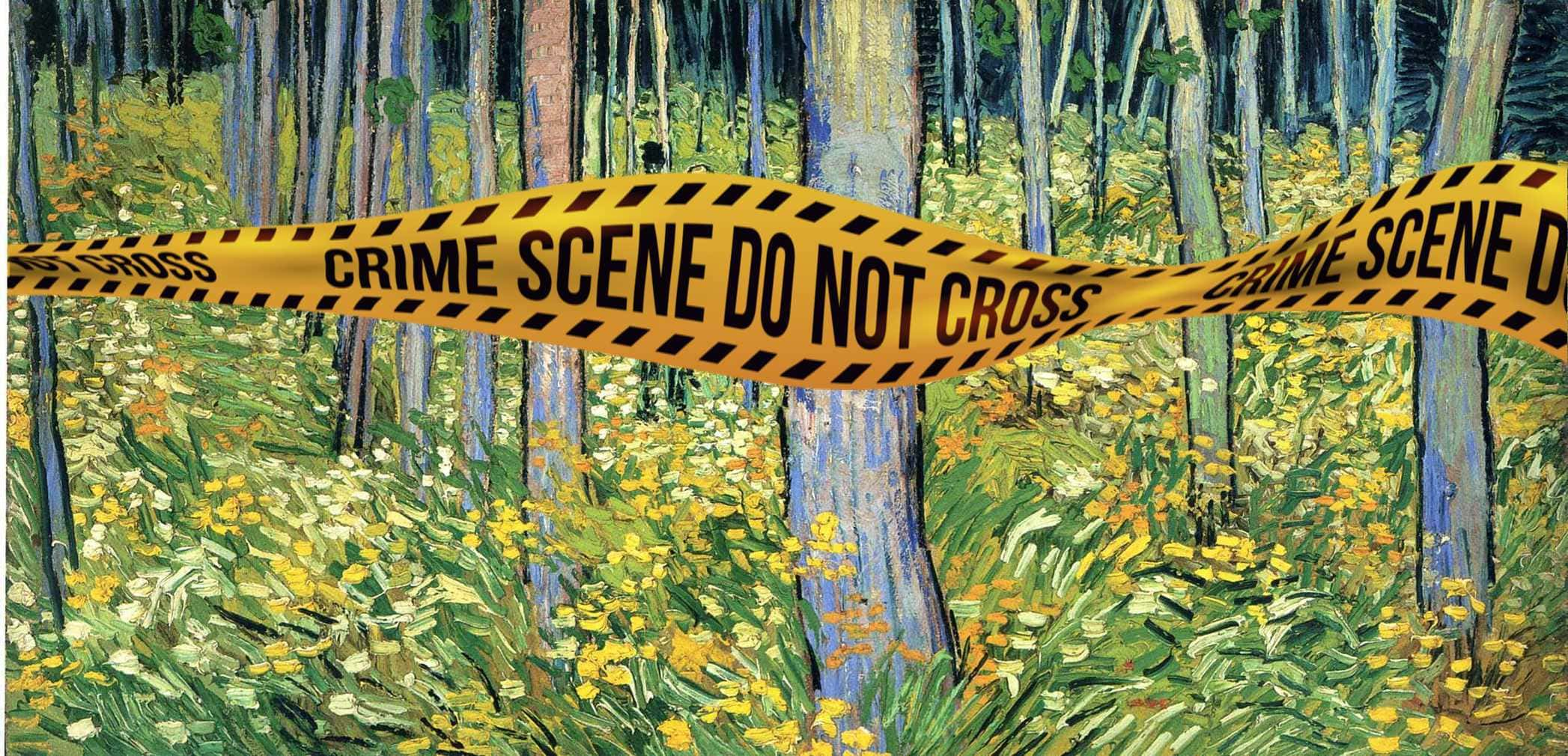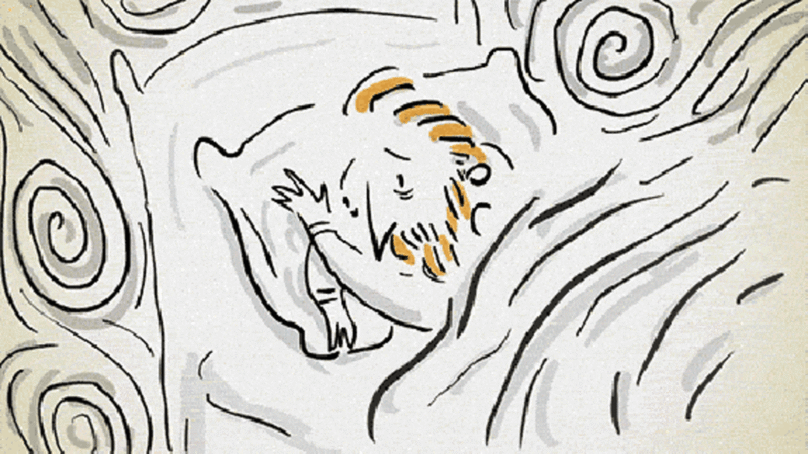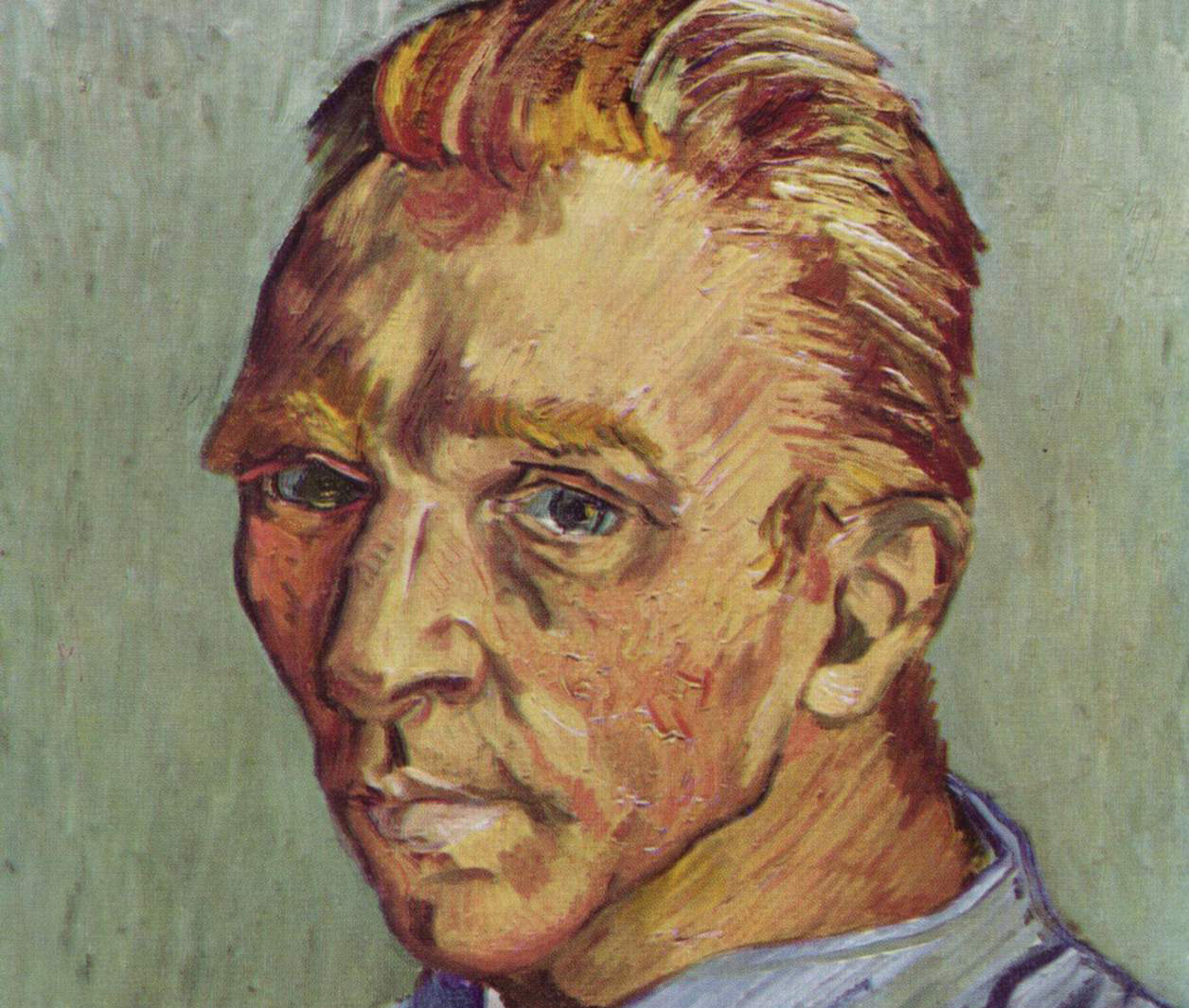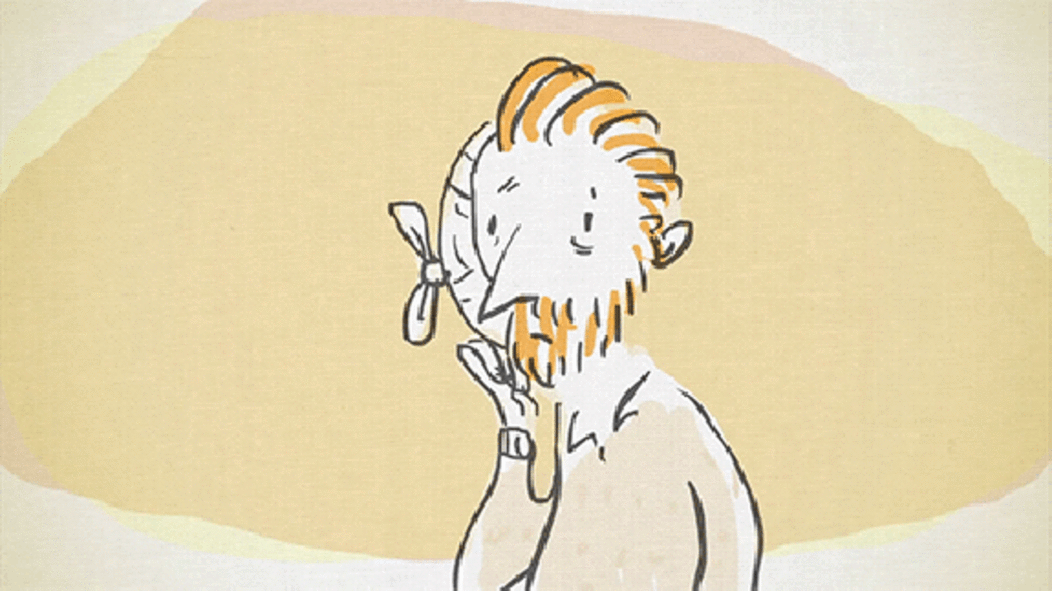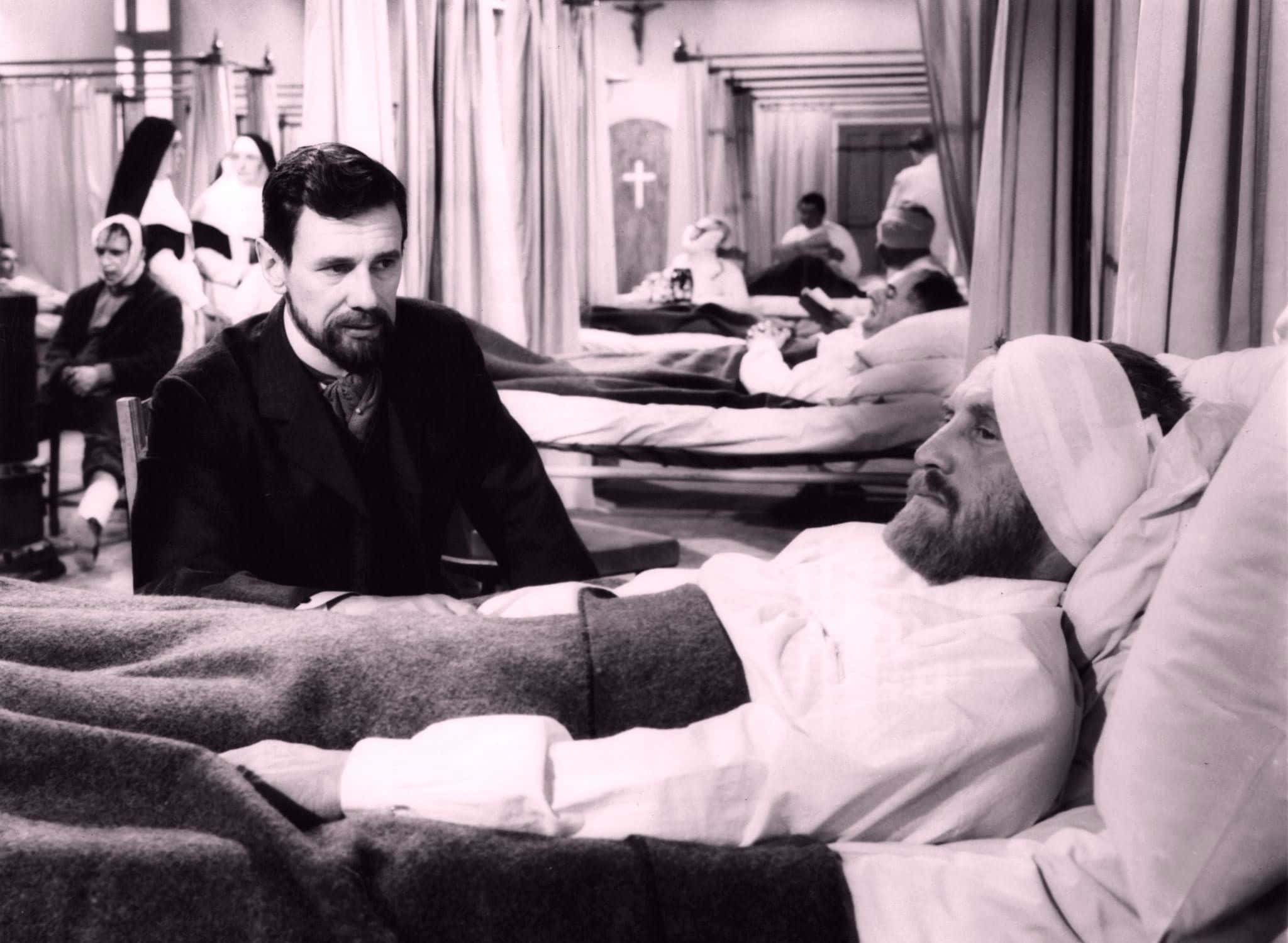History has seen many great artists, and they all seem to have something in common—they all lived dramatic lives. From wild affairs and brutal tempers, it seems to take a damaged mind to create great art. Don't believe me? Then read on and see for yourself.
1. Quite the Pedestal!
Rare for geniuses, Michelangelo was definitely appreciated in his time. Through his art and his memorable character (more on that later), the people of Italy adored this figure. One of his most popular monikers was “Il Divino,” which means “The Divine".

2. A Contractor’s Dream
Michelangelo worked on the Sistine Chapel’s ceiling from July 1508 to October 1512 to complete. That’s more than four years, in case anyone hates math.
3. Rivals to the Core
Michelangelo apparently utterly hated another Renaissance master. According to Giorgio Vasari, Michelangelo deeply disliked Leonardo Da Vinci, who was his contemporary during the Renaissance (though Michelangelo was 23 years younger than Da Vinci). The feeling was mutual, given that they were both highly independent and respected figures with opposing views on art.
4. Hang On, What?!
It wasn’t just Leonardo Da Vinci with whom Michelangelo had a rivalry. Raphael was also an older and established artist whose turf was being challenged by Michelangelo. Ironically, Raphael provided Michelangelo with the perfect opportunity to outshine him when Pope Julius II asked Raphael to paint the ceiling of the Sistine Chapel.
Raphael turned it down, and instead suggested that Michelangelo take the job.
5. Bluff: Called
You might be wondering why Raphael would turn down that incredible opportunity to paint the Sistine Chapel’s roof and persuade the Pope to ask a younger up-and-coming rival to do it instead. Allegedly, Raphael was convinced that Michelangelo’s skills were strictly focused on sculpting, so he hoped that Michelangelo would make a mess of the paint job and destroy his own reputation.
Sadly, for Raphael, Michelangelo was a perfectly capable candidate for the task, as anyone who’s seen the Sistine Chapel can tell you!
6. I Sold Out
For all that Michelangelo is remembered for the painting which adorns the ceiling of the Sistine Chapel, he really hated being involved. What people tend to forget about Michelangelo is that while he was an incredible painter, he wasn’t fuelled by passion when it came to the art form. Michelangelo was, above all else, a sculptor, and he considered sculpting the epitome of high art.
However, he also needed money, and he couldn’t turn down the painting gig, even though it was a job that would take him years to complete!
7. Can I Have Your Autograph?
One of the most famous artistic works of Michelangelo is undoubtedly the statue called the Pieta. The conventional interpretation of the piece suggests that it portrays the Virgin Mary cradling her son, Jesus Christ, who is no longer alive.
Interestingly, it’s the only work of Michelangelo’s that he signed. The signature was allegedly added in a fit of injured pride when Michelangelo overheard someone wrongly name another artist as being responsible for the sculpture.
If Michelangelo’s biographer, Giorgio Vasari, is to be trusted, Michelangelo greatly regretted his carving his own name into the Pieta and vowed to never be so prideful with his work again.
8. Wunderkind
Two of Michelangelo’s most famous works (David and the Pieta) were completed before he was 30 years old!
9. Why Not Try to Break His Hands Instead?
During his teen years, Michelangelo was living under the patronage of Lorenzo de Medici when his incredible talent absolutely infuriated a young rival named Pietro Torrigiano.
While most of us would just whine and give our rival the cold shoulder, Torrigiano was more hot-blooded and direct than that—and his jealousy turned violent.
As he would later boast, he broke Michelangelo’s nose so badly that it was damaged for the rest of the master artist's life. Honestly, given how none of you knew Torrigiano’s name before we mentioned him, we’d say Michelangelo came off better in history.

Sign up to our newsletter.
History’s most fascinating stories and darkest secrets, delivered to your inbox daily. Making distraction rewarding since 2017.
10. Fake it Til You Make it!
Early in his career, Michelangelo and Lorenzo de Medici devised a particularly cunning plan to deceive in the art world.
Michelangelo carved a statue of Cupid in the style of Ancient Greek architecture. When his patron saw how good it looked and how much it resembled the older statues, de Medici suggested that they muddy it up, make it look a bit old, and sell it as an antique!
Ultimately, the cardinal to whom they sold it found out it was a fake, but he was actually so impressed with Michelangelo’s skills that he invited the man to Rome to make some real artwork!
11. Michelangelo the Anatomist
Besides his extensive artistic endeavors, Michelangelo was fascinated by dissections. Allegedly, he was even given a cadaver by a friend of his for his own personal studies!
12. Joke’s on You!
There might be a scandalous secret hidden in one of Michelangelo's most famous paintings. Several scholars have noted that the shape behind the image of God in The Creation of Adam forms a highly accurate shape of the human brain. Michelangelo, of course, wouldn't have been able to replicate a brain's shape so accurately without his keen interest in dissections.
It's important to note that such practices were strongly prohibited during his time.
That he would sneak a hint of dissection into one of the most religious paintings he ever made is nothing short of incredible!
13. Touchy Guy…
Although he was one of the greatest artists of all time, Michelangelo wasn’t the best conversationalist. He was known to abruptly leave conversations, sometimes mid-sentence, without any explanation or excuse.
If you were to call him out for that, you also risked inflaming his very short temper, which was also known to flare up for any small reason.
14. It’s Possible
It’s been theorized that Michelangelo actually had some form of autism. The theory claims that since he was deeply antisocial, suffered from a volatile disposition, and was utterly obsessed with his craft, Michelangelo may have had high-functioning autism or perhaps Asperger’s syndrome. Of course, this is just a theory based on some of Michelangelo’s noted traits, and we’ll likely never know for sure.
15. What a Guy!
Contrary to popular belief, Michelangelo didn’t paint the Sistine Chapel’s ceiling while lying down. Instead, he painted while standing upright on a platform which extended across the ceiling.
It’s worth noting that this meant he was never able to look at any more than a few inches of the ceiling at a time, so the fact that he was able to do such an incredible job speaks volumes to his talent!
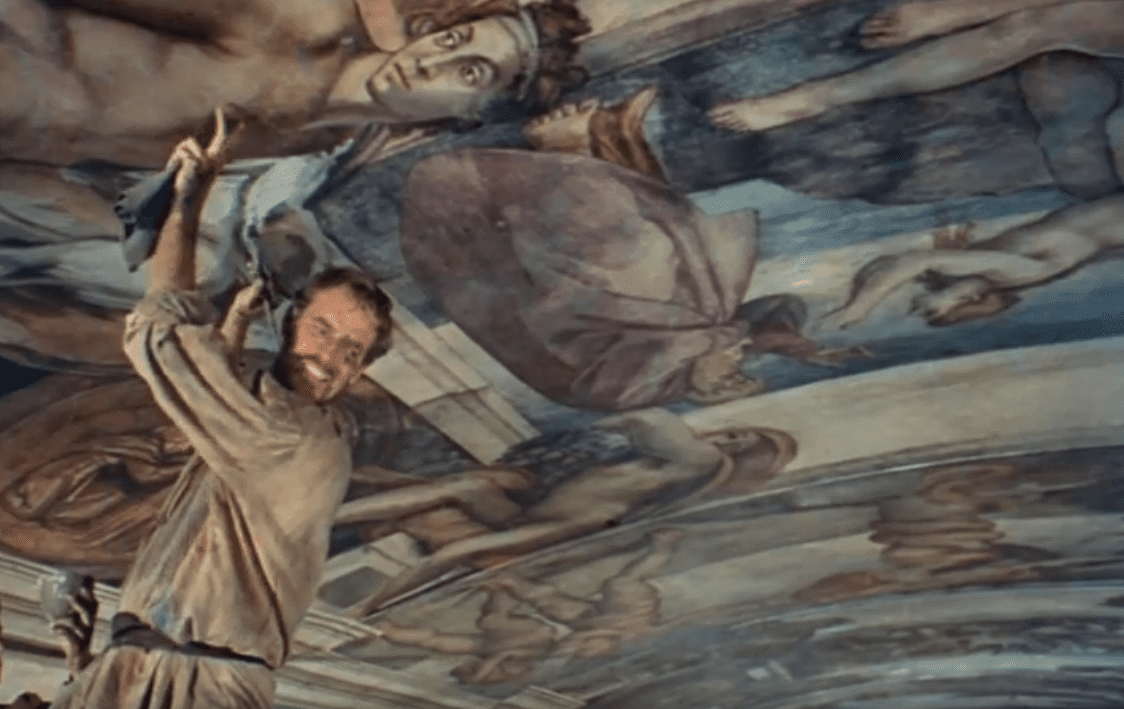 The Agony and the Ecstasy, Twentieth Century Fox
The Agony and the Ecstasy, Twentieth Century Fox
16. Imagine What They’d Be Worth Now!
Despite the thousands of drawings and sketches that Michelangelo made in his lifetime, only about 600 of them survive today.
Given how valued his art is, one might wonder what could possibly have happened to all that priceless evidence of a genius’s work. The answer is that Michelangelo cheerfully burned most of his sketches within his own lifetime!
Historians are still unsure as to why he did it, with vanity being one explanation that’s offered.
17. That is Disgusting!
For all that he was in demand as an artist, Michelangelo was the kind of guy you’d cross the street to avoid. We are talking, of course, about his personal hygiene problem—in that he had no personal hygiene. Even for a time period when bathing was a luxury and not deemed important, people complained about how little Michelangelo washed himself.
He was also terrible about changing out of his clothes. According to an assistant of his, Michelangelo would spend so much time wearing his shoes without ever taking them off that when he finally did take off his footwear, “the skin came away, like a snake’s, with the boots". Excuse us while we go vomit.
18. What a Twist!
While it’s always been assumed that the Pieta depicts Jesus and his mother, Mary, some have brought up the oddity of why Mary looks younger than her own son. These suspicions were given newfound standing in 2010, when a terracotta prototype for the famous statue was discovered in Rome.
Interestingly, the prototype features Cupid, the famous figure associated with love.
This has led to a theory that it isn’t the Virgin Mary being depicted in the Pieta, but rather Mary Magdalene, and she is being depicted as Jesus’ grief-stricken lover. This theory is, of course, hotly disputed, but it is nevertheless an intriguing idea.
19. Everyone’s a Critic!
In case you thought that people freaking out about things they consider to be “inappropriate” is only limited to the 21st century, you are deeply underestimating the human race. While Michelangelo was painting the ceiling of the Sistine Chapel, there was a significant uproar among certain groups during that era regarding the amount of unclothed figures that Michelangelo was incorporating into his artwork.
Pope Paul III was confronted by his master of ceremonies, Biagio da Cesena, over the fact that Michelangelo’s masterpiece was “no work for a papal chapel but rather for the public baths and taverns". Ouch!
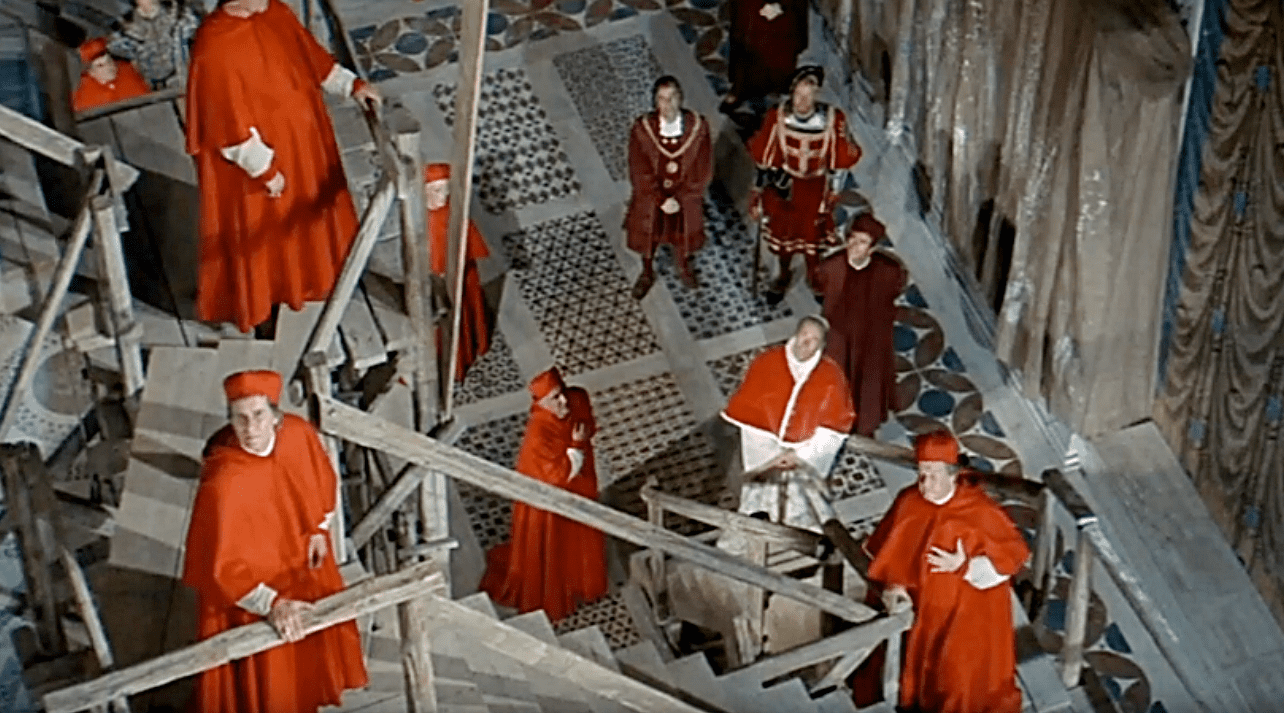 The Agony and the Ecstasy, Twentieth Century Fox
The Agony and the Ecstasy, Twentieth Century Fox
20. The Last Judgment? I Call it the Last Laugh!
You might be wondering what Michelangelo himself thought of Biagio da Cesena’s accusations that The Last Judgment was too vulgar of a painting for the Sistine Chapel. Well, it turns out that Michelangelo decided to insert de Cesena into the painting!
His image exists in this incredible work of art…as a demon with donkey ears.
To add insult to injury, Michelangelo made sure to cover de Cesena’s manhood (can’t offend the man’s sensibilities after all) and he did so by having a snake bite the entire thing whole. We’re guessing Michelangelo walked away as the winner.
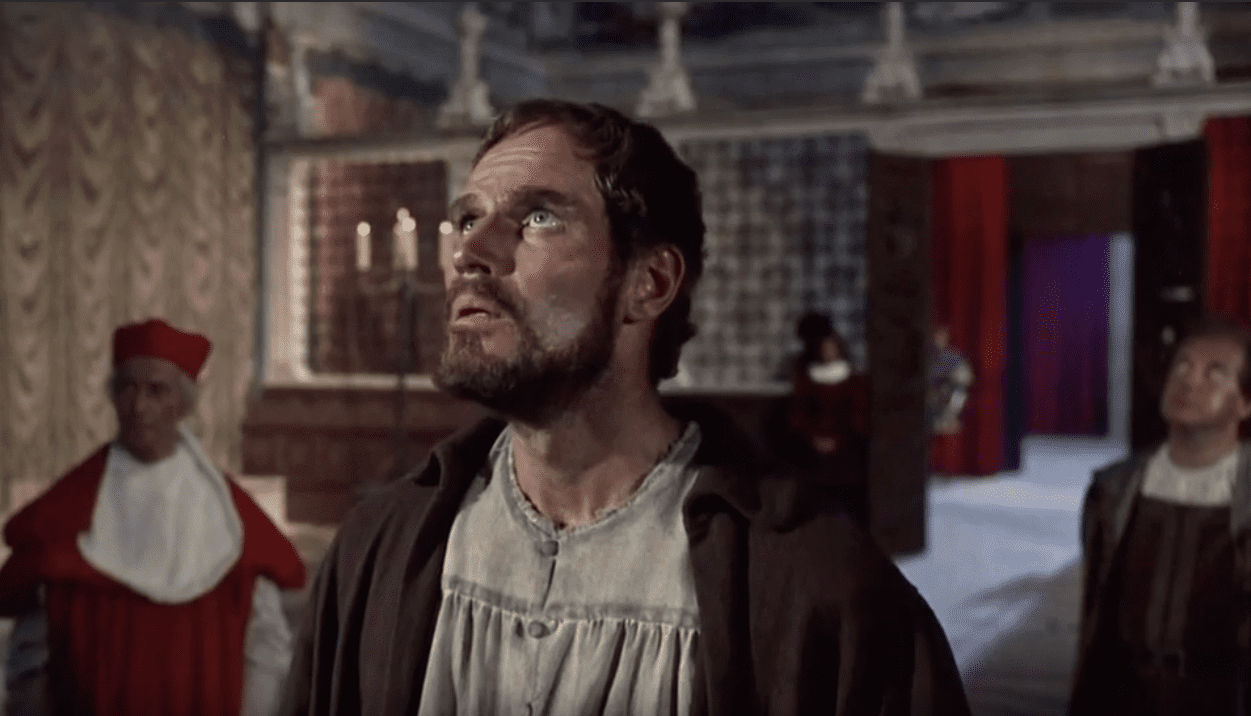 The Agony and the Ecstasy, Twentieth Century Fox
The Agony and the Ecstasy, Twentieth Century Fox
21. What a Piece of Work!
More than 40 years before Michelangelo ever carved the statue of David, a marble slab nicknamed “the Giant” was quarried. However, it was unclaimed for decades because it was deemed too long and slender, and it wasn't of the highest quality.
By the time Michelangelo chose it for his next artwork, the slab was deteriorating, rough-looking, and already marked by chisels.
22. On Borrowed Time
Despite anyone’s skepticism, Michelangelo was convinced that he’d make a masterpiece out of that old marble slab. The result was, of course, the 17-foot masterpiece known as David. However, there was a serious downside to Michelangelo’s choice of rock: Analyses of the statue indicate that it is deteriorating at an alarming rate.
23. Foreshadowing
Pablo Picasso was born in the city of Malaga, Spain, in 1881 to José Ruiz y Blasco and María Picasso y López. His father was a painter and art professor, and it seems as though he passed that talent along to his son.
According to his mother, young Pablo's first word was “piz,” which is a shortened version of lapiz, the Spanish word for pencil.
If that's not an omen of some kind, I just don't know what is.
24. Busy Schedule
Picasso’s art career lasted a whopping 78 years, and he sure kept busy during that time. Over his life, he created over 147,800 works of art! These included “over 13,500 paintings or designs, 100,000 prints or engravings, 34,000 book illustrations, and 300 sculptures or ceramics". I don't even think "prolific" is enough to describe him. The man was an artaholic!
25. Until Life's End
Not everything is rosy when it comes to Picasso, though. One example of his harshness: he sustained numerous affairs while still in matrimony with Olga Khokhlova, his former muse and the mother of his son, Paulo. Although they were separated, Picasso refused to divorce Khokhlova, since it would mean giving her half of his wealth (which, let’s be honest, he could have parted with and still remained extremely rich).
Miserable and unable to separate herself from Picasso, Khokhlova succumbed to cancer in 1955.
It was not exactly a happy marriage.
26. We Asked for Your Name, Not an Essay!
The ironic thing about a man who’s often known by a mononym... Picasso actually had a grand total of 23 names! His full name was Pablo Diego José Francisco de Paula Nepomuceno María de los Remedios Cipriano de la Santísima Trinidad Martyr Patricio Clito Ruíz y Picasso. If you’re wondering, he got his names from saints and members of his family.
 mentortijd.nl
mentortijd.nl
27. The First of Many
The first painting Picasso ever completed was called "Le Picador". The painting featured a man taking part in a bullfight on horseback.
It also, as you'll no doubt notice, featured some degree of the abstract style he'd gain a reputation for later in life. Very impressive, especially since Picasso was only nine when he finished the painting!
28. Interpret Me!
Such was Picasso’s talent as an artist (even from an early age) that he was able to draw before he could speak. We can just imagine him expressing himself in artwork and his parents debating over what he’s trying to say! It's hard enough for most parents to understand their child's artwork.
 Toledo Lucas County Public Library
Toledo Lucas County Public Library
29. Rival in the Making
As we mentioned briefly, Picasso was far from the only talented artist in the family. His father was a respected painter and teacher in his own right. And, as often happens, the two willful and passionate artists ended up clashing frequently over their different styles. Although his father supported his son’s artwork and rented out a small room to serve as his studio, he would also check up on Picasso’s work and judge it harshly.
It was a complicated relationship.
30. A True Bohemian
In 1900, when Picasso was 18 or 19, he made his first trip to Paris. While there he met his lifelong friend Max Jacob. The two of them lived together while Jacob helped Picasso learn French. The two men quickly fell into a routine. Picasso stayed up all night working on his art, while Jacob worked during the day.
However, most of Picasso’s work from this time period no longer exists.
Picasso and Jacob, who were struggling to keep warm while they lived in poverty, ended up burning the majority of these paintings for heat.
31. Manners!
As a newborn, Picasso was very frail and weak. Initially, the midwife assumed he was lifeless, placing him on the table.
He allegedly showed signs of life when his uncle blew cigar smoke in his face to elicit a response. To be fair, we’d all start screaming if someone blew cigar smoke in our faces.
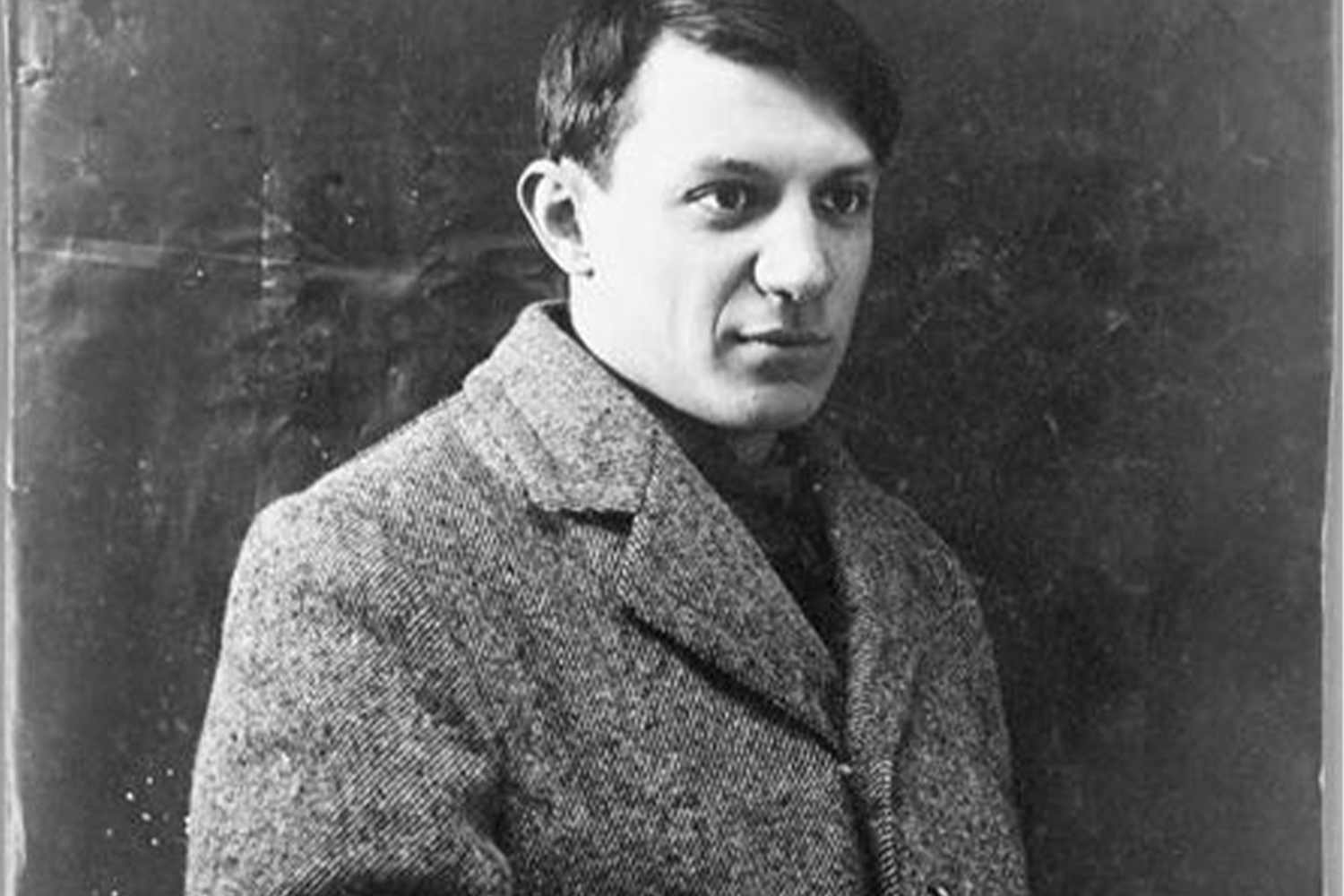 Photo (C) RMN-Grand Palais, Wikimedia Commons
Photo (C) RMN-Grand Palais, Wikimedia Commons
32. Mid-Life Crisis?
In 1935, after presumably growing tired of just being a famous painter and sculptor, a 53-year-old Picasso began writing poetry. The poems he wrote are almost all untitled and are bereft of punctuation.
The subject matter of his poetry also tended to be very intimate or even scatological in nature. Hey, when you're Pablo Picasso, you can do what you want.
33. Who Needs to Prepare for Life's End?
When Picasso's life came to an end, he did not have a completed will. This meant that his estate taxes to the French state had to be paid out through his artwork.
These paintings formed the immense collection which is still found in the Musée Picasso in Paris to this day.
34. Ladies’ Man??
Picasso was well-known for his multiple marriages, and the many affairs he had outside of said marriages. He reportedly insisted that his partners be submissive and shorter than himself (keep in mind that he was only 5'4", so that narrows things down a bit).
35. Early Romance
Despite being a model and an artist in her own right, Fernande Olivier became known mainly for her relationship with a young Picasso as he was on the cusp of fame and fortune in the 1900s. Meeting in 1904, Picasso and Olivier were living together by 1905, despite Olivier still being married (she had left her husband without ever getting a formal divorce and had changed her name to avoid him).
Olivier would become Picasso’s muse during his Rose Period.
36. Bang Bang
Picasso would reportedly carry a pistol with him—and he used it for a chilling purpose. It was loaded with blanks, and he would fire them at people who were boring or irritating him! At some point, the term “eccentric artist” stops being an acceptable term to use!
37. So Much for Romance
Fernande Olivier’s relationship with Picasso ended as Picasso’s success took off on a grand scale. He left her in 1912, without any obligation to support her since she had never been married to him.
Living in poverty, Olivier found a financial opportunity to write about her relationship with the famous Picasso, but her writing was suppressed by his lawyers.
In 1956, an elderly Olivier managed to gain a small pension from Picasso as long as she never wrote about their life together again as long as either one of them still lived.
Olivier remained faithful to her promise; her memoirs were not entirely published until both of them were no longer alive.
38. Coldly Replaced
During the WWII, a 61-year-old Picasso began an affair with the 21-year-old Francoise Gilot after first seeing her in a restaurant. This was, of course, after he discarded his brokenhearted previous mistress, Dora Maar.
39. Having Second Thoughts
Things weren’t all sunshine and flowers for Francoise Gilot during her ten-year relationship with Picasso—in fact, it was something of a nightmare. His estranged wife, Olga Khokhlova, allegedly harassed her when they saw each other in the streets of Paris. Picasso himself also physically abused her and cheated on her several times, despite the fact that she bore him two children and inspired his artwork.
40. Sounds Like a 90s Disney Film Cast
Picasso loved pets, and he owned a variety of them throughout his lifetime. Aside from the usual myriad of cats and dogs, Picasso also owned a turtle and a monkey.
41. So it Ends
On April 8, 1973, a 91-year-old Picasso was entertaining friends in Mougins. Picasso’s last words were allegedly “Drink to me, drink to my health. You know I can’t drink anymore". He succumbed to heart failure and pulmonary edema.
42. This Isn’t Working Out
Picasso's relationship with Fernande Olivier was infamously tumultuous, sometimes even escalating to physical confrontations. Things became even tenser in 1907 after Olivier adopted Raymonde, a 13-year-old girl she found in an orphanage in Paris. This arrangement lasted until Olivier discovered Picasso's “explicit drawings” of Raymonde, after which she promptly sent the girl back to the orphanage.
43. Thanks for Nothing, Pablo
Of all the women with whom Picasso had begun affairs and later discarded, Francoise Gilot would ultimately become the only woman in his life to leave him first.
Like any abusive partner, he reacted with hostility and spite, using his vast influence to undermine and suppress Gilot’s own artistic career. When she published a book about her life with him, he took it out on their children, refusing to see them again.
They were even blocked from attending his funeral by his widow, whom he had married partly out of spite towards Gilot.
44. Beloved Sister
One of the most distressing moments in Picasso's life was the loss of his sister, Conchita, in 1895. Conchita fell victim to diphtheria at the age of seven, devastating Picasso and partly inspiring what later became known as his Blue Period.
45. I Asked for a New Bike…
When Picasso was around 14 years old, his father took him to a house of ill repute so he could lose his virginity.
They would continue these trips together, which we can imagine played a profound role in his art, not to mention his future womanizing.
46. No One Suffers Like the Artist’s Relatives
According to Picasso’s granddaughter, Marina, her grandfather was a very difficult man to know, as he frequently pushed those closest to him “to despair and engulfed them". Given that one mistress, one wife, one son, and one grandson all ended up taking their own lives, while two other important women in his life “went mad,” Marina’s claim has a sinister merit behind it.
 YouTube
YouTube
47. What’s in a Name?
The influential artist we now call “Frida Kahlo” was born Magdalena Carmen Frida Kahlo y Calderón. She was born in 1907 in a village just outside Mexico City.
Her birthplace is disputed. She says she was born at home in what her family called “La Casa Azul,” or “The Blue House,” but official records say she was born nearby in her grandmother’s home.
48. Oh, Mother
Kahlo did not have an especially pleasant upbringing. Not only did she grow up with three sisters, which is enough to drive anyone crazy, but both of her parents were frequently sick. Her mother was kind and smart but she was also both religious and manipulative, which put tension on her familial relationships.
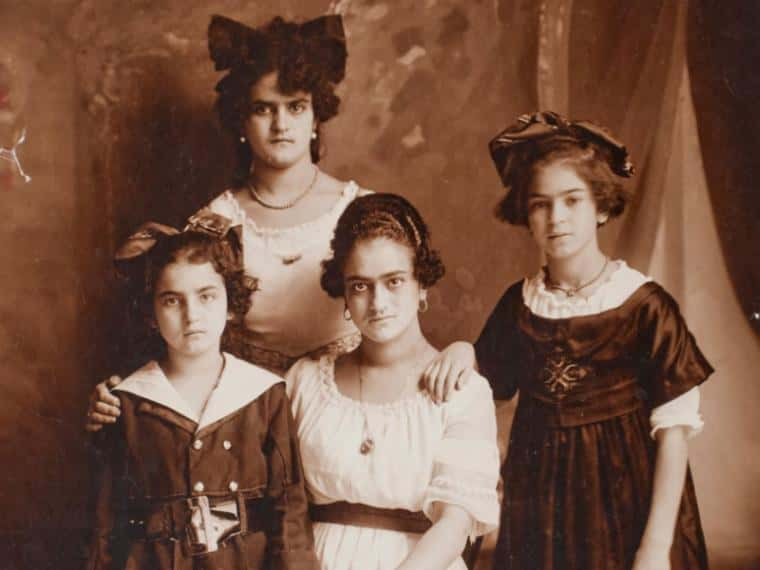 muyhistoria.es
muyhistoria.es
49. Important Independent Introvert
Kahlo’s art is especially breathtaking when you consider how much pain and suffering she went through in her life. It’s amazing we have as much work by her as we do. When the artist was only six years old, she contracted polio, causing her right leg to become shorter and thinner.
Perhaps because of her physical deformity, Kahlo was treated poorly by her classmates and she was kept away from other kids her age for months at a time.
Her distressing childhood turned her into an introverted individual.
50. Salt in the Wound
As if things couldn't get any worse—the most harrowing event of her life was yet to come. One day when Kahlo and a boyfriend were on their way home from school, their bus collided with a streetcar, resulting in the demise of several passengers.
Fortunately, Kahlo survived. Unfortunately, it took months for her to recover from her very serious injuries, isolating her again from her peers.
Not only did she displace three vertebrae and fracture her legs, ribs, and collarbone in the accident, but an iron handrail also penetrated her, causing her pelvic bone to fracture.
51. Silver Linings
Kahlo’s run-in with the streetcar, to put it softly, put a damper on the young girl’s life. She had to give up dreams of becoming a doctor and she spent the rest of her life in constant pain. As she recovered, though, she rediscovered art and started doing medical illustrations with an easel that was specially designed to fit over her bed.
52. I’m 29… Again
If you lie about your age, there’s no need to be ashamed of it, because so did Frida Kahlo. She wanted her classmates to accept her as a “daughter of the revolution” so she lied and said she was three years younger than she really was. Even after she finished school she maintained the lie.
 The Daily Rantings of a Stoic - WordPress
The Daily Rantings of a Stoic - WordPress
53. Prince Not-Always Charming
Picture it: a celebrated muralist who isn’t like other men. He’s big and strong, but he doesn’t buy into traditional Mexican ideas about masculinity, where women are dominated by men. Most importantly, he’s filthy rich and can pay for all those expensive medical bills you’ve been racking up. Who wouldn’t want to marry into that? Diego Rivera was Kahlo’s one husband in life, but he had a darker side as well.

54. Dark Secrets Revealed
Rivera was a self-confessed womanizer and already had two common-law wives at the time of their marriage.
Kahlo’s mother rejected the marriage and it ended up being quite turbulent at times.
55. Step Aside, Mister
When Kahlo first moved to the United States she was still shy, introverted, and perhaps unsure of herself as an artist. She only introduced herself as the wife of Rivera, not an artist in her own right.
Later, when the couple moved to Detroit, Kahlo was a lot more confident. She started speaking with the press and showing off her mastery of the English language.
She was even so bold as to claim that, between her and her husband, she was the greater artist.
56. Another One Bites the Dust
Although Kahlo never had children, she was pregnant more than once. The strong female artist was never sure about having a child of her own and her pregnancies resulted in an abortion and a miscarriage. Shortly after her baby was lost to miscarriage, her mother also departed this life, making for an uncomfortable time away from Mexico for Kahlo.
57. Small, Symbolic, and Silent
The most famous Frida Kahlo self-portrait is entitled “Self-Portrait with Thorn Necklace and Hummingbird". The content of the picture is exactly that, Frida Kahlo with butterflies in her hair, a monkey and a cat on her shoulder, and a thorn necklace with a hummingbird. The painting is quite small but incorporates many of Kahlo’s usual symbolisms and interests.
In the portrait, her neck is slightly bleeding and she patiently endures the pain.
58. Youch, That Hurts
In the last 14 years of her life, Kahlo was increasingly isolated as her existing illnesses got worse and new ones piled up. She succumbed to a depression following her father's passing. She was treated for syphilis. She had a worsening infection on her hand. At different times, she had to wear 28 different corsets made of everything from plaster to leather to steel.
These weren't the provocative type of corset, though, these were corrective corsets for her spinal condition.
59. To Exist and to Cease Existing
It is reported that Kahlo was born and also took her last breath in the same building. Rivera later donated the Casa Azul building to be used as The Frida Kahlo Museum and it is still home to the urn that contains her ashes.
60. Pain and Portraits
In total, Kahlo went through 30 surgeries for her various ailments. One of the worst was the amputation of her foot because it had developed gangrene. She depicted the fragility of her body and her frustrations towards it in a few of her self-portraits.
61. Rainbow Colored Glasses
Frida Kahlo had an attraction towards both genders and has been depicted in photos dressed in men’s clothing. She was truly a painter ahead of her time in many ways, including her openness about her sexuality.
On the list of famous women she had affairs with was Josephine Baker, the vaudeville dancer.
62. That Place is a Zoo. Literally!
Kahlo’s household collected some seriously strange and exotic animals, including an ancient Aztec dog breed, two spider monkeys, a parrot, and an eagle.
63. Ol’ Unfaithful
The bond between Frida and Diego was one marked by many infidelities on both sides of the marriage.
The tipping point, though, was when Rivera had an affair with Kahlo’s younger sister. Kahlo left Rivera’s household and considered leaving him entirely, but eventually, she forgave them and moved back. That didn’t stop the affairs for either of them, though, and eventually, it was Rivera who requested a divorce.
Despite their divorce in 1939, their relationship endured intermittently until her passing, with his name often featuring in her diary entries towards the later stages of her existence.
Rivera asserted that the day Kahlo ceased to be was the most horrible day of his life, and his own life ended three years after her.
64. Claim to Fame
Named Michelangelo Merisi of Caravaggio at birth, the painter was the first child of Fermo Merisi and his second wife, Lucia Aratori.
His name suggests that he was born on September 29, the feast day of the Archangel Michael, in 1571. Even so, Caravaggio achieved one-name fame, and we tend to know him by the name of his hometown.
65. Words to Live by
True to his tormented artist persona, Caravaggio was always getting into trouble.
He kept company with some pretty wild men, including Onorio Longhi, who was so temperamental his biographer once said he had a "head that smoked". The angry young men lived by the motto “nec spe, nec metu,” which means “without hope, without fear".
66. A Series of Unfortunate Events
In 1576, Caravaggio's family was living in Milan when the bubonic plague broke out.
They tried to evade the disease by moving back to their hometown, but they couldn't escape their dark fate. A year later, the plague claimed the lives of Caravaggio's father, grandfather, grandmother, and uncle, all when he was only six years old. His mother departed this life a few years later, in 1584.
Suddenly, Caravaggio had lost almost his entire family.
67. Burn Bright
Caravaggio only lived to the age of 38, yet in this short time, he created many masterpieces.
68. The Ugly Truth
Although other artists also employed realism in their paintings, Caravaggio’s brand of realism made many people uncomfortable. He left out no detail and wasn't afraid to show dirt, grime, bruises, and pocks.
Quite a few times, his unhappy patrons sent back the paintings they had commissioned and asked him to redo them.
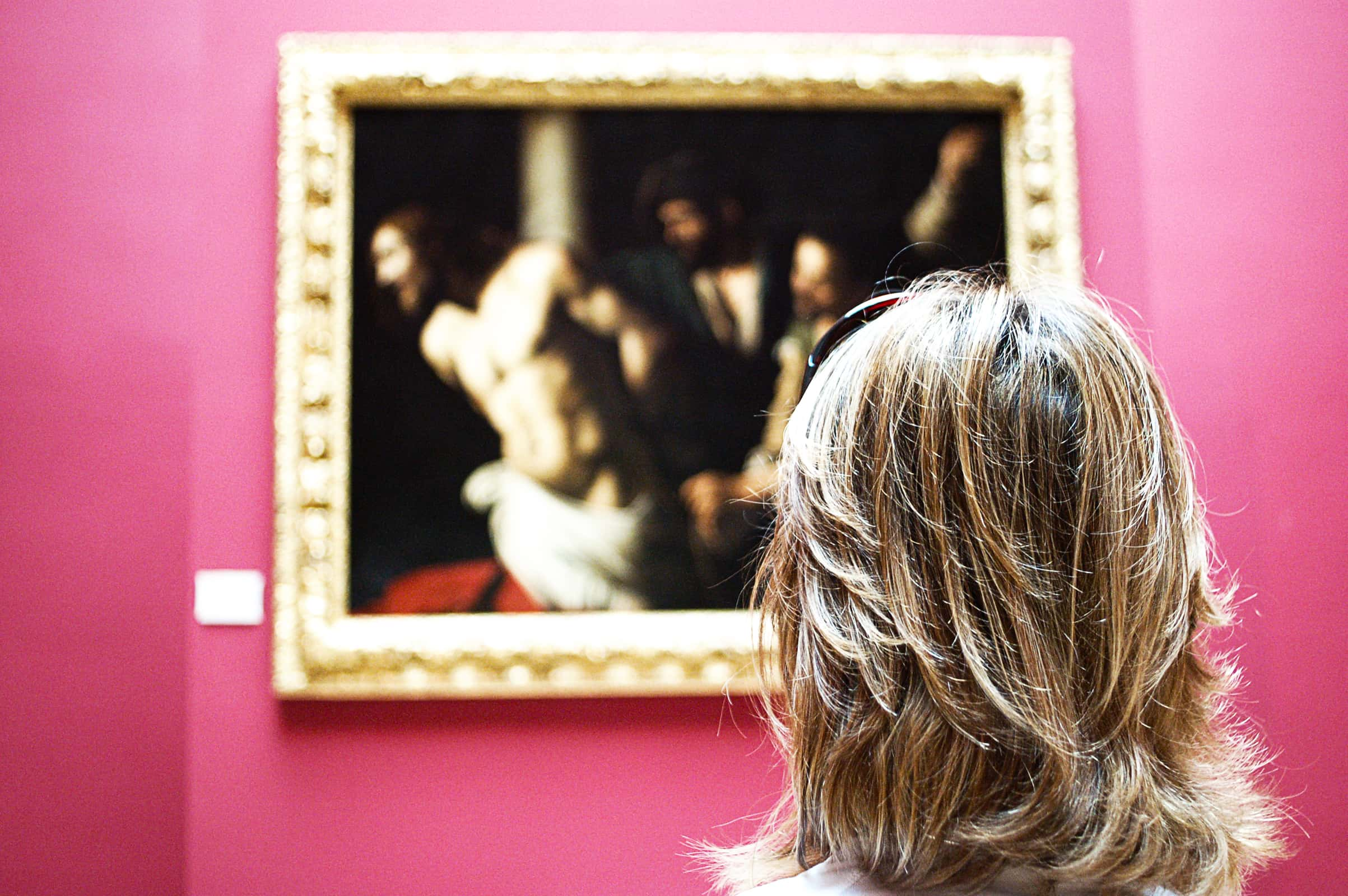 Flickr
Flickr
69. Stick 'Em With the Pointy End
Caravaggio didn't spend all his time growing weak behind the canvas; he was also a master swordsman and an expert dueller.
70. Sensitive Soul
If anyone even slightly criticized one of Caravaggio's paintings, he was known to rip them up in anguish.
71. Ciao Milan
In 1592, Caravaggio fled Milan under dark and violent circumstances. While proof is minimal, historians theorize that he engaged in a conflict with a law enforcement officer, potentially injuring or possibly causing his demise. Understandably, the volatile artist had to get the heck out of dodge as fast as he could, and he sought safe haven in Rome.
72. Roman Salad
Once Caravaggio fled Milan for Rome, his nightmare was just beginning. He arrived "unclad and extraordinarily destitute" with nowhere to call home and barely any cash to his name. For a short period, he worked for a priest of St. Peter’s Church, Pandolfo Pucci, whom he called “Monsignor Insalata,” or Mr. Salad, because that's all the miser gave him to eat.
73. Erratic Outbursts
Especially during his wild last years, Caravaggio developed some extremely disturbing habits. He was continually paranoid that his enemies were chasing him, and took to sleeping armed and in full armor. Even his good friend Mario Minniti once described him as "extremely crazy". Hey, what are friends for, right?
74. Famous and Fabulous
Caravaggio gained renown for his ability to paint masterpieces directly onto his canvas without making any preparatory drawings, leading many to call him an artistic visionary. During the height of his career, he earned the title of “the most famous painter in Rome".
75. So Long Cesari
According to lore, Caravaggio's split from his master Cesari was explosive and dramatic. They allegedly had a nasty argument that ended with Caravaggio getting kicked by a horse and ending up in the hospital for a short while. Sounds like a pleasant man, this Cesari fellow.
Then again, it's not like Caravaggio was an angel...
76. Pre-Beliebers
During Caravaggio's time, his fans and followers were so wild about him that they even had a name for themselves: “Carravagisti".
77. Model Behavior
Does it surprise you to know Caravaggio mixed business with pleasure? He frequently painted his friend Cecco di Caravaggio, a handsome young man and painter himself, and the two may have been lovers. The famed artist didn't discriminate, though.
He also enjoyed the company of many female courtesans, including another one of his subjects, the dark-eyed beauty Feillide Melandroni.
78. Fatal Error
In May 1606, the hot-headed Caravaggio committed an utterly unforgivable act. While living in Rome, he got into an argument with a young man named Ranuccio Tomassoni and ended up in duel.
Caravaggio was terrifyingly good at swordplay—too good, in fact. He pummeled Tomassoni and hit him in the thigh, leading to his demise.
79. I'll Arti-Choke You
In one of his more bizarre tantrums, Caravaggio angrily threw an artichoke into a waiter's face. That'll show him!
80. Dial M for Fatal Deed
Following Tomassoni's demise, Caravaggio was abruptly sought as a murderer.
He fled the city, and Rome outlawed him from its limits, giving him a capital sentence in absentia. This meant that anyone in the papal states could now claim a reward for ending Caravaggio's life. Not exactly the best situation for the paranoid painter to be in.
81. Unfair Hit
The act committed against Tomassoni was dreadful enough, but Caravaggio may have had even more sinister intentions beyond causing his demise. Because the artist struck his victim in the thigh, some historians believe he was actually mercilessly targeting the man's intimate regions. Indeed, Caravaggio made a failed castration attempt resulting in the accidental termination of a man's life.
History: You can't make this stuff up.
82. Chivalry Is No More
By 1608, Caravaggio was working for the powerful Knights of Malta. Now, you may think this cushy job meant Caravaggio left his troubled past behind him, but you'd be so, so wrong. That summer, Caravaggio had yet another fight—this time with one of the knights. Not a wise decision, and his employers promptly tossed the self-destructive madman into their most fortified detention center.
83. The Great Escape
You have to hand it to Caravaggio, though, the man was nothing if not resourceful. Believe it or not, he managed to break free from his confinement, a feat many thought was impossible. Somehow, he slipped past the guard, climbed the ramparts, and heaved himself down into a waiting boat below.
It might be cliched, but it’s true: Where there’s a will, there’s a way!
84.Gone to Me
When Caravaggio managed to flee his upscale captivity, the Knights of Malta incinerated his effigy, asserting that he was “expelled and propelled away like a rotten and diseased limb from our Order and Society". Err.
..I guess they didn’t want him back then.
85. Final Clash
By 1609, Caravaggio's dark past came back to haunt him. In October of that year, one of his numerous adversaries—probably from the Knights of Malta—tried to fatally harm the artist in Naples, resulting in his brutal disfigurement. His facial wounds were so intense that many people in Rome received news that he was no longer among the living.
86. Heads up, I'm Sorry
While Caravaggio was recovering from his wounds, he painted possibly his most famous work, Salome with the Head of John the Baptist (Madrid). In the work, Caravaggio literally offers up a depiction of his severed head on a platter, mirroring his own real-life contrition. He later sent it to the Knights of Malta as a macabre apology.
87. This Is the End
In the summer of 1610, the itinerant artist set out for Rome, hoping to land on another stroke of good luck. Sadly, he was doomed to a heartbreaking end. He never even made it to the capital, and unexpectedly and mysteriously met his end in Porto Ercole, Tuscany.
88. Rumors
For years, people debated about what caused the demise of the great Caravaggio. He had a fever when he passed on, but the hard-living artist could have been dealing with any number of ailments, from malaria to syphilis—not to mention his many violent adversaries. But in 2010, we finally got answers.
Tests of his remains suggest that he likely succumbed to injuries sustained in (what else)? a brawl.
89. Color Me Mad
Some historians argue that Caravaggio's volatile behavior has a chilling explanation. According to experts, his aggression and mental instability may have been caused by exposure to lead, which often induces these erratic symptoms.
After all, lead was a common ingredient in paints at the time.
90. Prolific Painter
Vincent van Gogh is one of the most prolific painters of all time. Despite only beginning to paint in his late 20s and producing the majority of his work during the final two years of his life, van Gogh produced an amazing 900 paintings in a 10-year career.
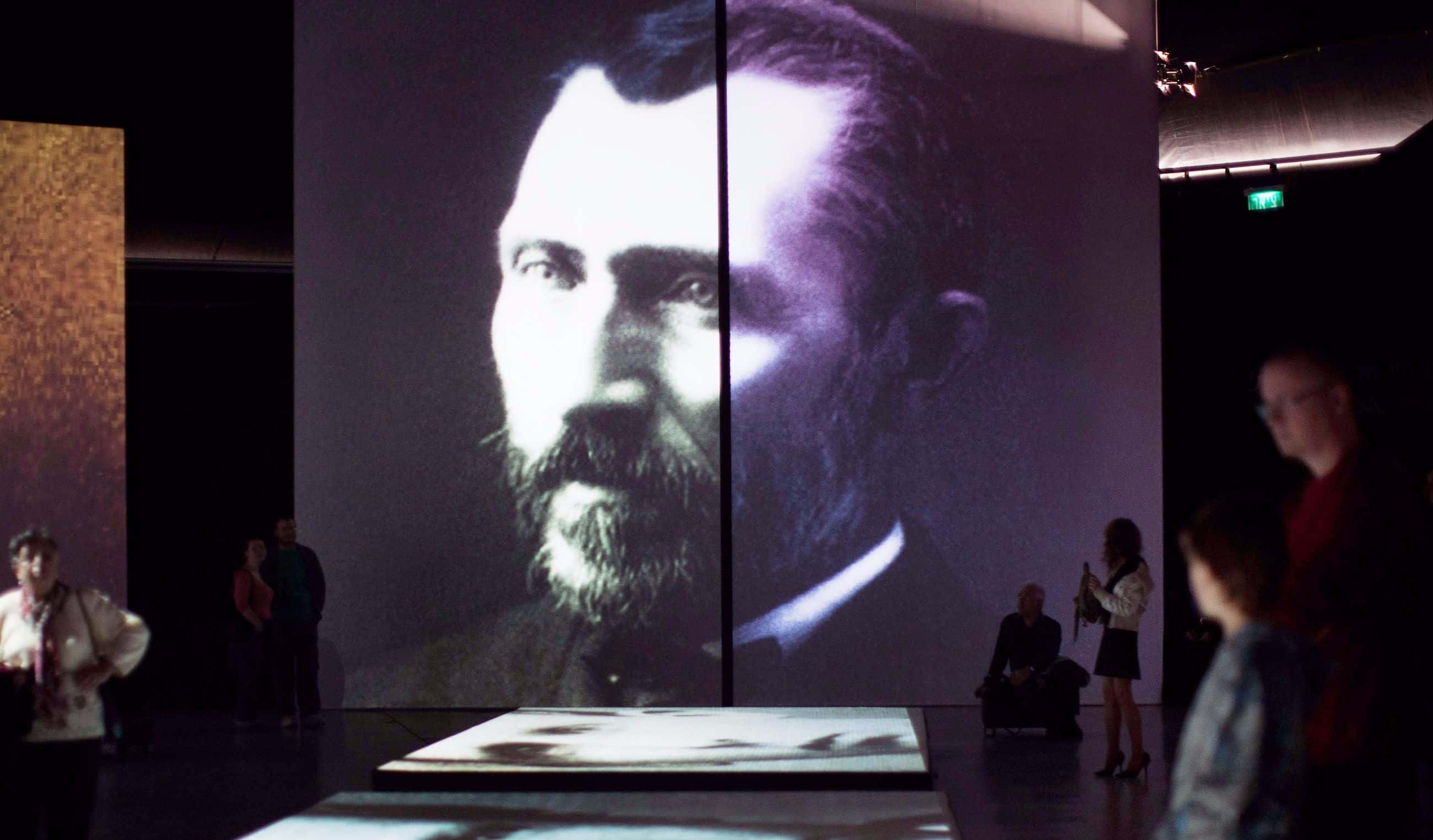
91. Starry Night
One of van Gogh’s most famous paintings, “Starry Night” was painted during the artist’s stint in a French insane asylum, while he was suffering from a psychotic episode.
92. Secret Provenance
In 1908, a Norwegian industrialist bought what he believed to be a van Gogh landscape painting entitled “Sunset at Montmajour". He proudly displayed it at his home, until the French Ambassador to Sweden visited him and informed him that it probably wasn’t a real van Gogh, after which the industrialist ashamedly placed it in the home’s attic—he'd never know it, but he was making a terrible mistake.
The painting wasn’t rediscovered until the 1990s, after which a lengthy investigation concluded in 2013 that the work was by van Gogh, after all.
93. These Boots Were Made for Walking
Van Gogh was a lifelong walker, often hiking extremely long distances in very short periods of time.
It is reported that he once walked over 100 miles in three days—a distance of almost four marathons—in a journey to visit his sister in Ramsgate, England. It's unsurprising then, that van Gogh decided to immortalize his rather tattered boots in a painting.
94. Not Everyone Was a Fan
Van Gogh painted a portrait of the doctor who treated him after the painter had famously cut off his own ear.
The painting, “Portrait of Dr. Felix Rey,” was given to Dr. Rey, who was reportedly not very fond of it. The doctor later used the painting to repair a chicken coop and then gave it away. The portrait is now estimated to be worth $50 million. You can’t please everyone!
95. Whistling Past the Graveyard
Van Gogh grew up in the small town of Zundert, Netherlands.
While growing up, van Gogh frequently walked past the town's graveyard, which contained a gravestone inscribed with his own name - the resting place of his older brother, who did not survive infancy. The painter was born exactly one year to the day after his older brother.
If that won't mess you up as a kid, I don't know what will!
96. Eternity's Gate
One of van Gogh’s final paintings entitled “At Eternity’s Gate” portrays an old man sitting in a chair, slumped over and despondently cradling his face in his hands. The painting was made approximately two months before van Gogh's tragic incident, during a time when he was recovering from a significant decline in his health.
One art historian says an examination of this piece and others produced around this time display unmistakable signs of his depression and mental collapse that were otherwise rare in his work.
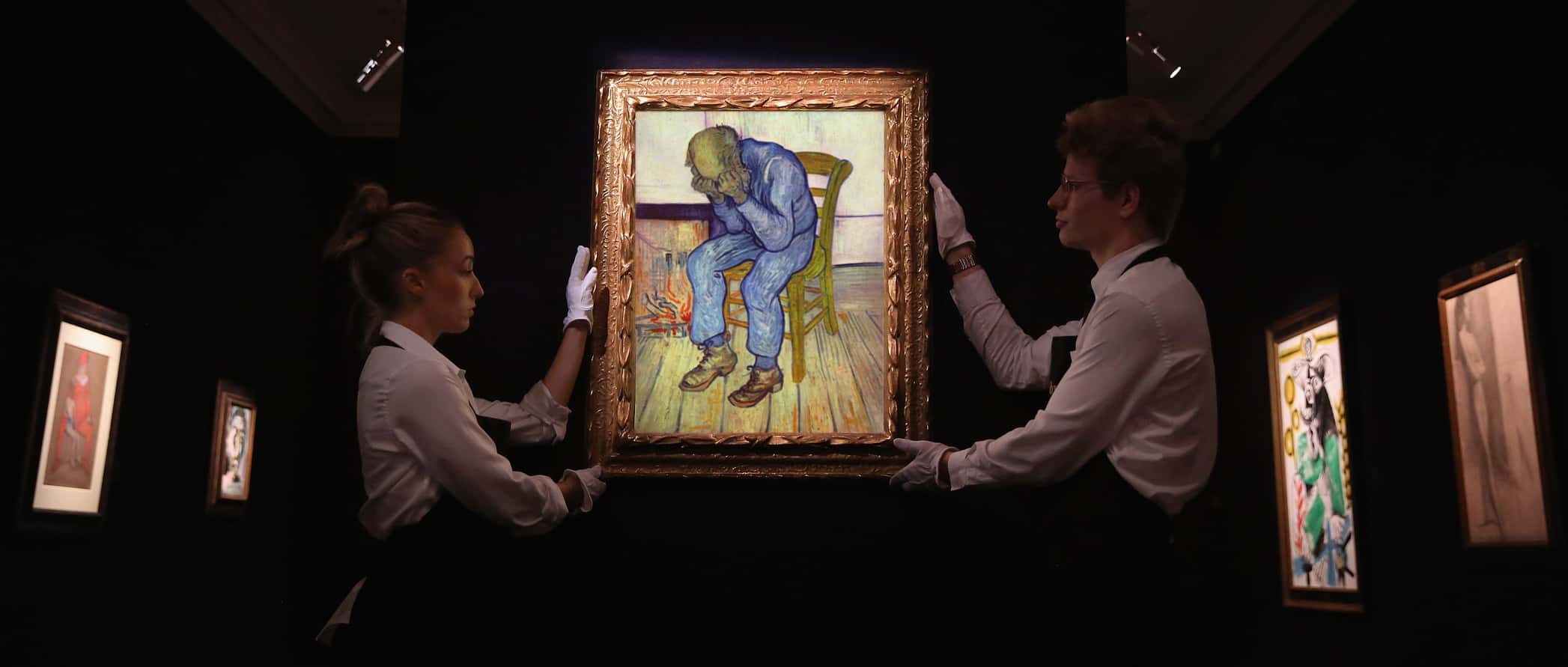
97. Bad Getaway
In 1991, 20 van Gogh paintings were stolen from the Van Gogh Museum in the Netherlands. The thieves were thwarted, however, within 35 minutes of making their escape, after their getaway vehicle got a flat tire and they were forced to abandon the paintings in their car and flee on foot!
All four thieves, including a security guard at the museum, were subsequently apprehended.
98.Other Reasons Besides The Green Fairy Drink
Van Gogh was infamous for his consumption of a highly alcoholic, anise-flavored spirit, wildly popular in the 19th century. Some believe that van Gogh's frequent indulgence in a particular intense beverage worsened his battles with mental illness, leading to the hallucinations that resulted in his untimely demise.
99. Companionship
Van Gogh created several pieces featuring his mistress, Sien Hoornik, a destitute alcoholic who worked in the adult industry, over a two-year period at the beginning of his artistic career. Hoornik was pregnant and had a young child when van Gogh met her and he took her and her family into his home and provided for them, asking her to model for his artwork in exchange.
100. Bad Romance
Van Gogh’s relationship with Hoornik was the only domestic relationship the painter ever had in his life—but it was doomed to a heartbreaking end. van Gogh’s family did not accept the couple’s relationship and it caused significant tensions between them. After several years, van Gogh left Hoornik and moved at his brother’s urging.
101. Appropriate Title
Van Gogh actually only sold a single painting in his life, an oil painting called "The Red Vineyard at Arles" that he sold to a Belgian collector for 400 francs ($1,000 today). The painting was later bought by a Russian collector and ended up in the Pushkin Museum of Fine Arts in Moscow after the Bolshevik government nationalized the collector’s art collection following the Russian Revolution.
102. At the Beach
Van Gogh was notorious for painting his landscapes en plein air, as in outdoors. The evidence of this is literally contained in some of his paintings!
For instance, his famous 1888 painting “Fishing Boats At Sea” contains tiny grains of sand in the layers of paint that likely blew around when he was painting the seascape.
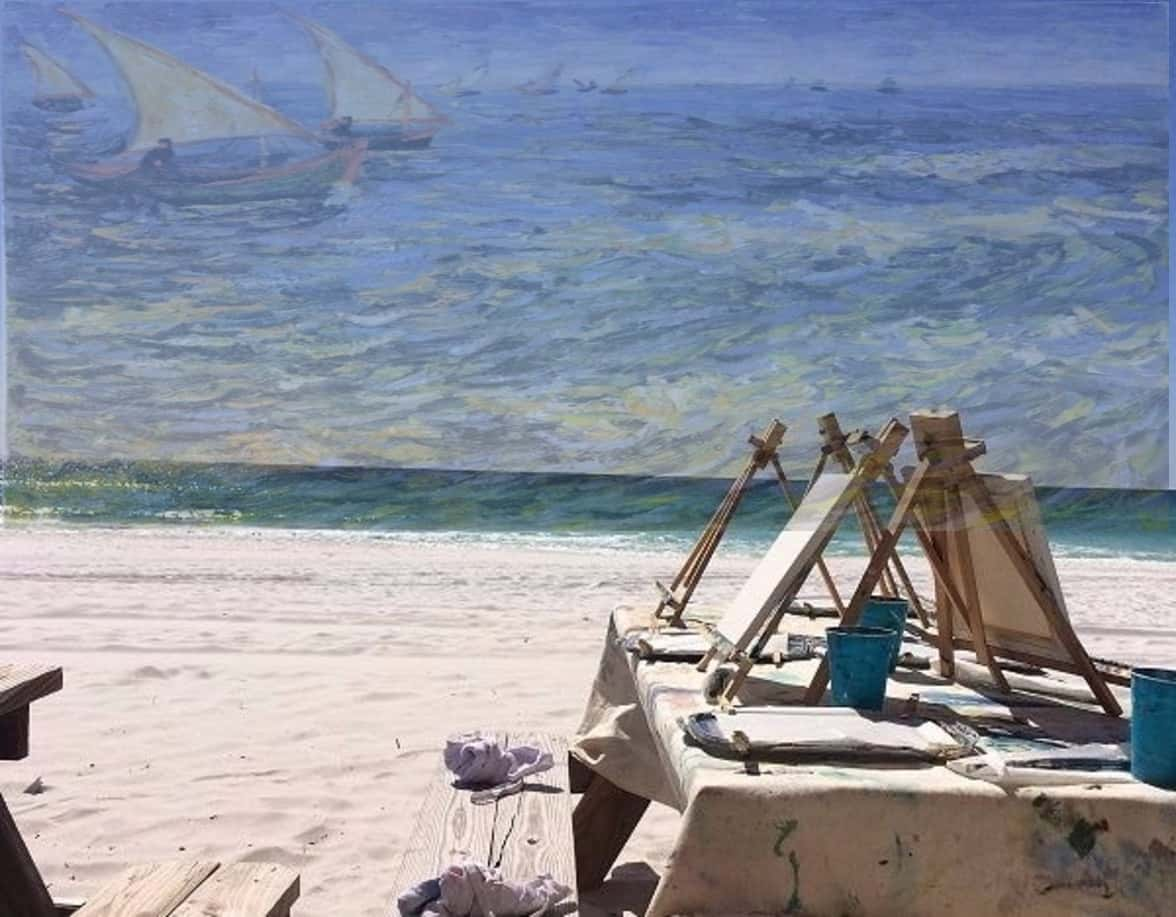
103. All in the Family
Van Gogh was enamored with his cousin and relentlessly pursued her, even proposing marriage to her, to which she replied “No, nay, never". A simple no would have sufficed.
..
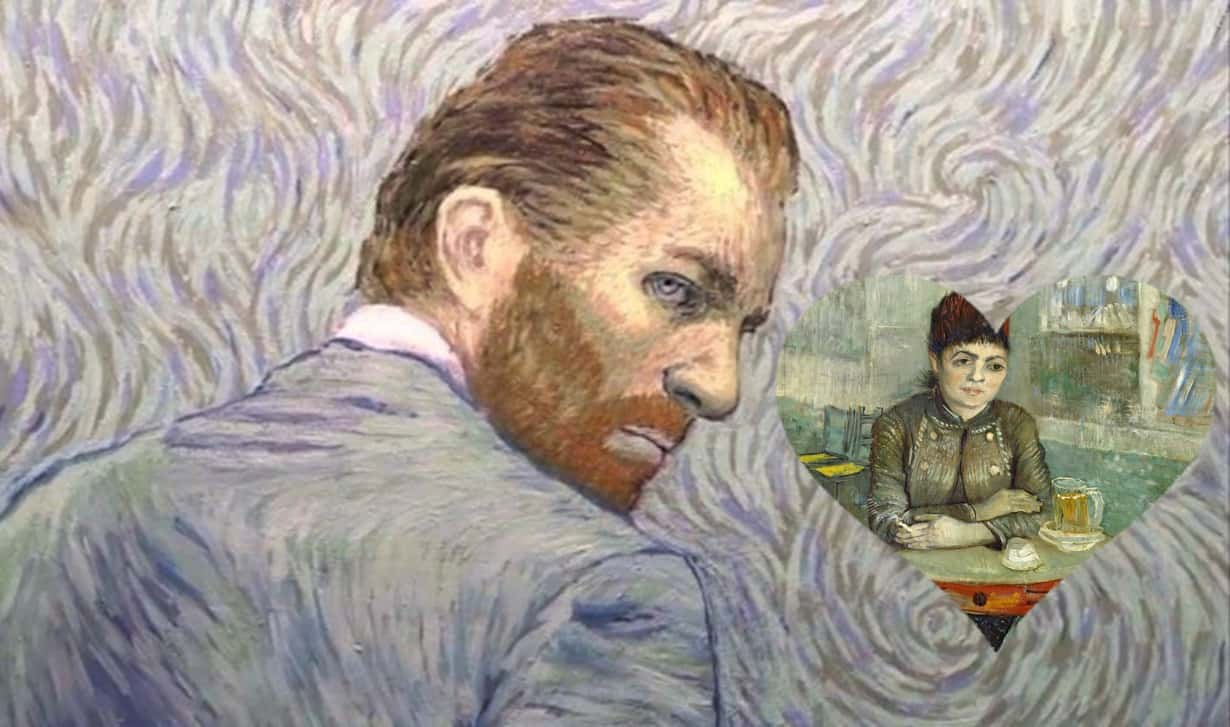
104. End of life
At the age of 37, Van Gogh shot himself in the chest with a revolver. With the projectile still embedded in his body, he managed to walk into town. There he was attended by two doctors who cared for the injured painter, however, they could not extract the projectile as there was no surgeon present.
The doctors allowed van Gogh to remain in his room, indulging in his pipe.
The next morning van Gogh’s body began to break down, ravaged by an untreated infection. He departed this life in the early hours of the following day.
105. Final Words
Van Gogh’s last words were “The sadness will last forever". Ouch.
106. Late Discovery
The weapon that van Gogh used to end his own life wasn't discovered by law enforcement or anyone else when he was fatally injured. Then, in 1960, a farmer tilling his land stumbled upon an ancient, corroded firearm partially concealed by the grass. It was later identified as the weapon that van Gogh used.
The firearm is now on public display in the Van Gogh Museum in Amsterdam.
107. Unfortunate Choice
The pistol that Van Gogh used to end his own life was a small pocket revolver known as a pistolet à broche. According to experts, it was about as ill-suited a choice for carrying out such a tragic act as one could have.
The pistol wasn't regarded earnestly as a lethal weapon and was typically utilized by shopkeepers aiming to deter thieves.
This might elucidate why he perished from an infection 30 hours after a self-inflicted injury, attributed more to the metal object lodged in his chest rather than the injury itself.
108. All Ears
The famed tale of Van Gogh's notorious ear cutting is that he severed his own ear and offered the bundled-up body part to a woman of the night following a dispute with his friend and flatmate, the artist Paul Gaugin. However, some scholars suggest an ever darker theory.
109. Un-Fond Memory
Jeanne Louise Calment was a French woman who became one of the oldest people to ever live, dying at the age of 122 in 1997.
One of her most significant early memories was selling canvases to van Gogh in her father’s shop in Arles, France. She had some kind words for him, saying, “He was ugly as sin, had a vile temper and smelled of booze".
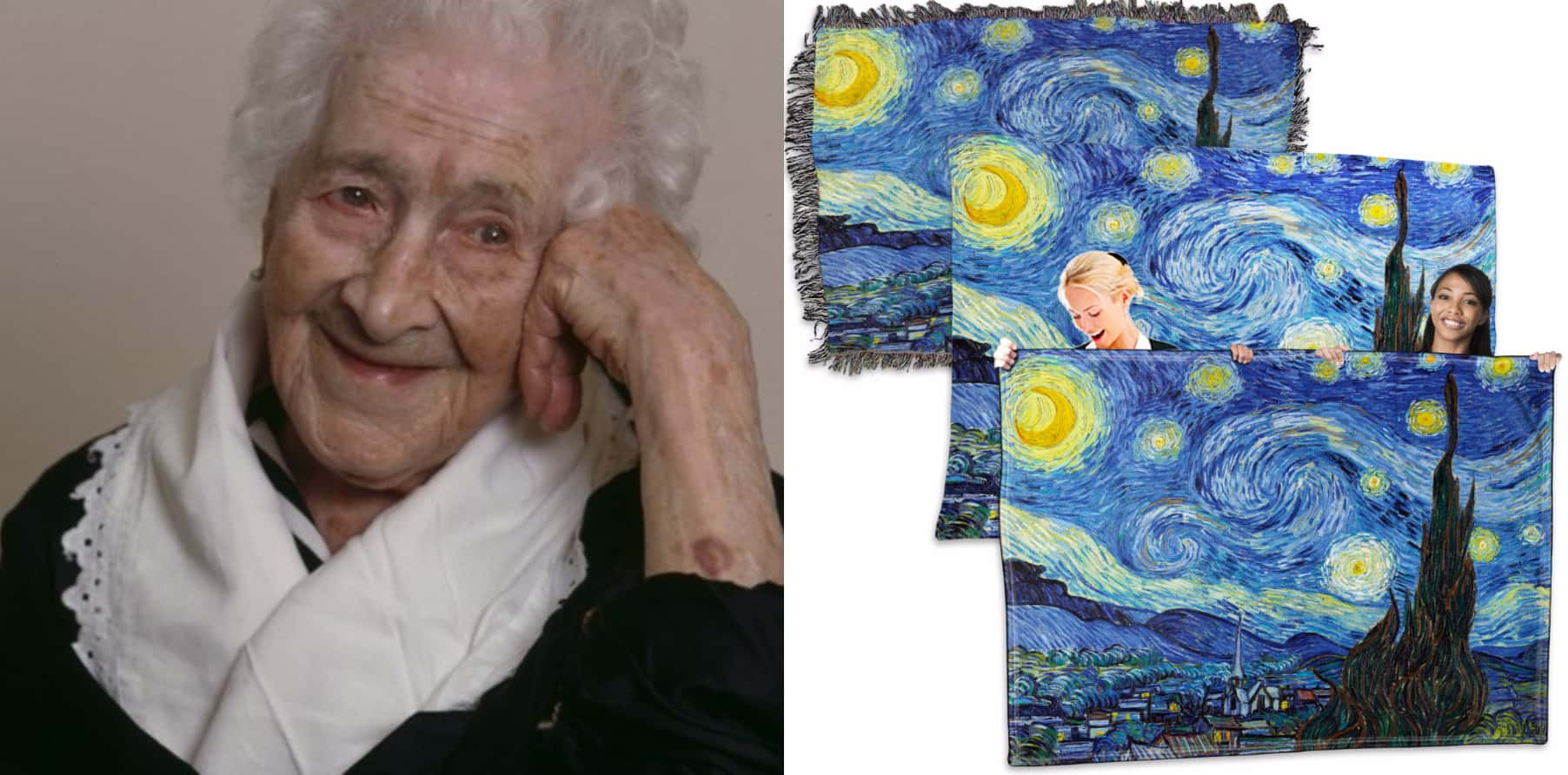
110. Alternative Theories
Certain evidence implies that van Gogh might not have deliberately planned his own demise, but rather, could have been the unwitting victim of harmful mischief caused by some irresponsible teenagers.
While this theory has been treated with skepticism, some Van Gogh experts believe that it is a plausible account.


